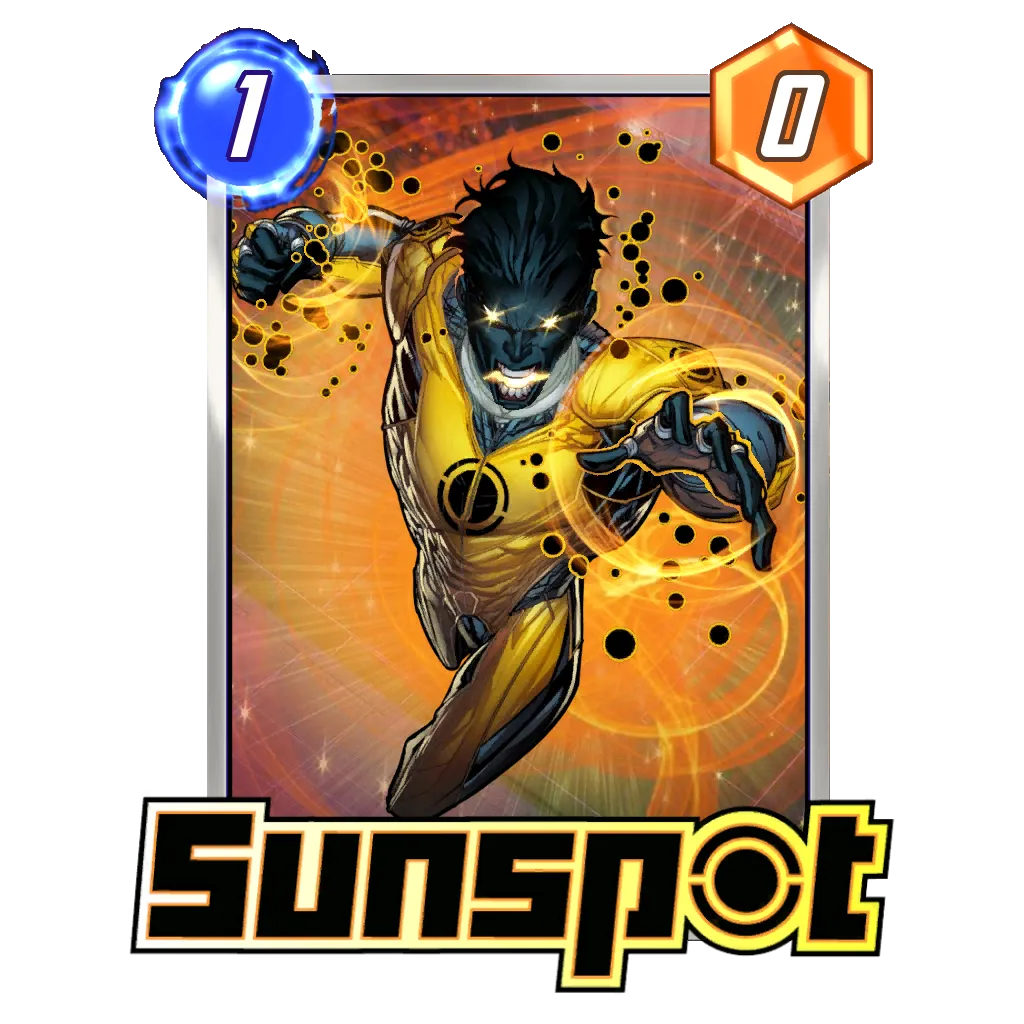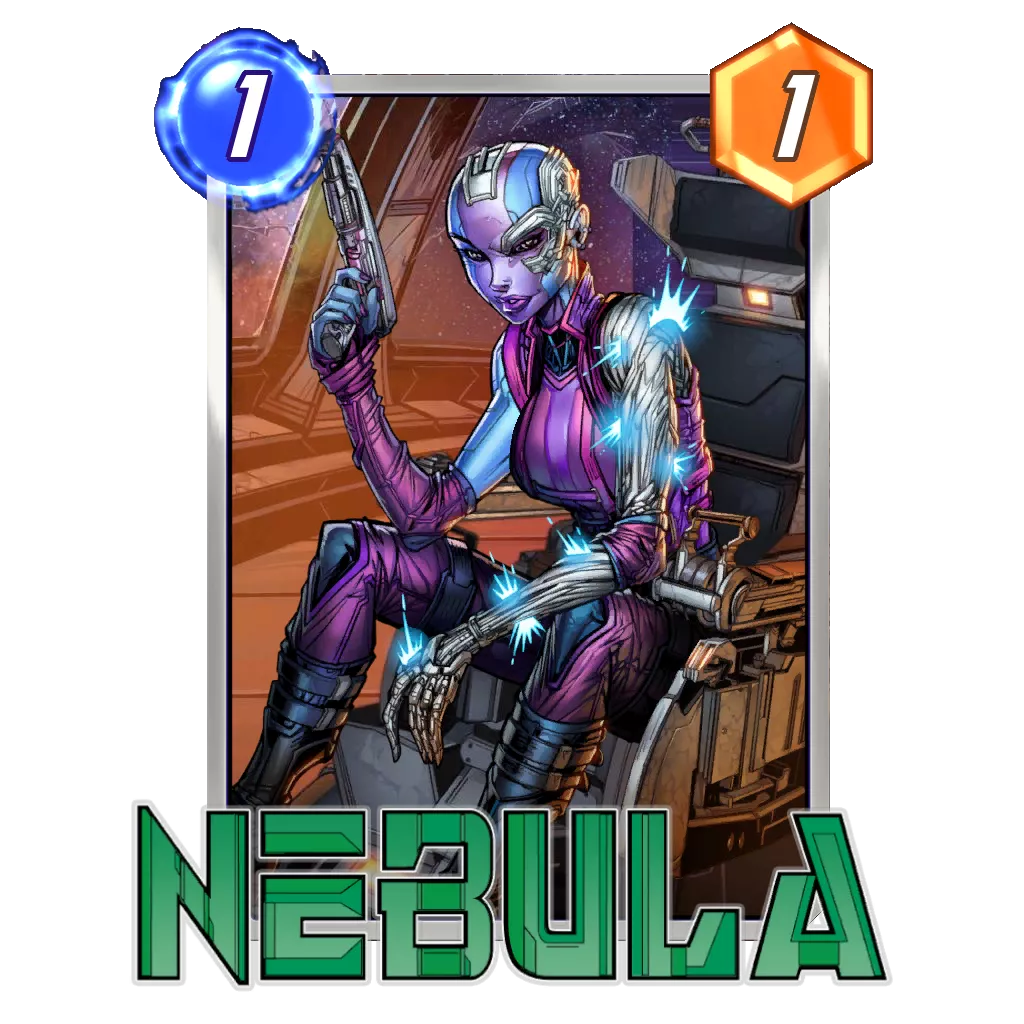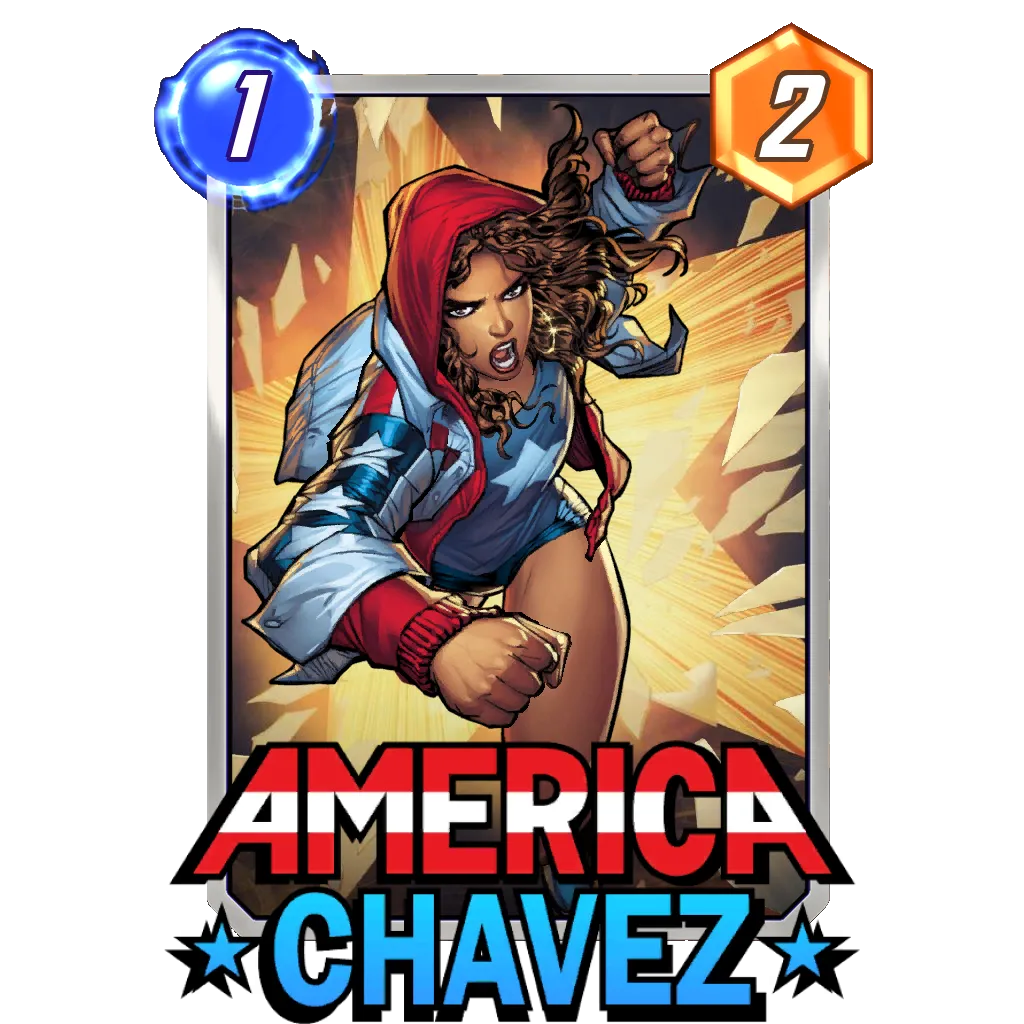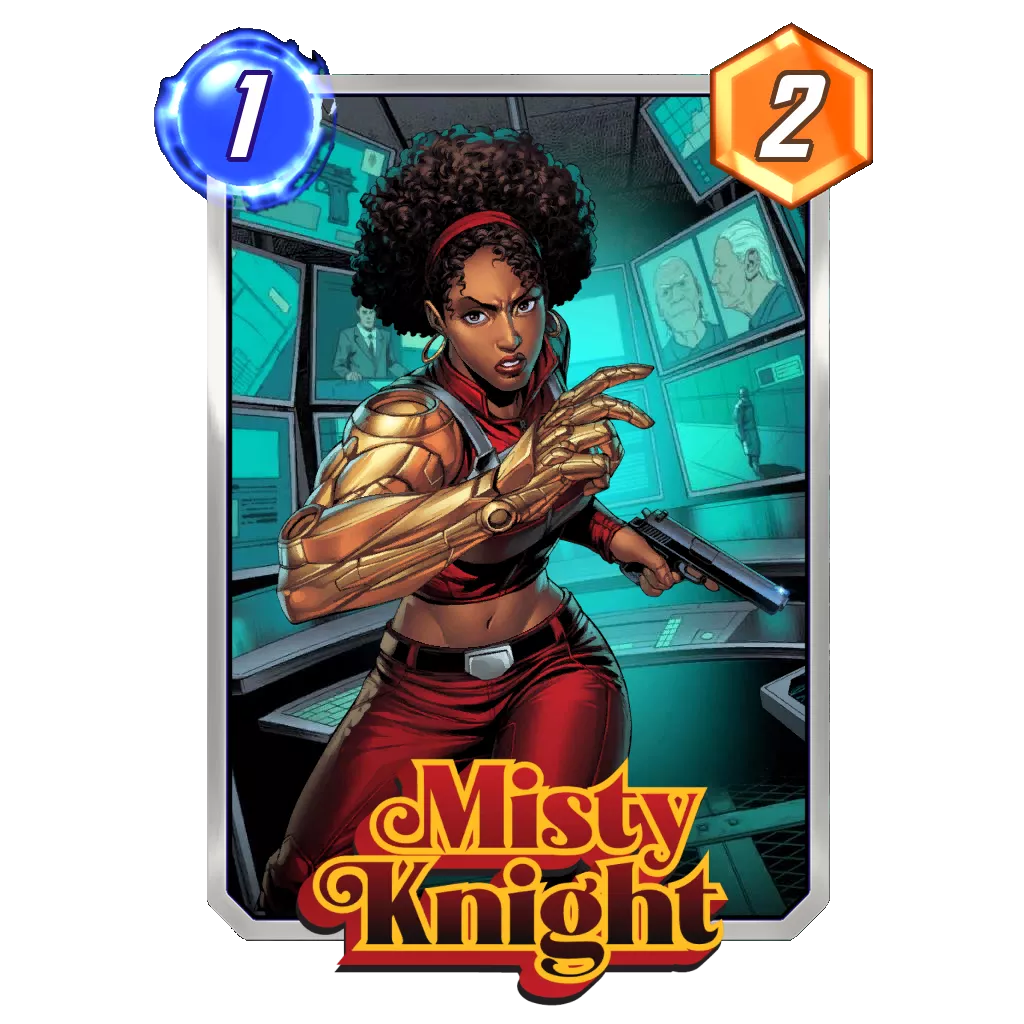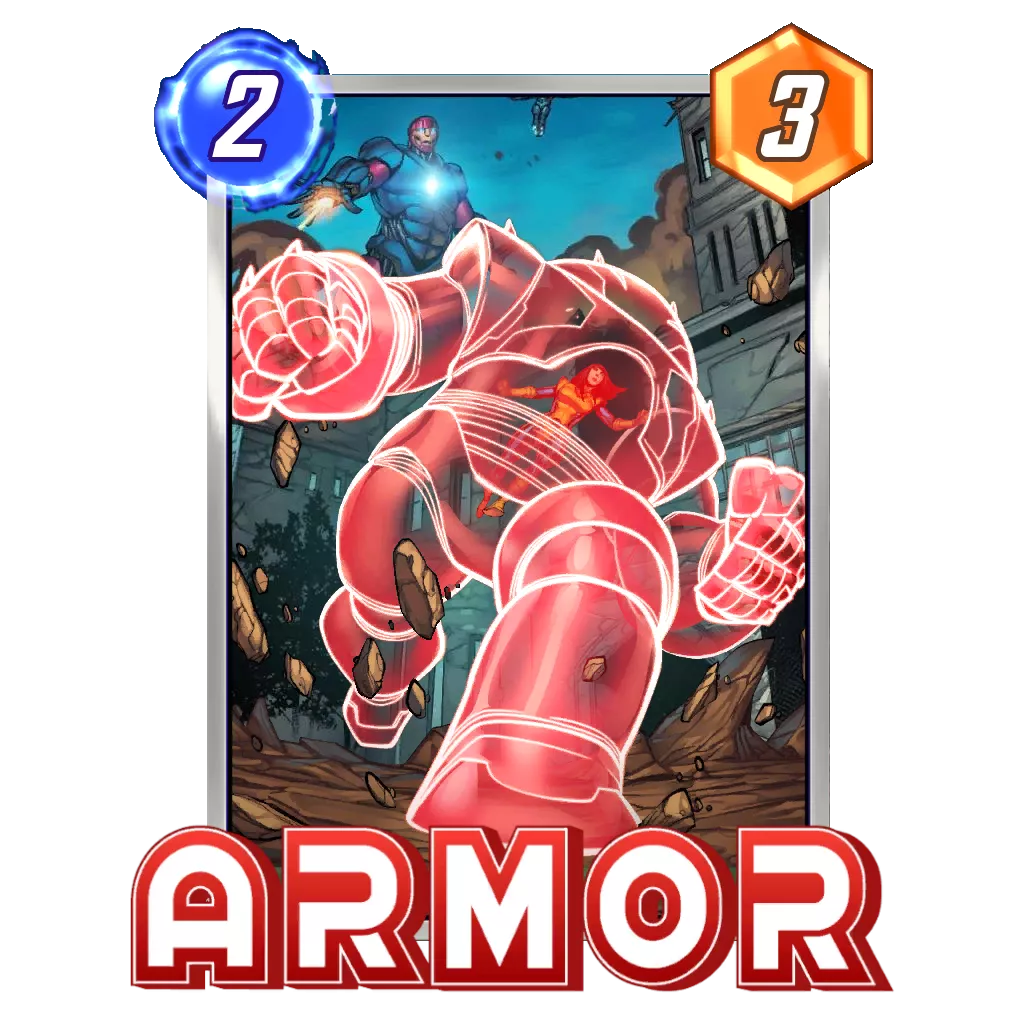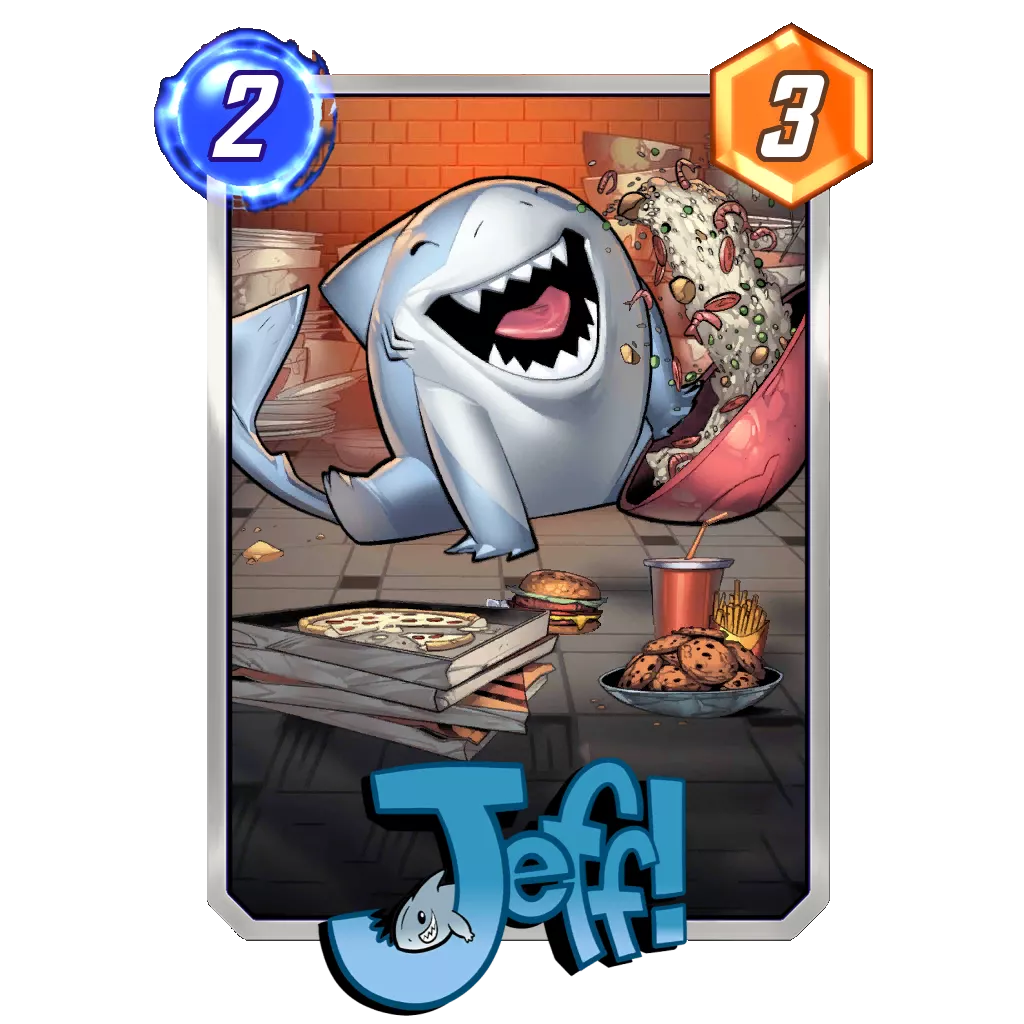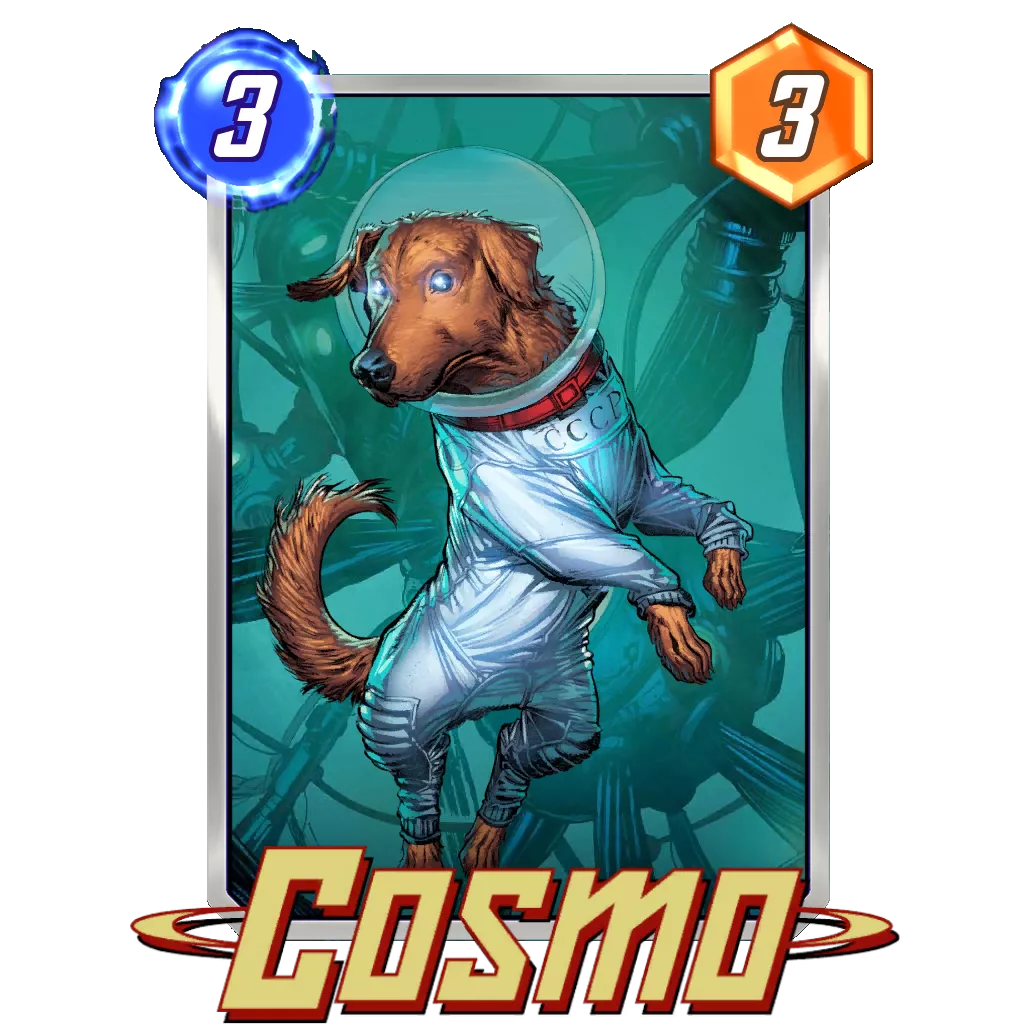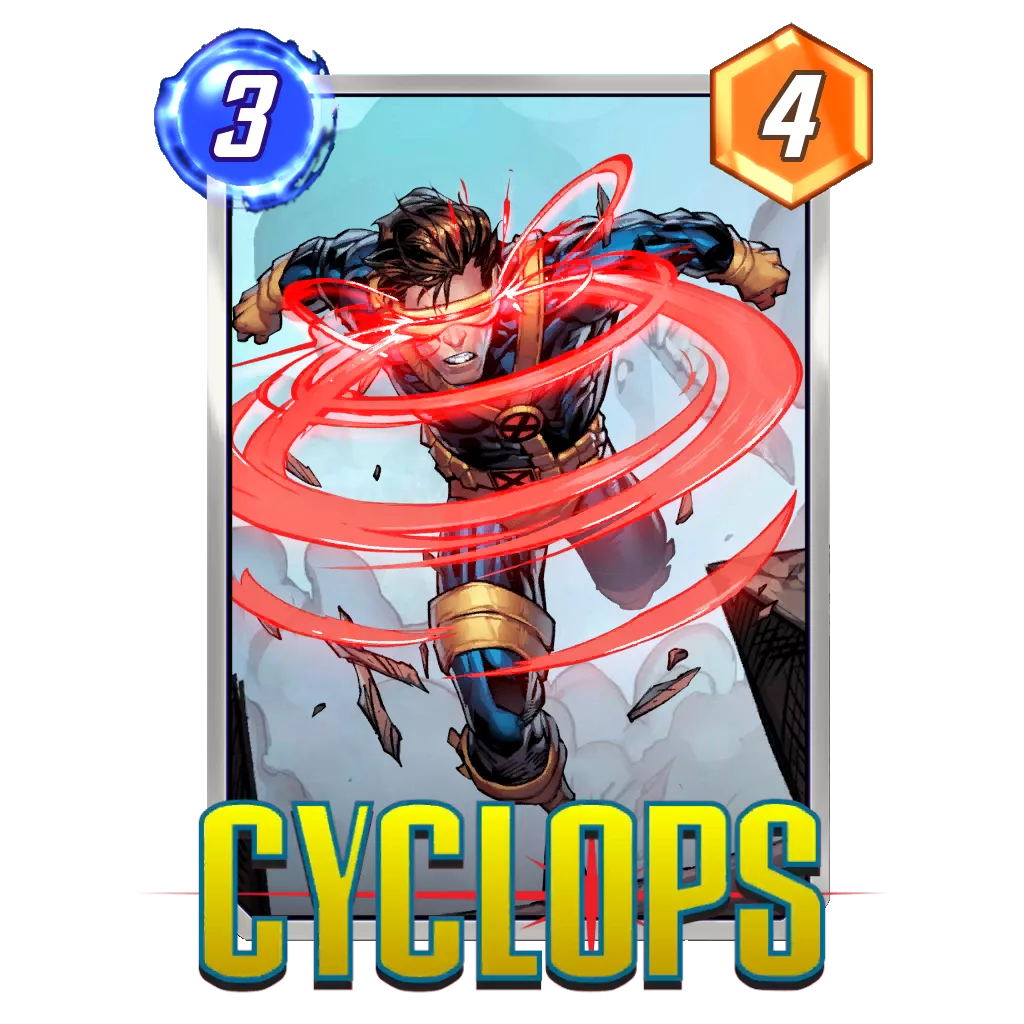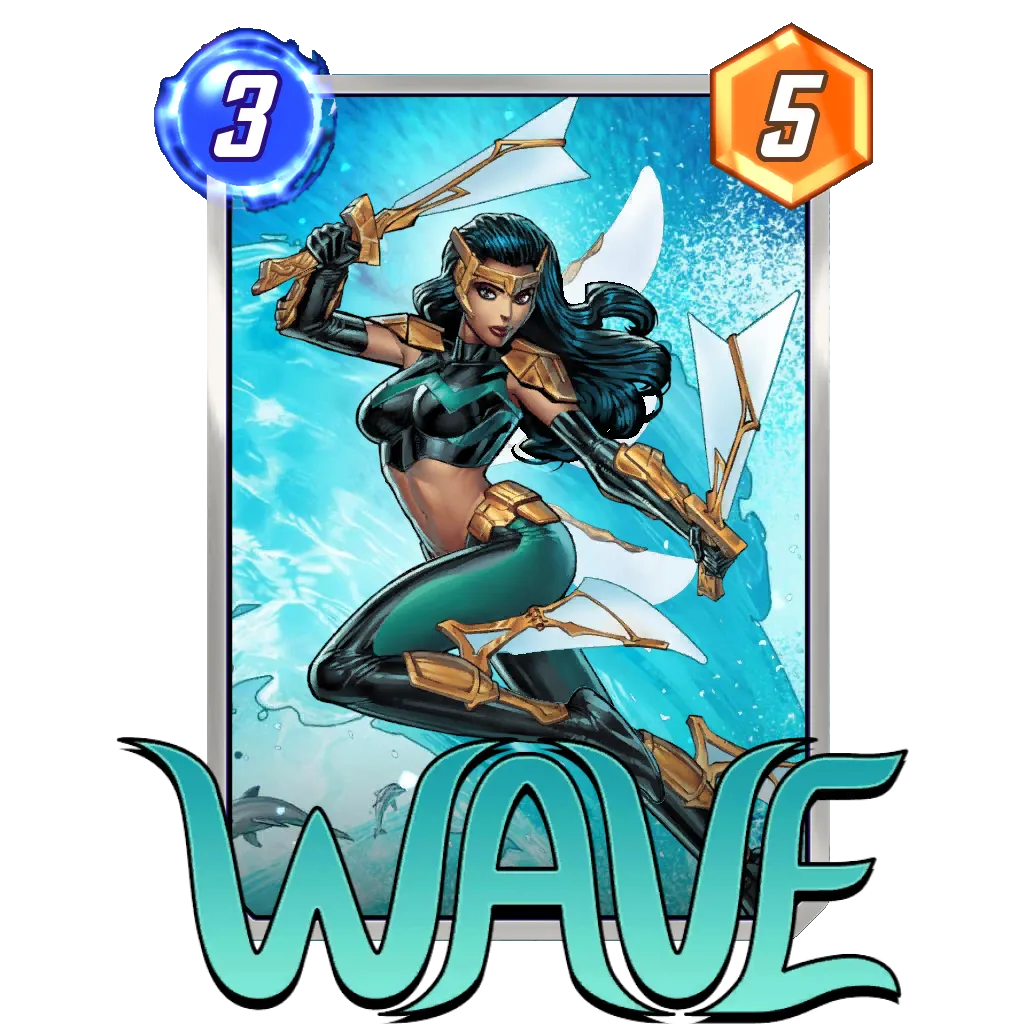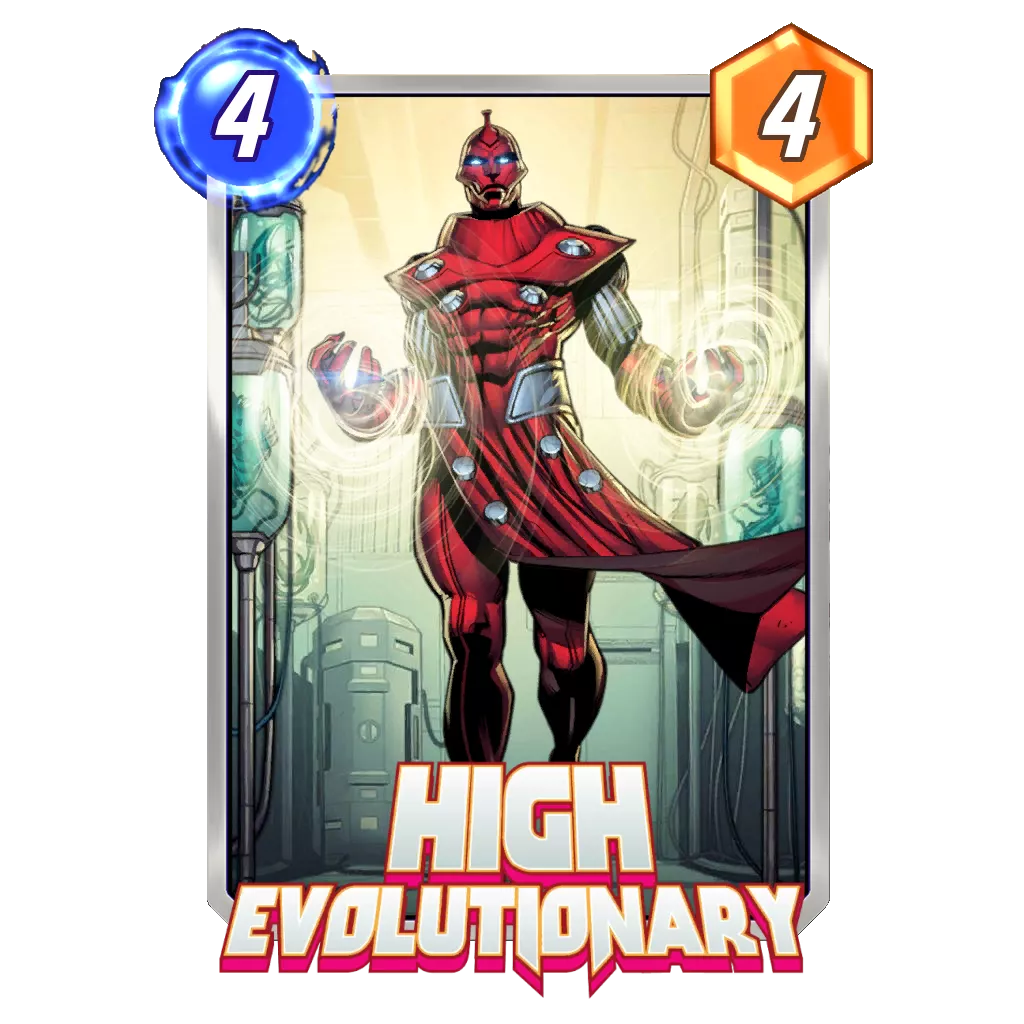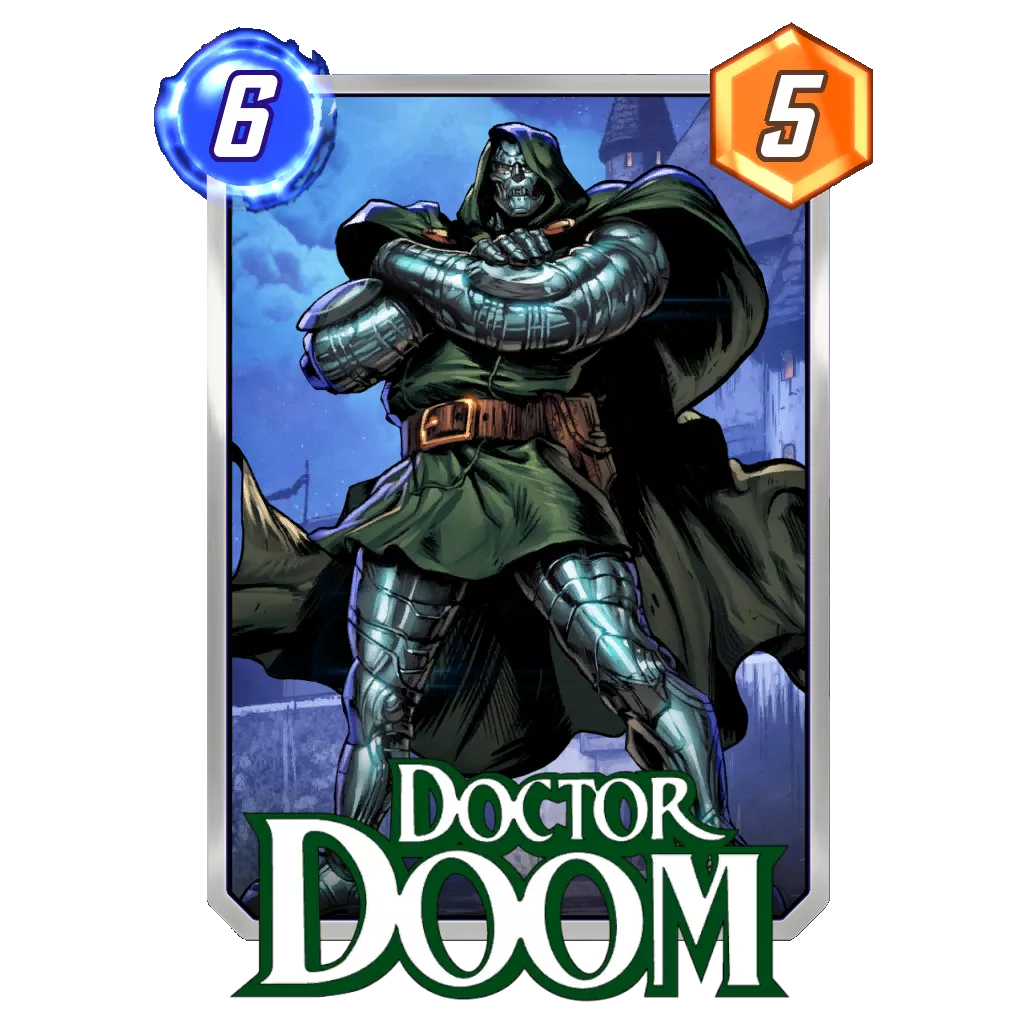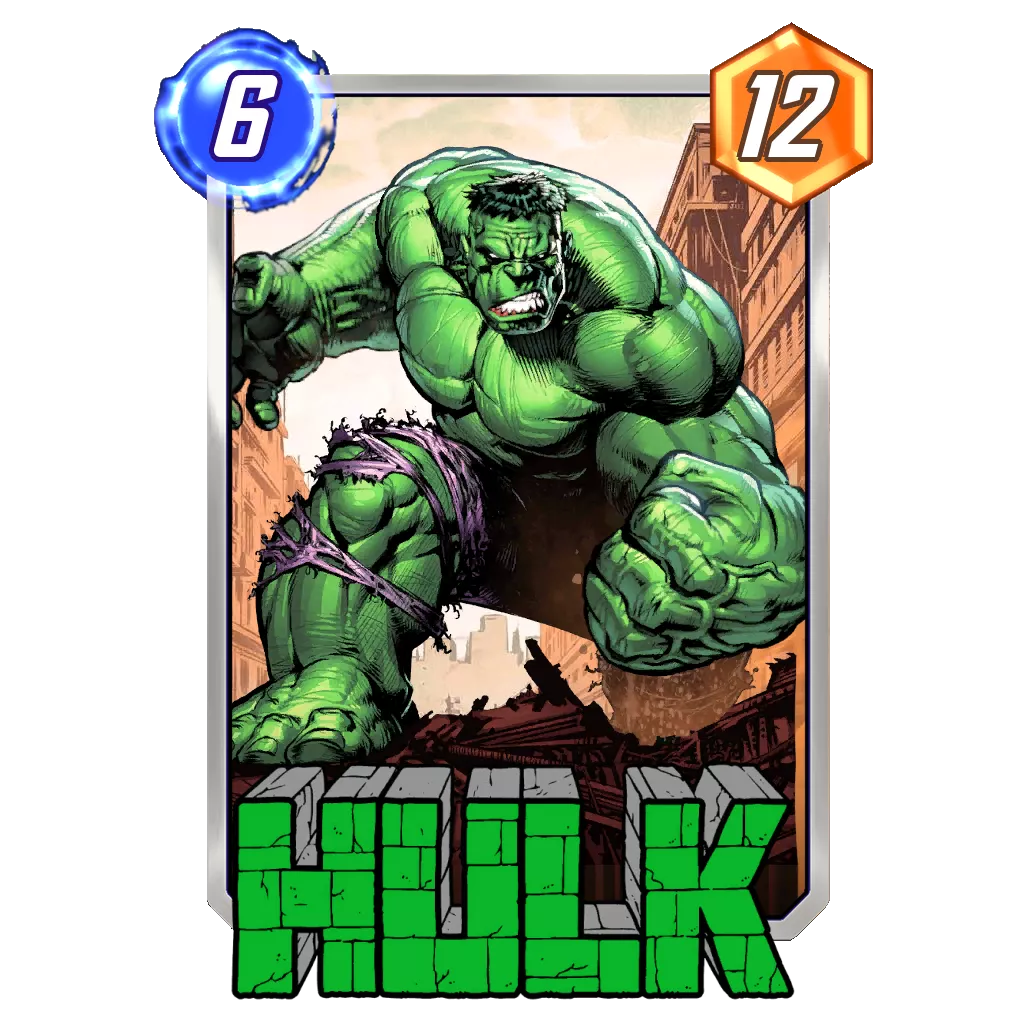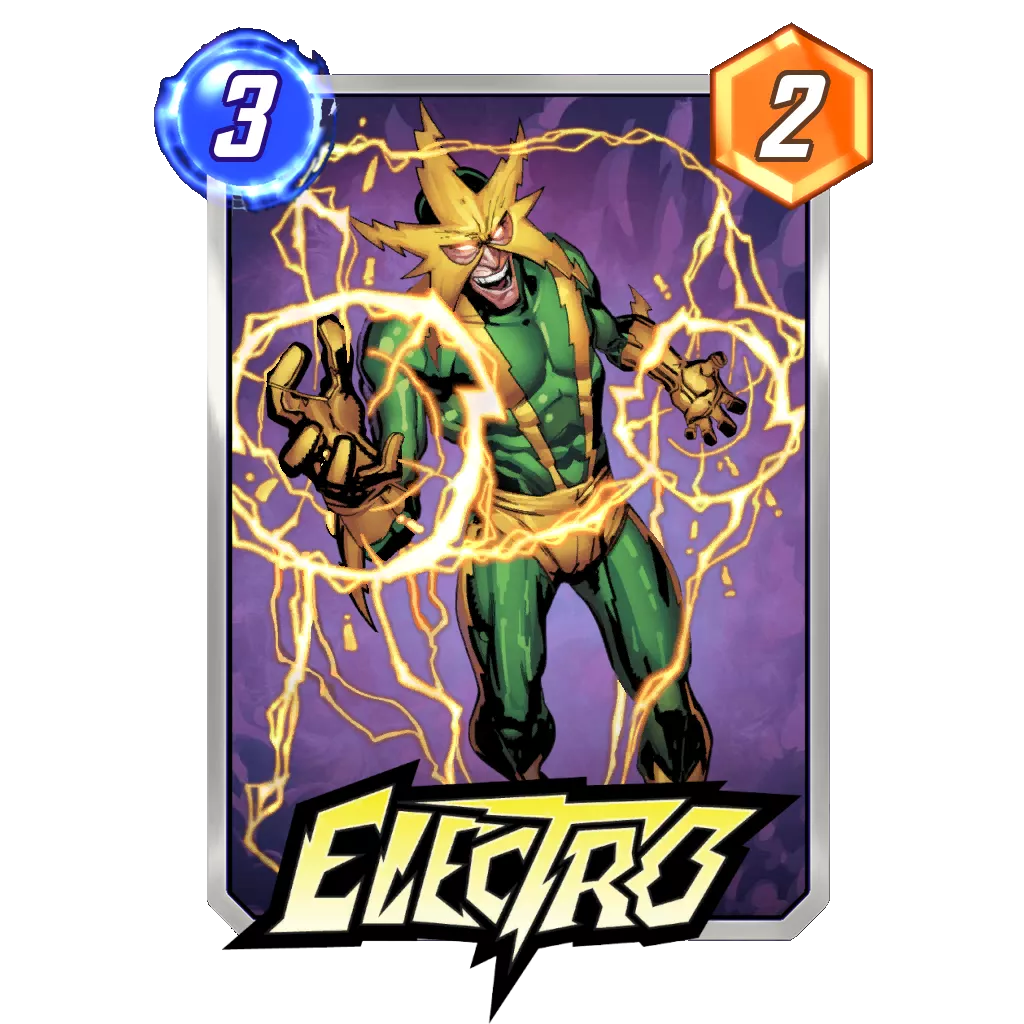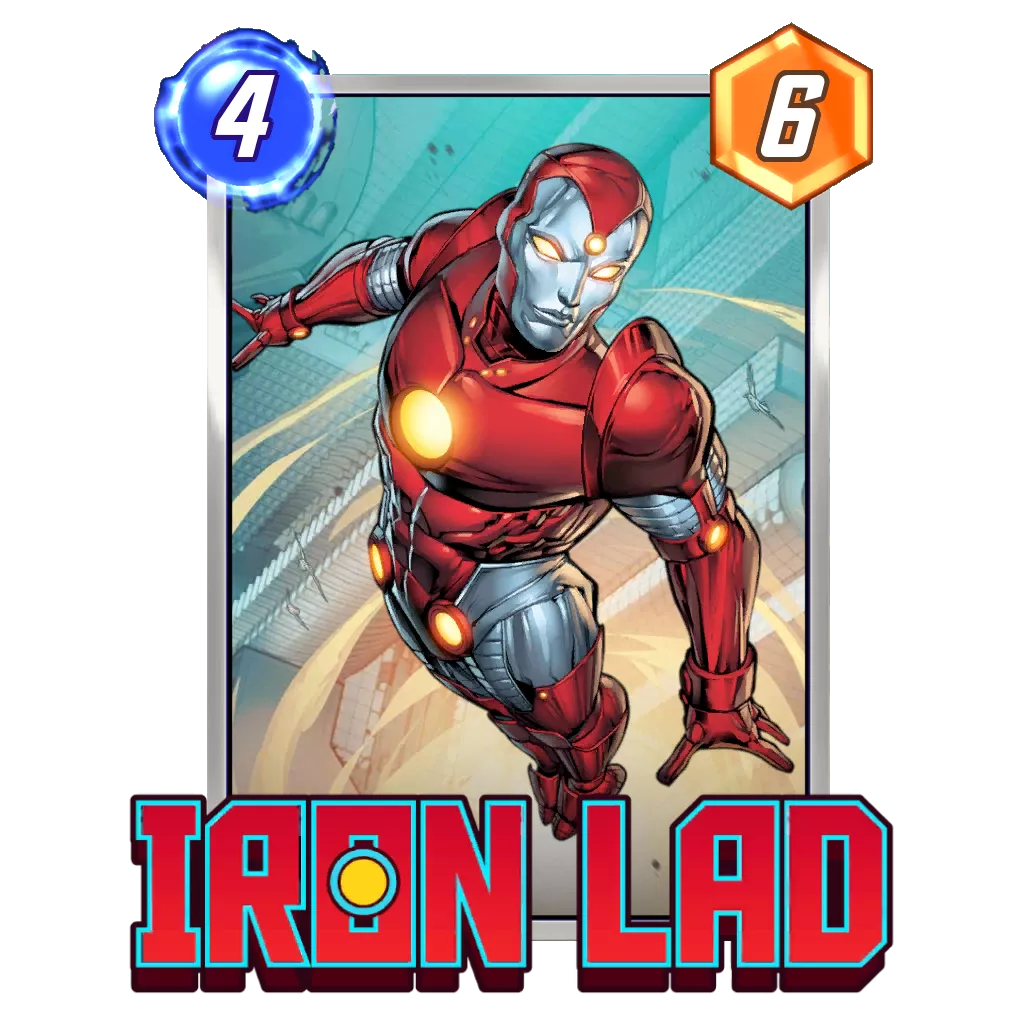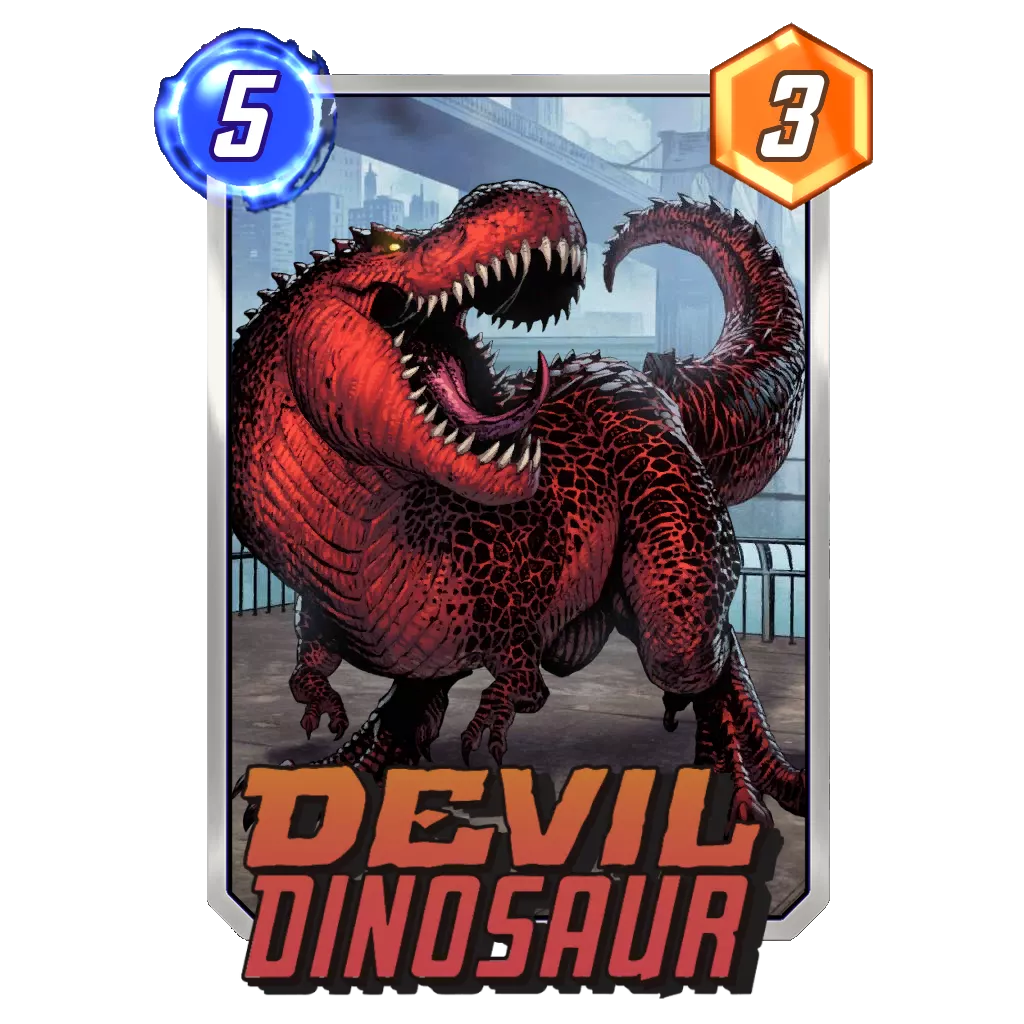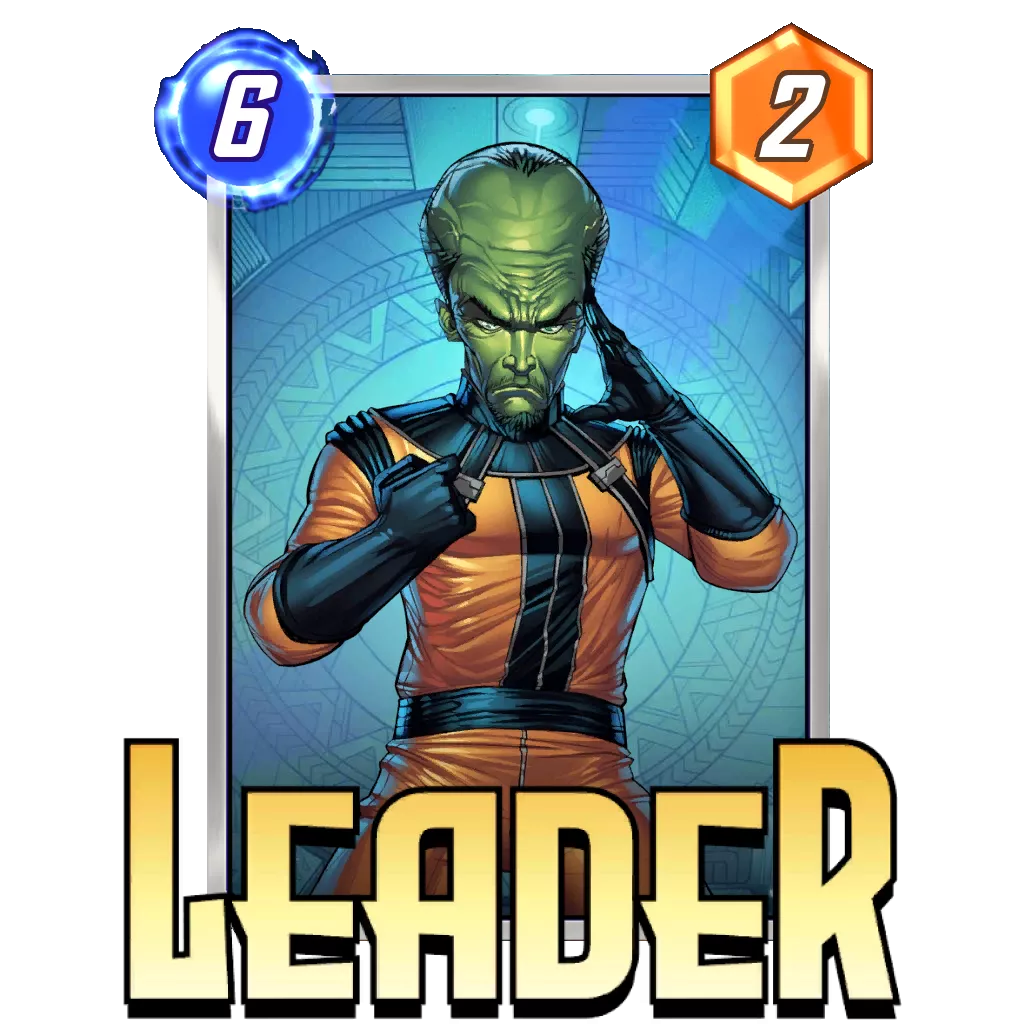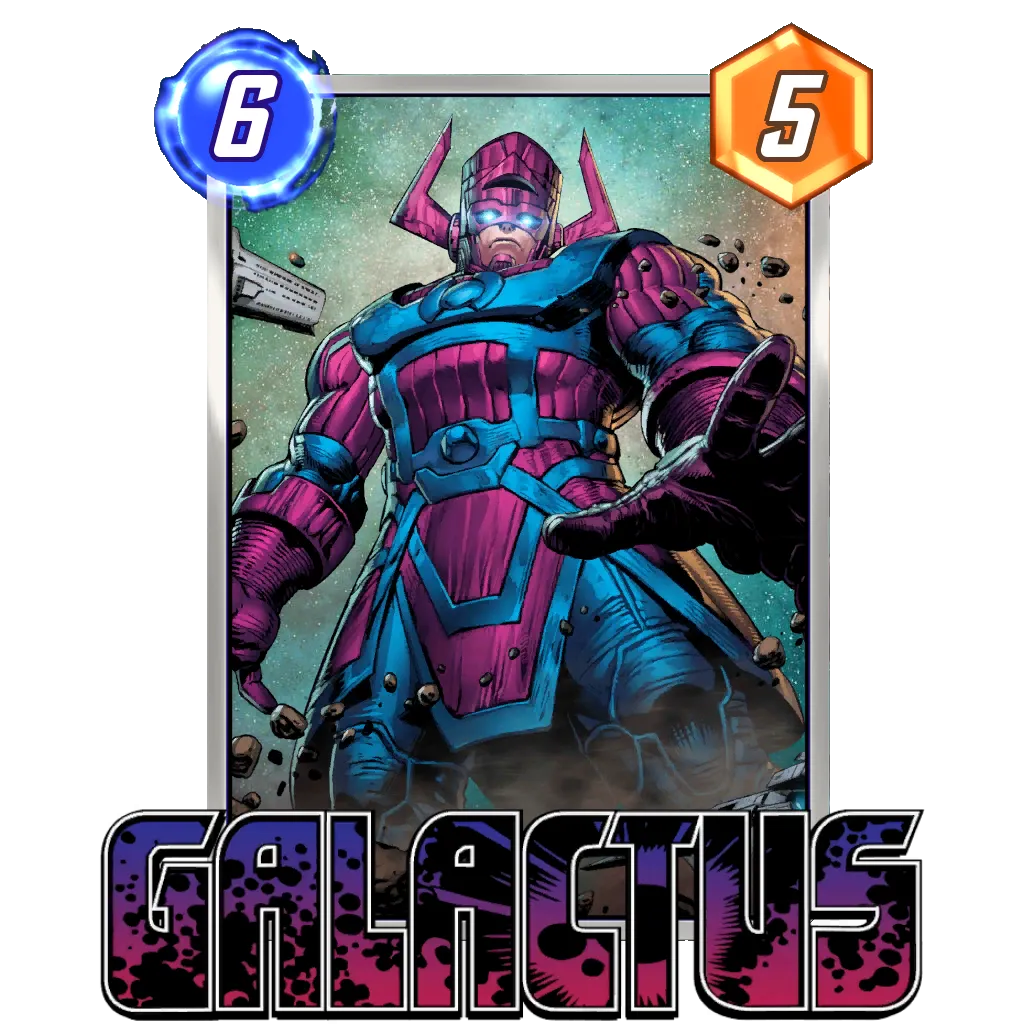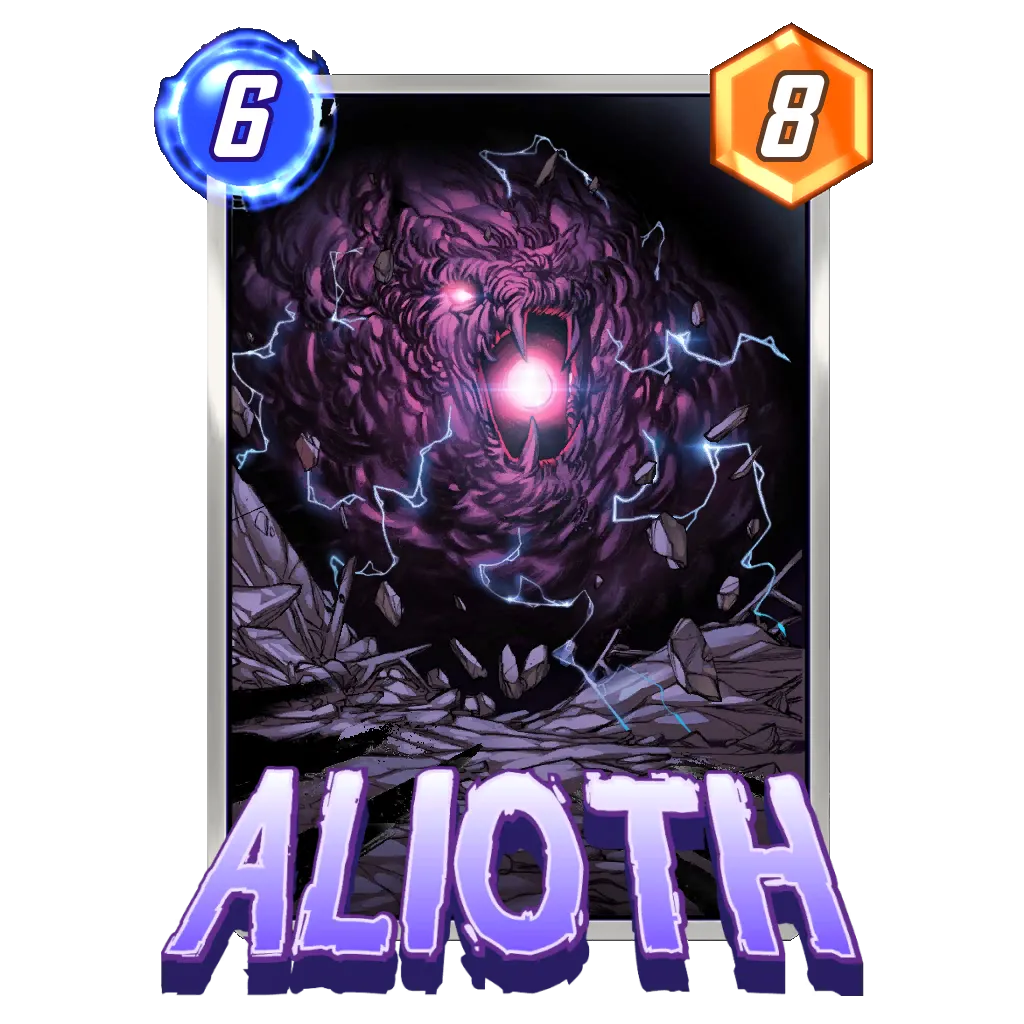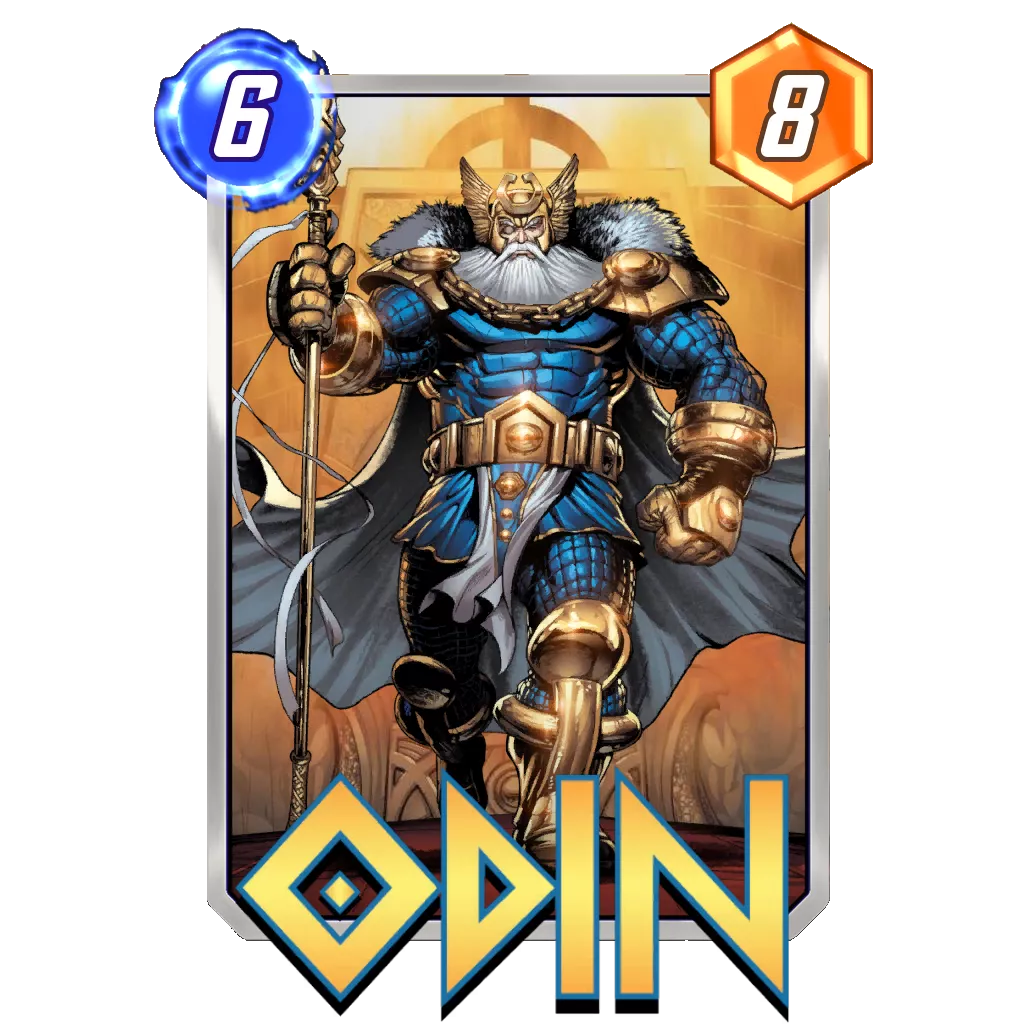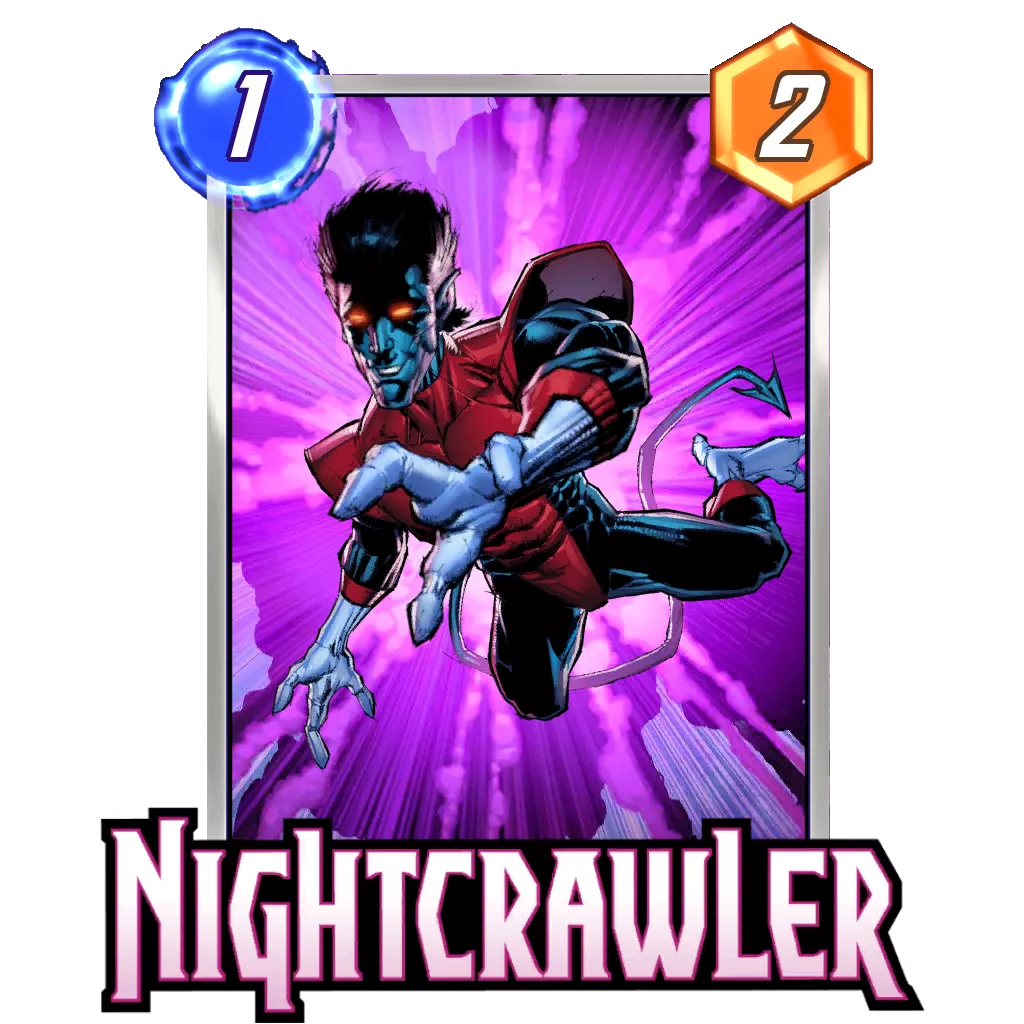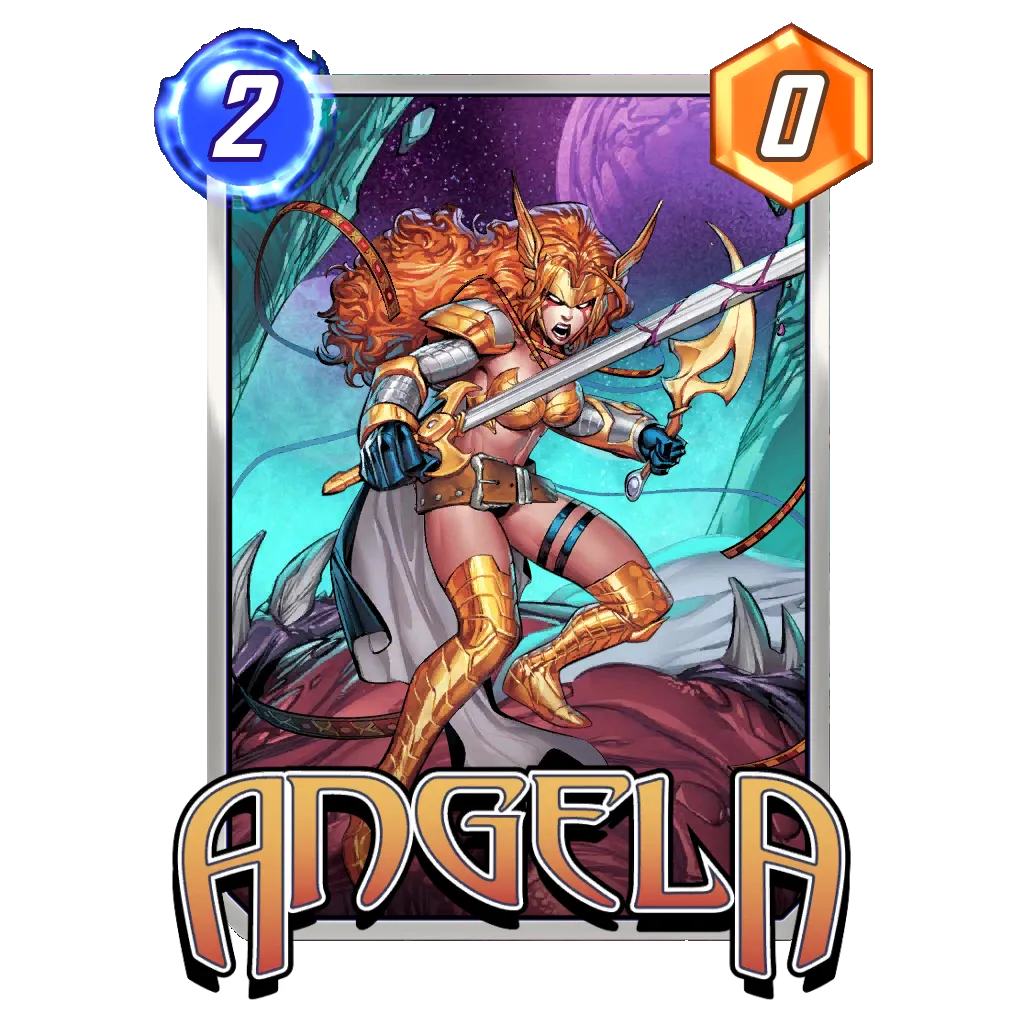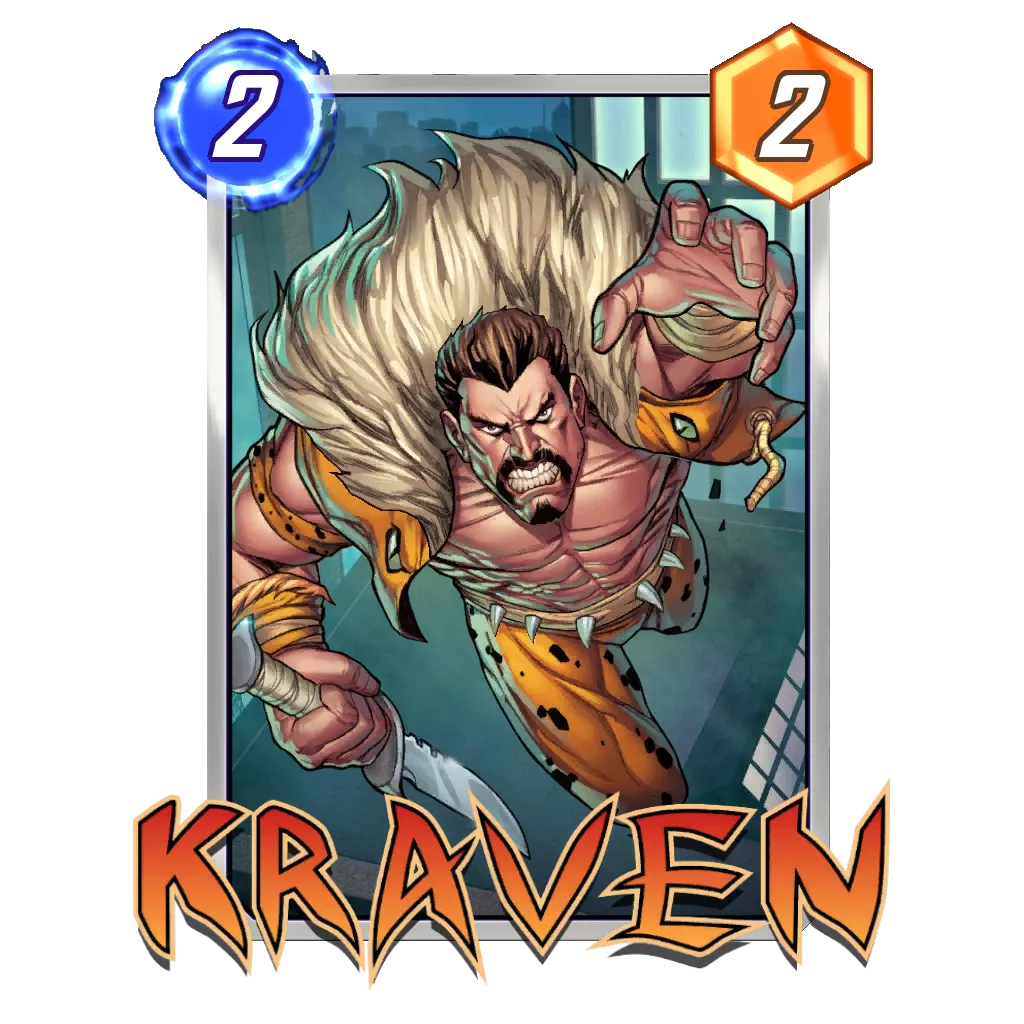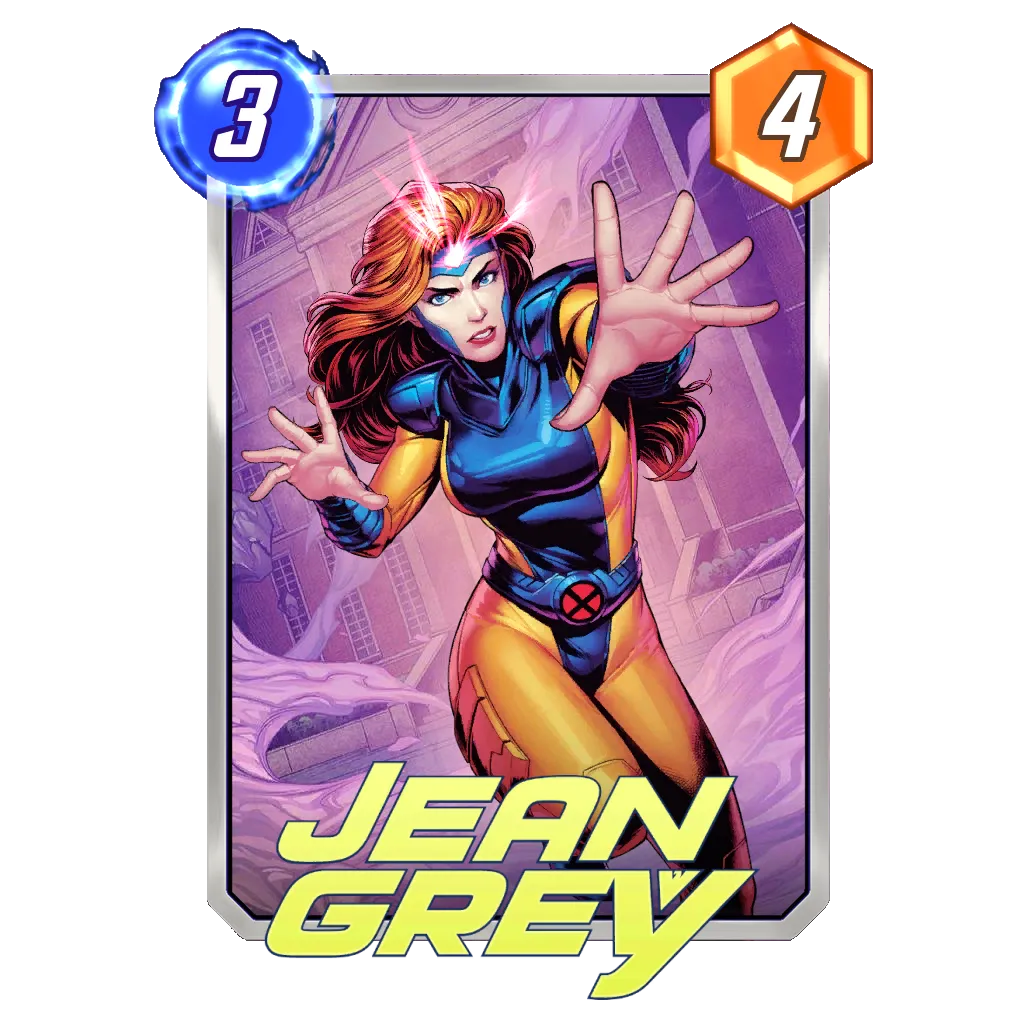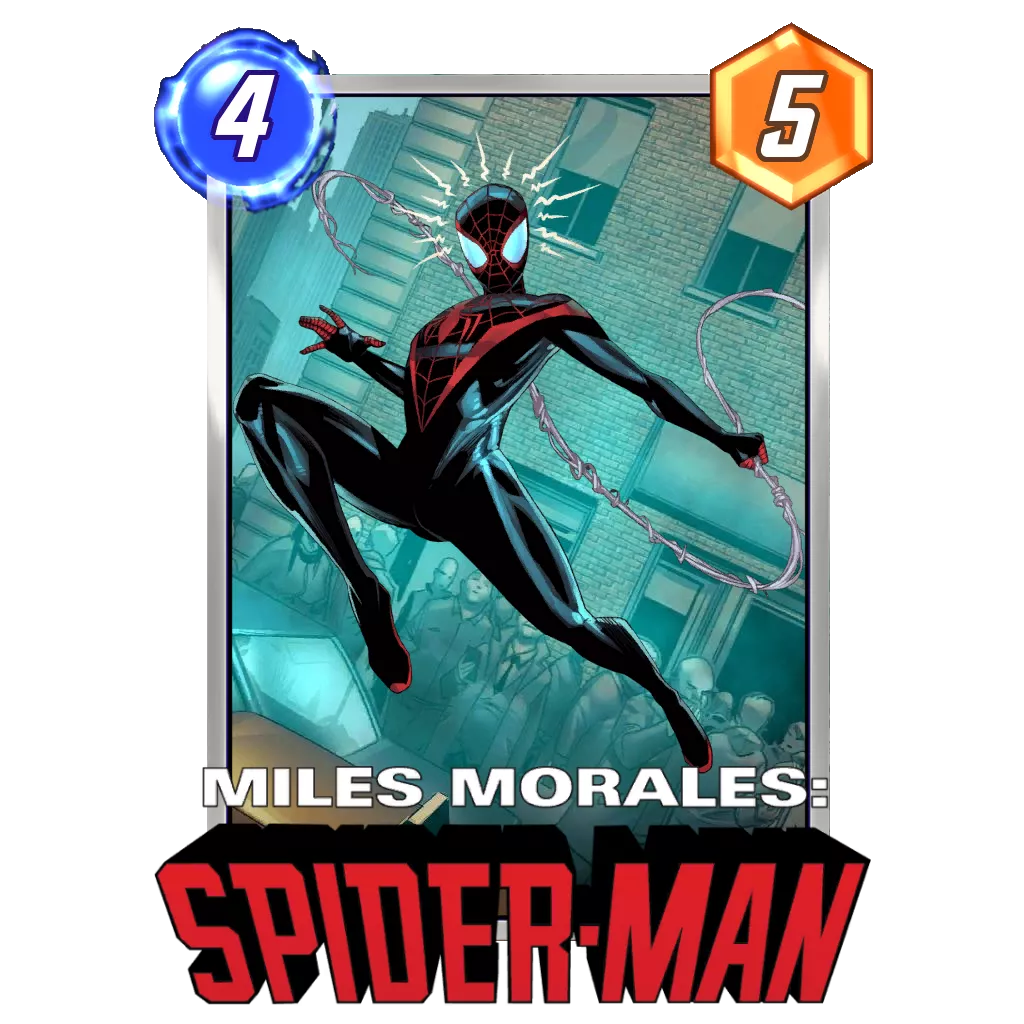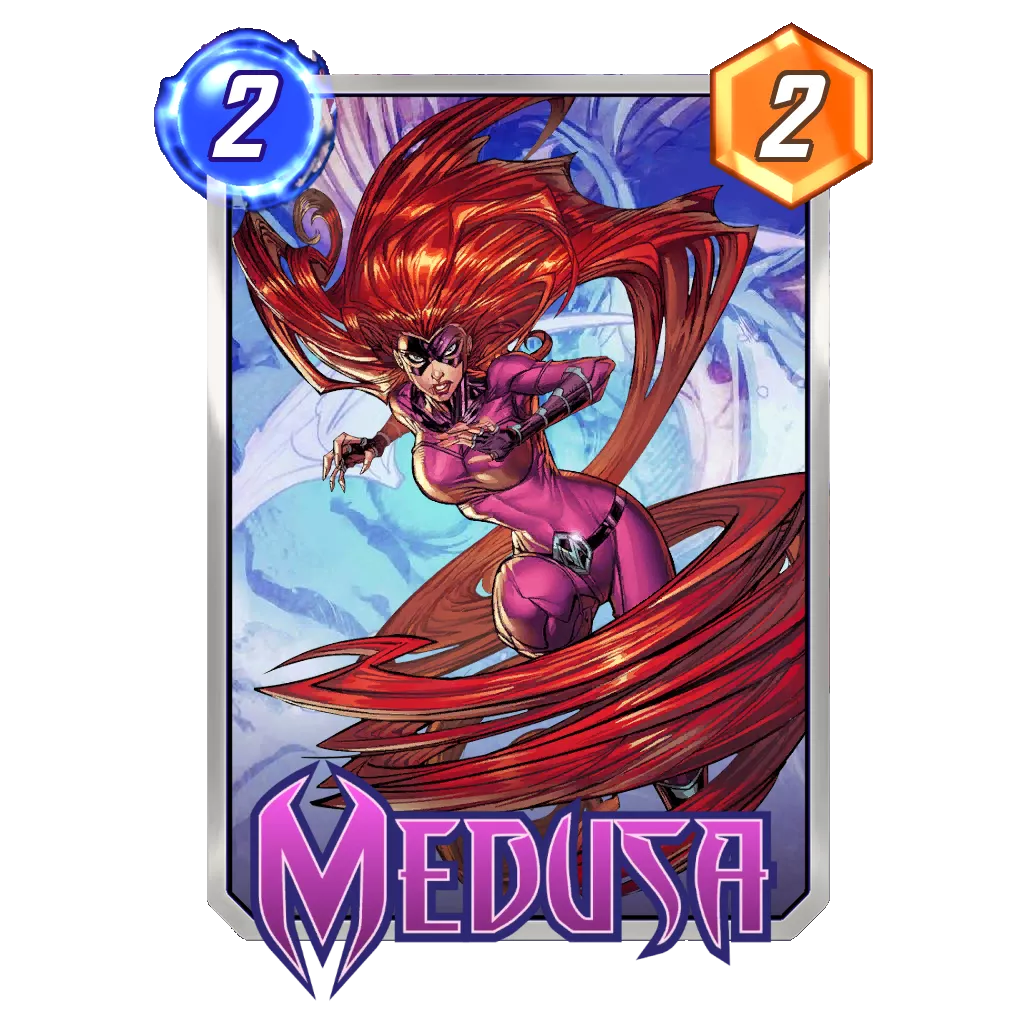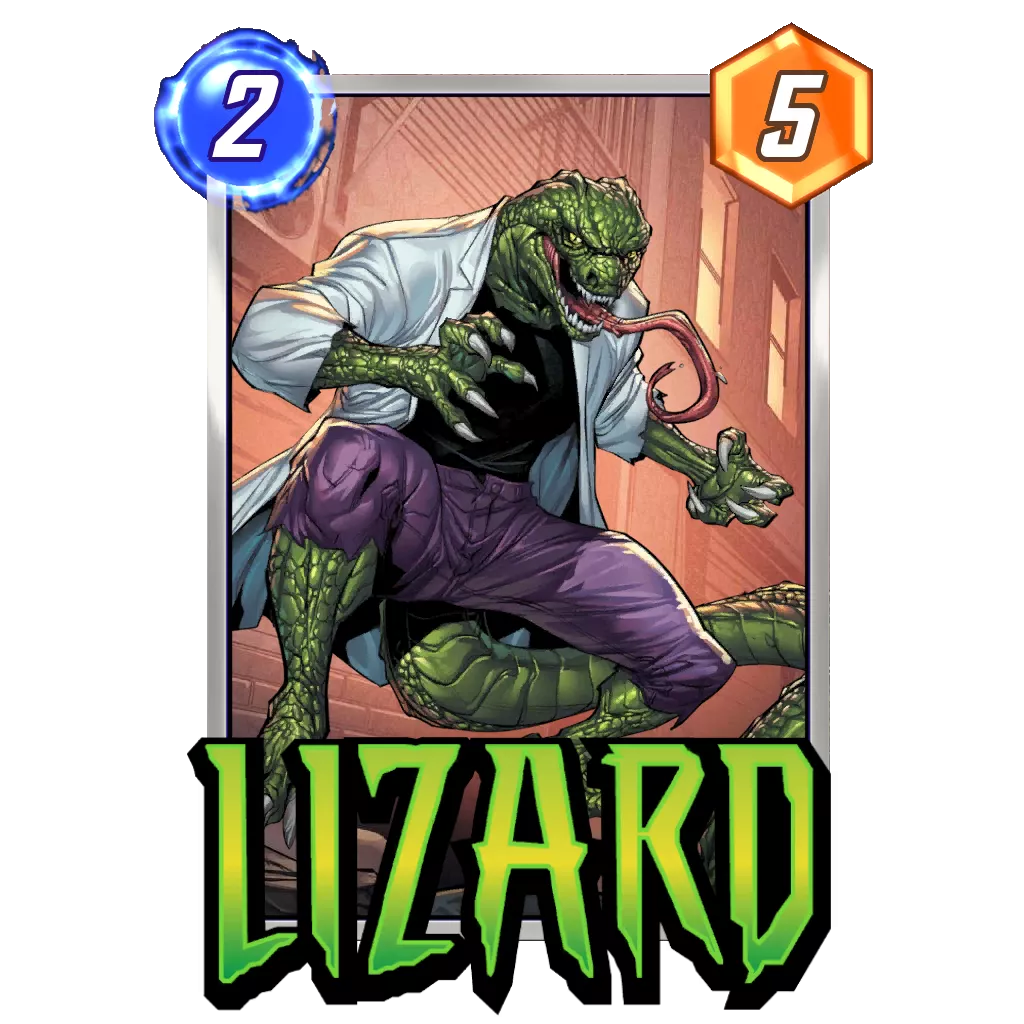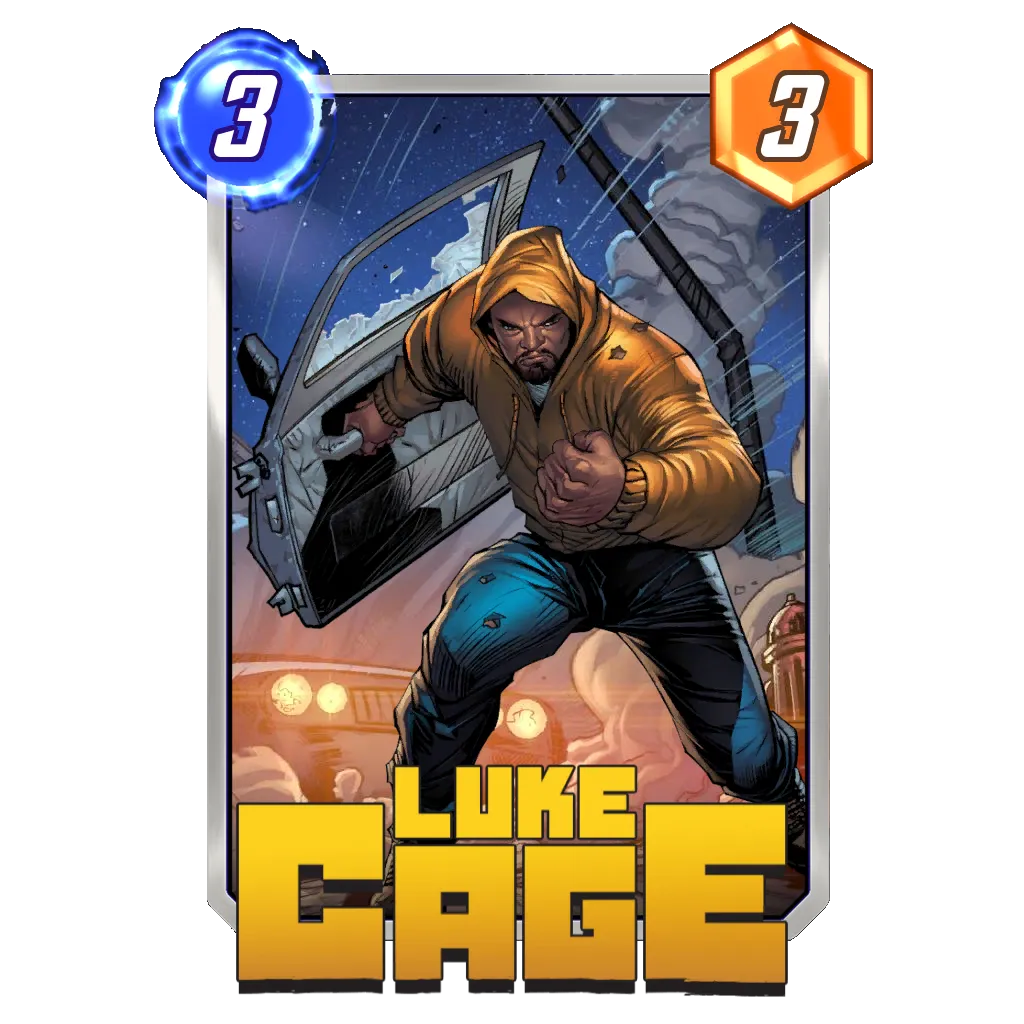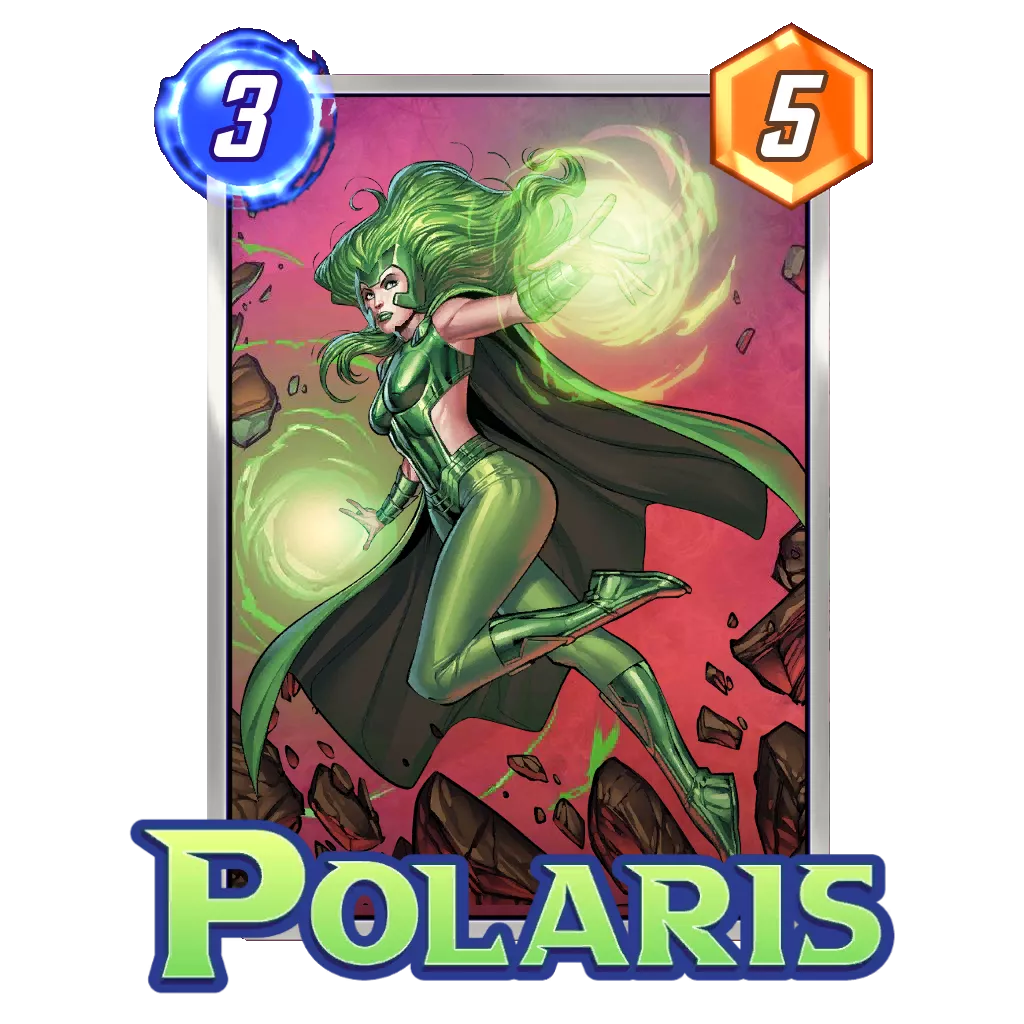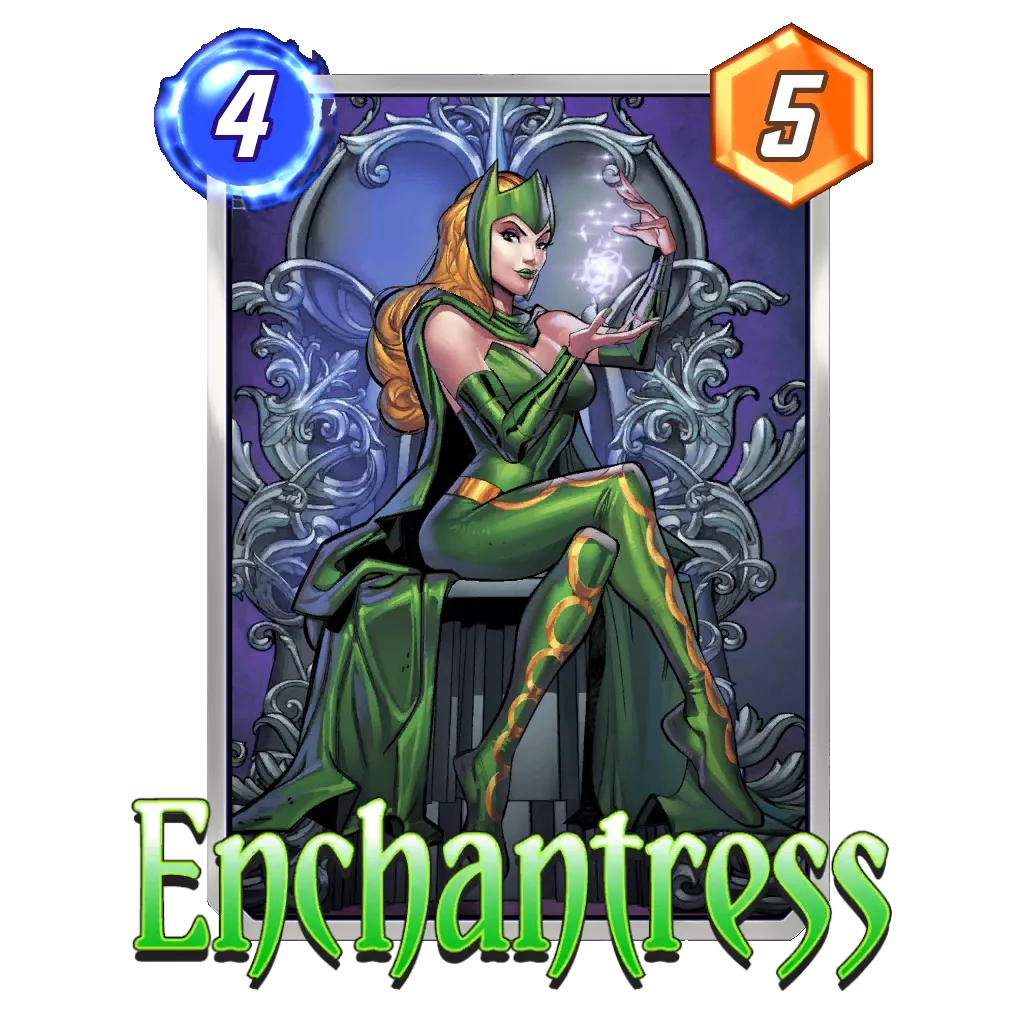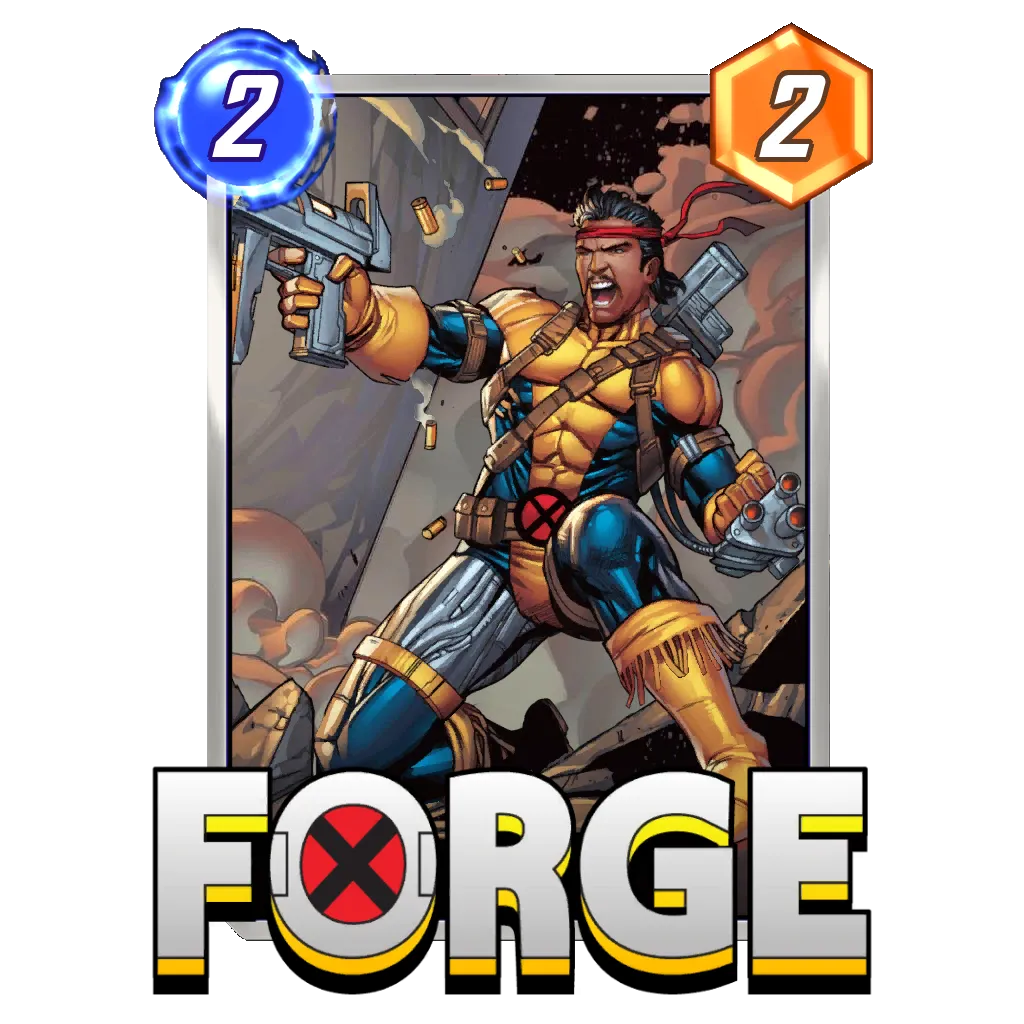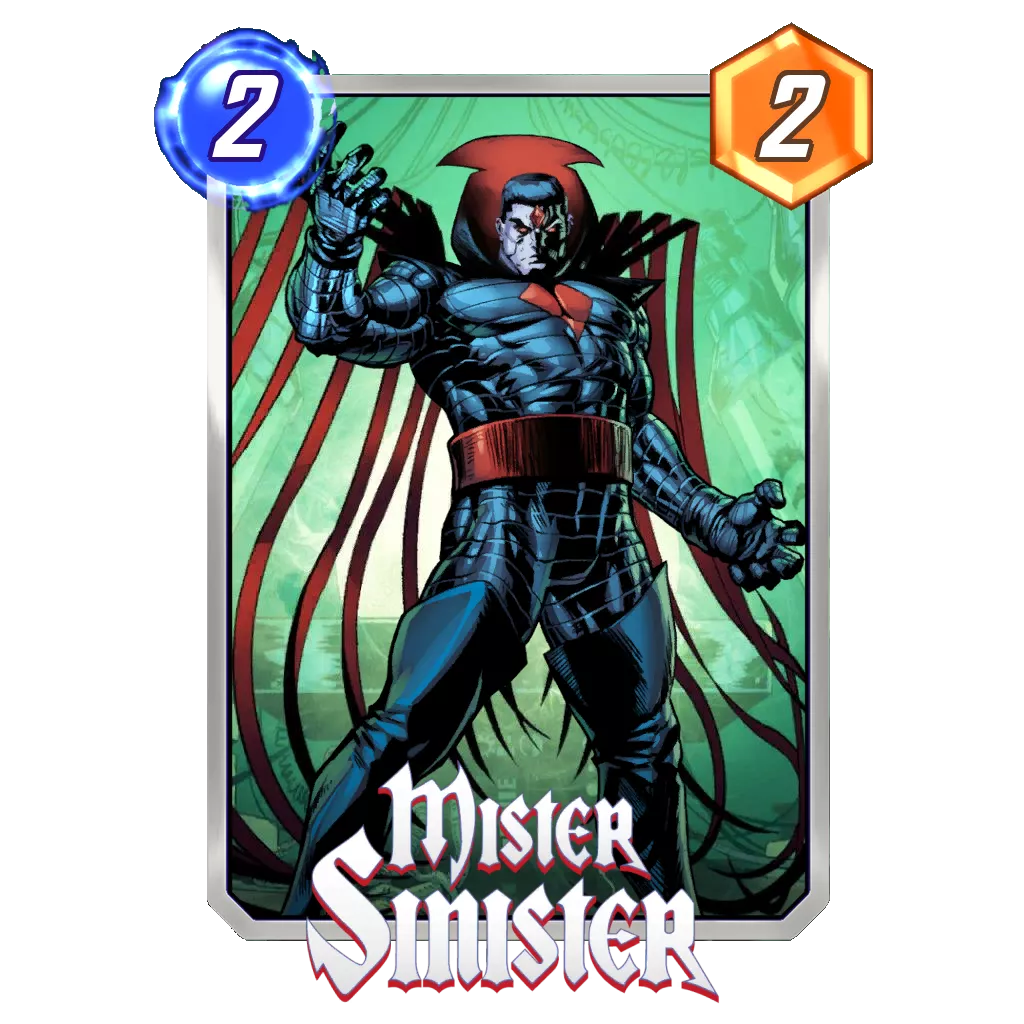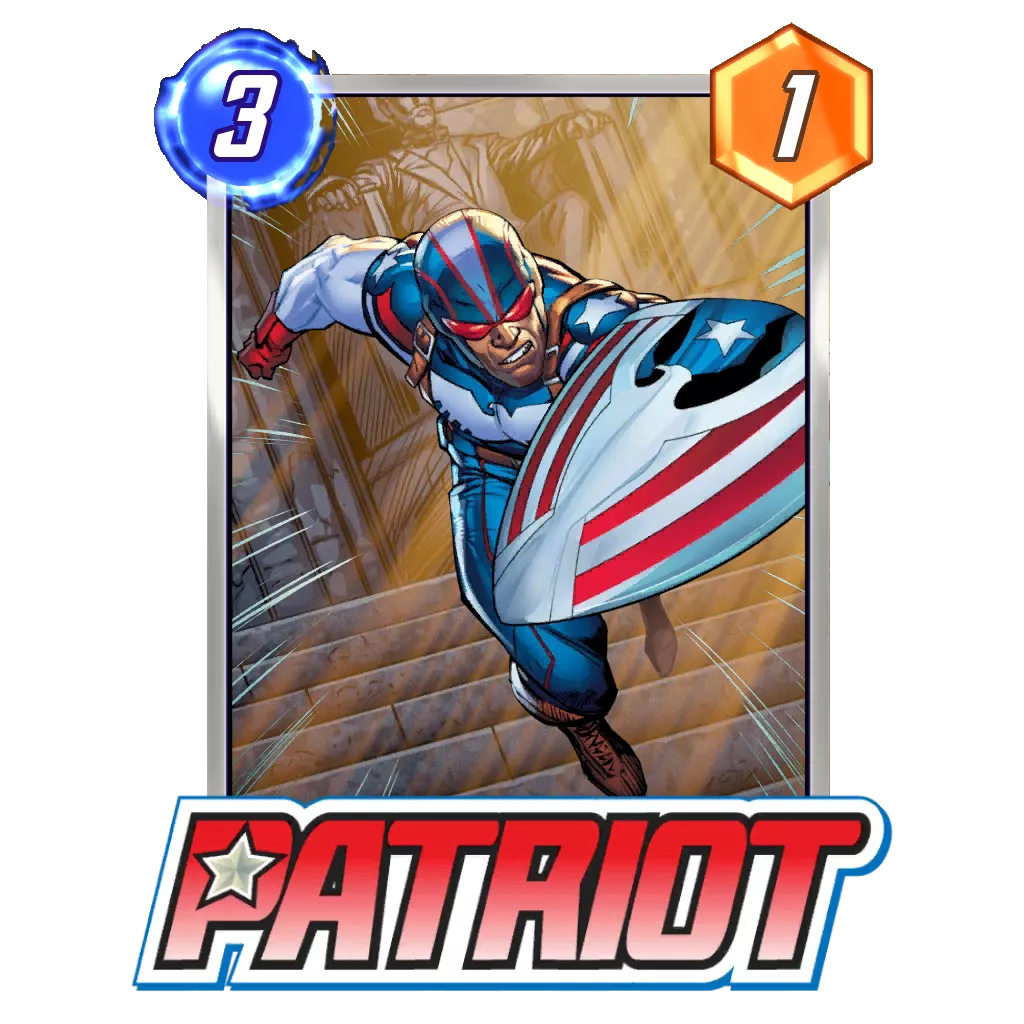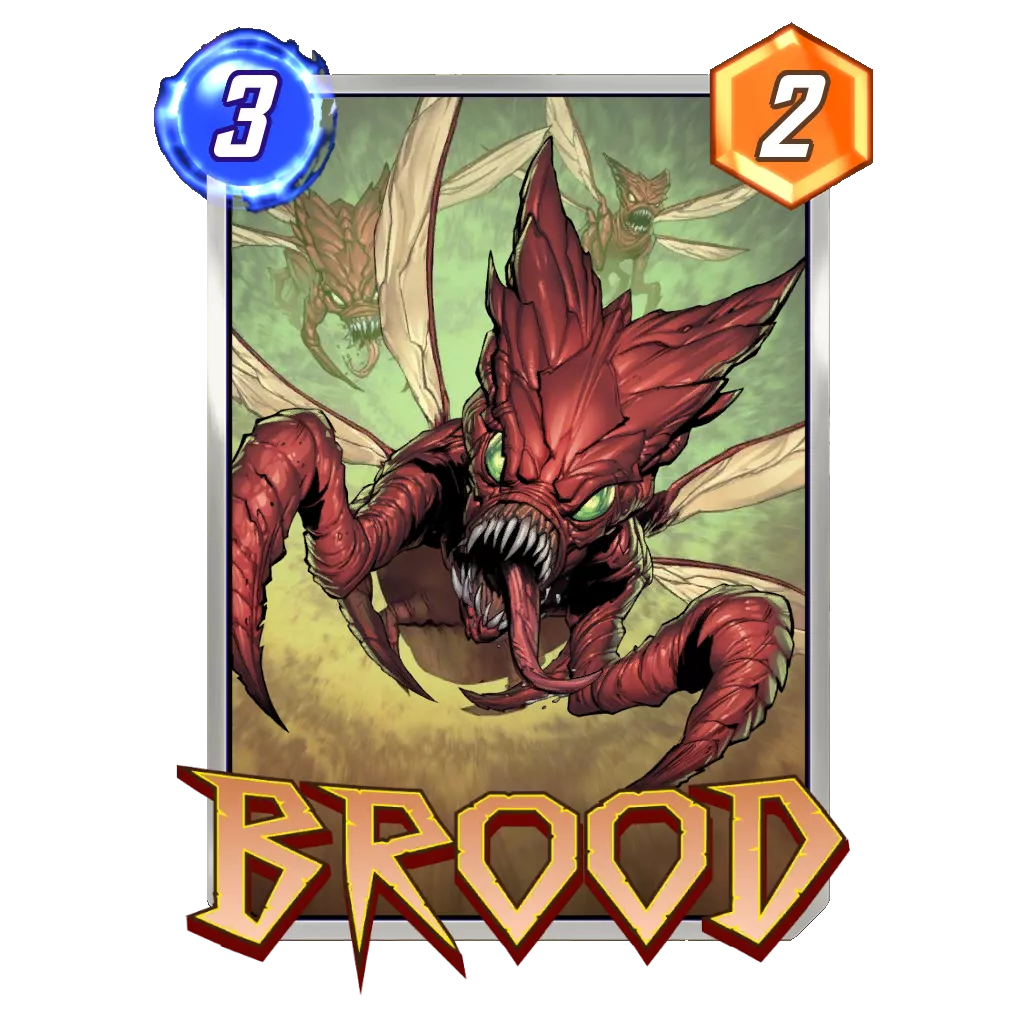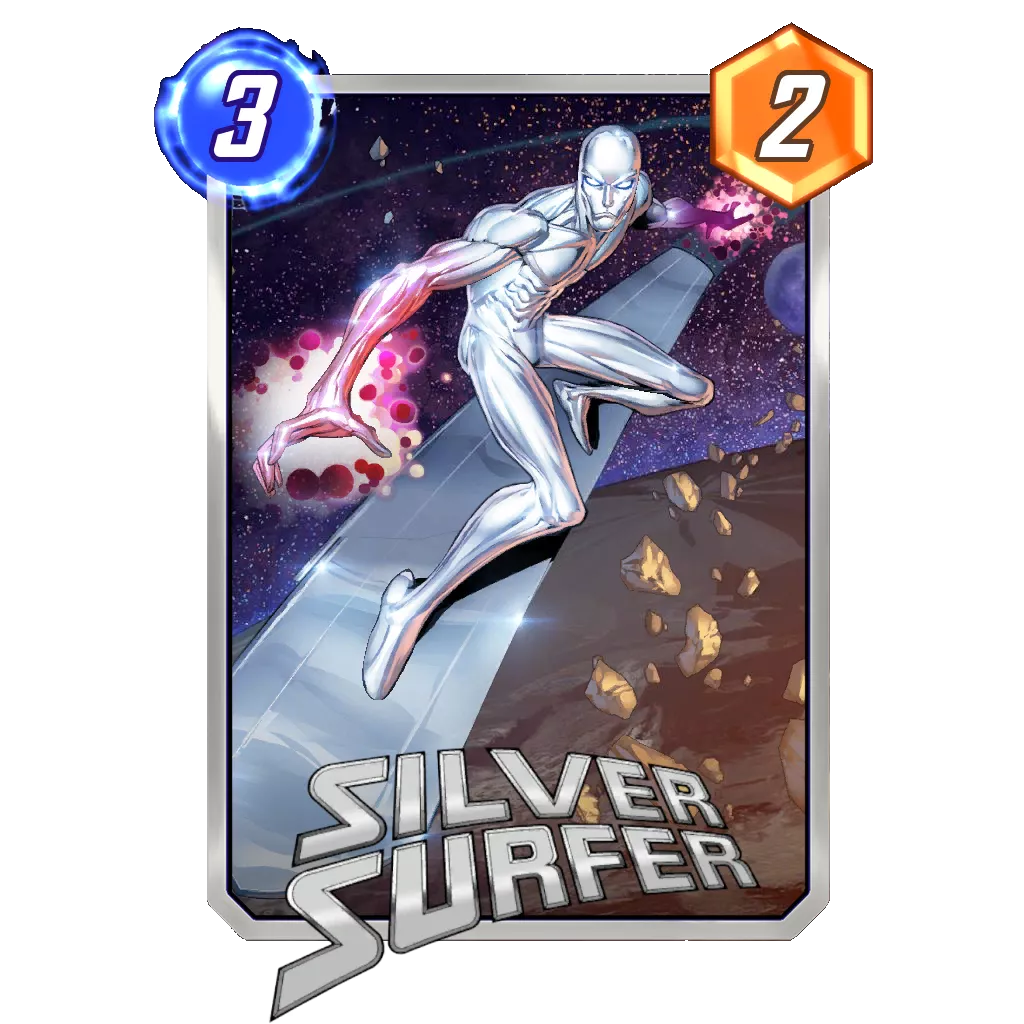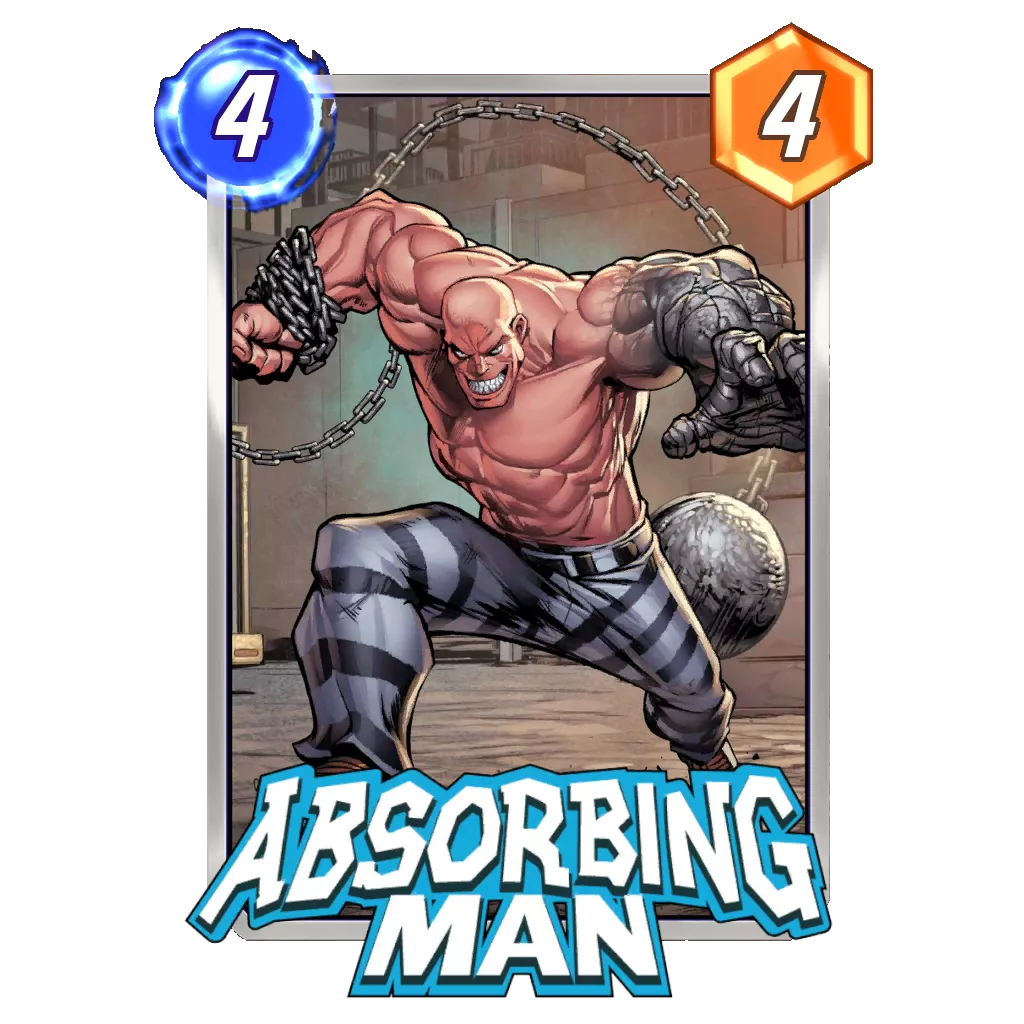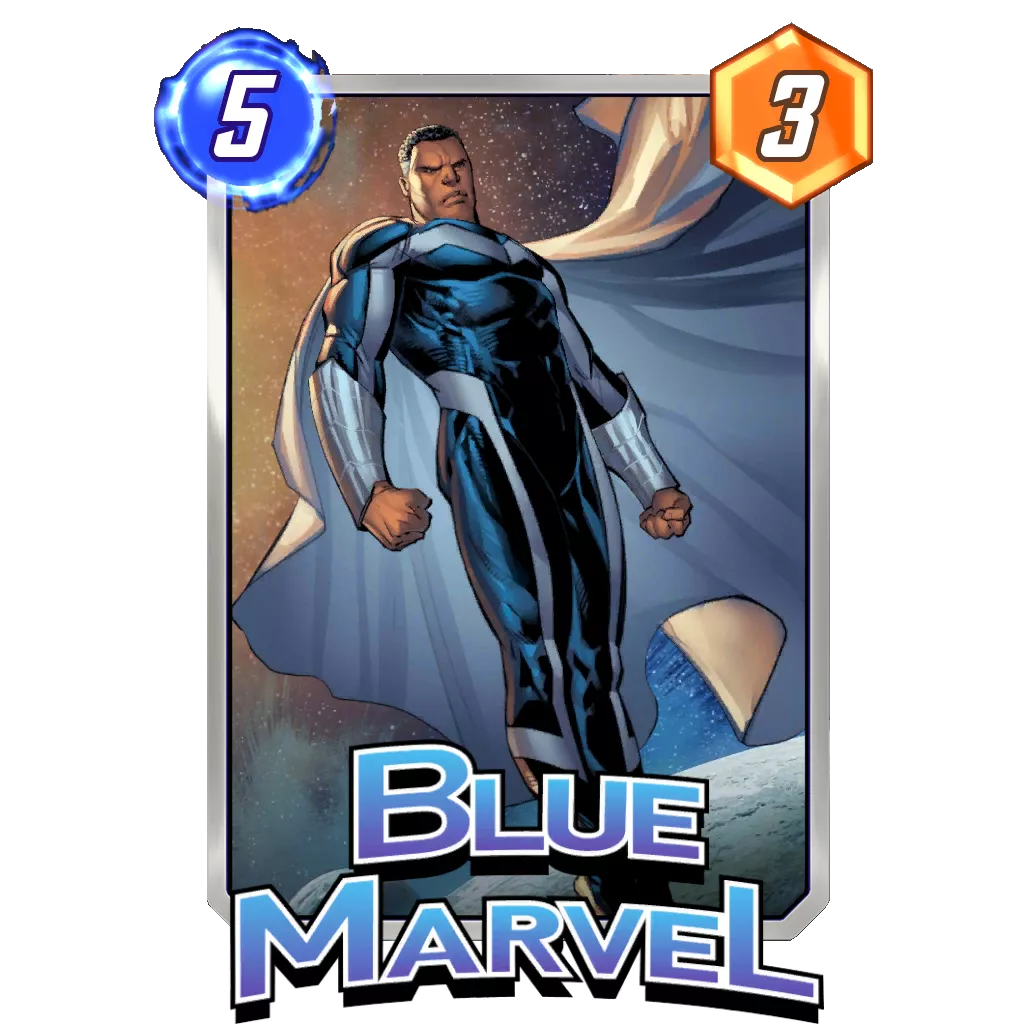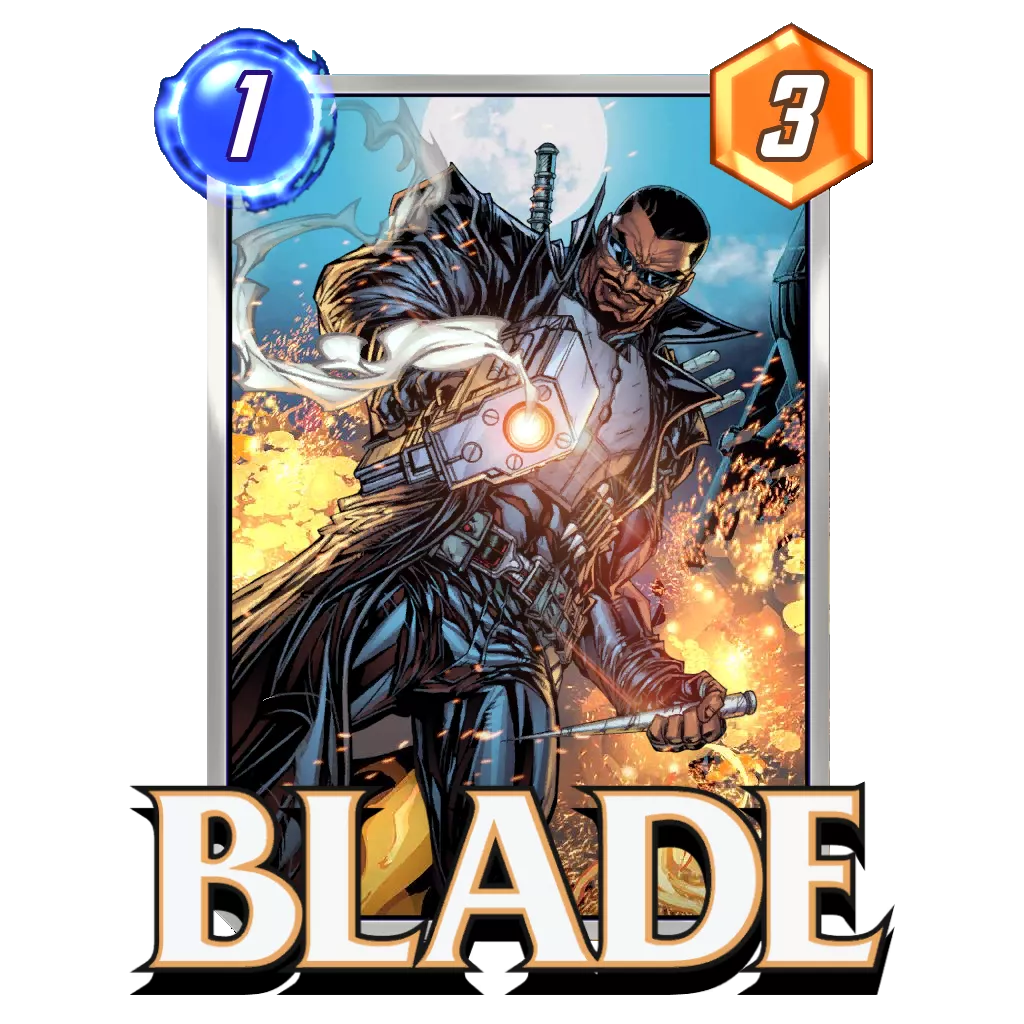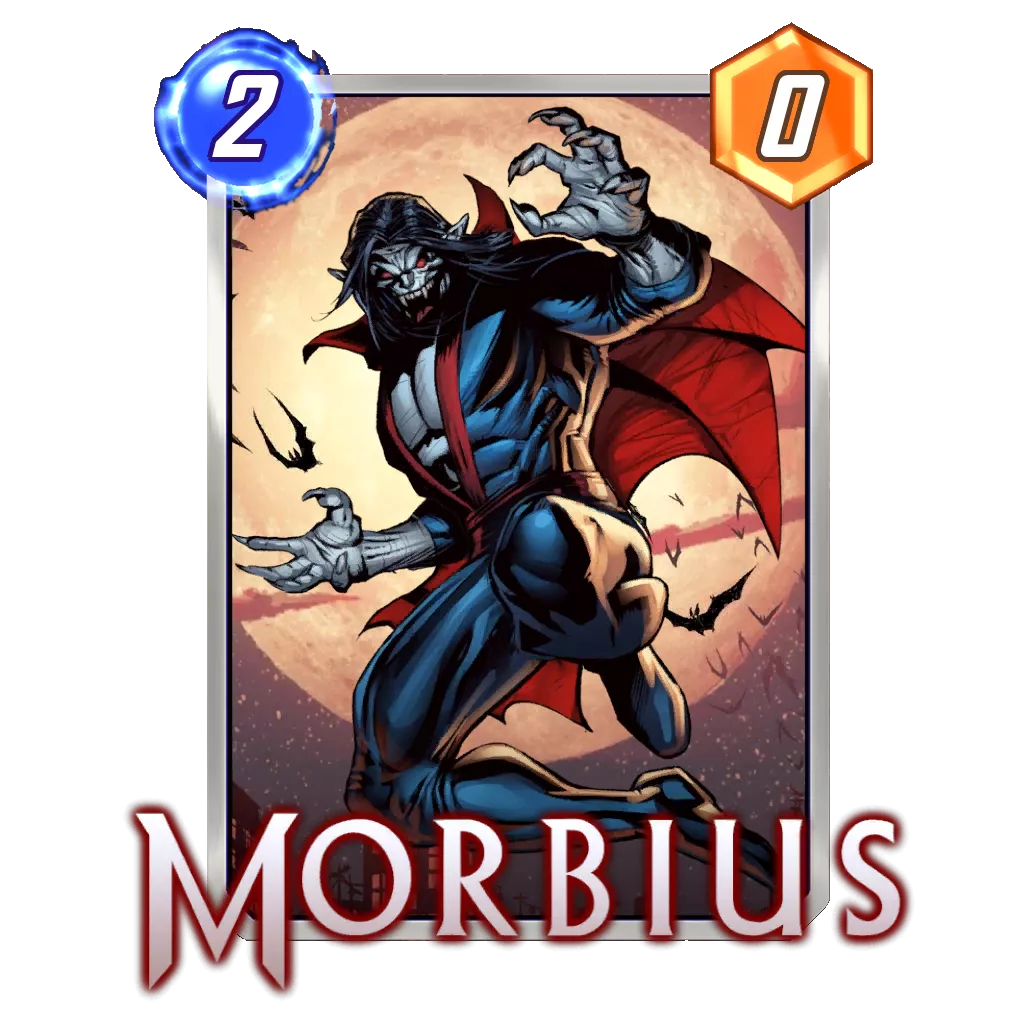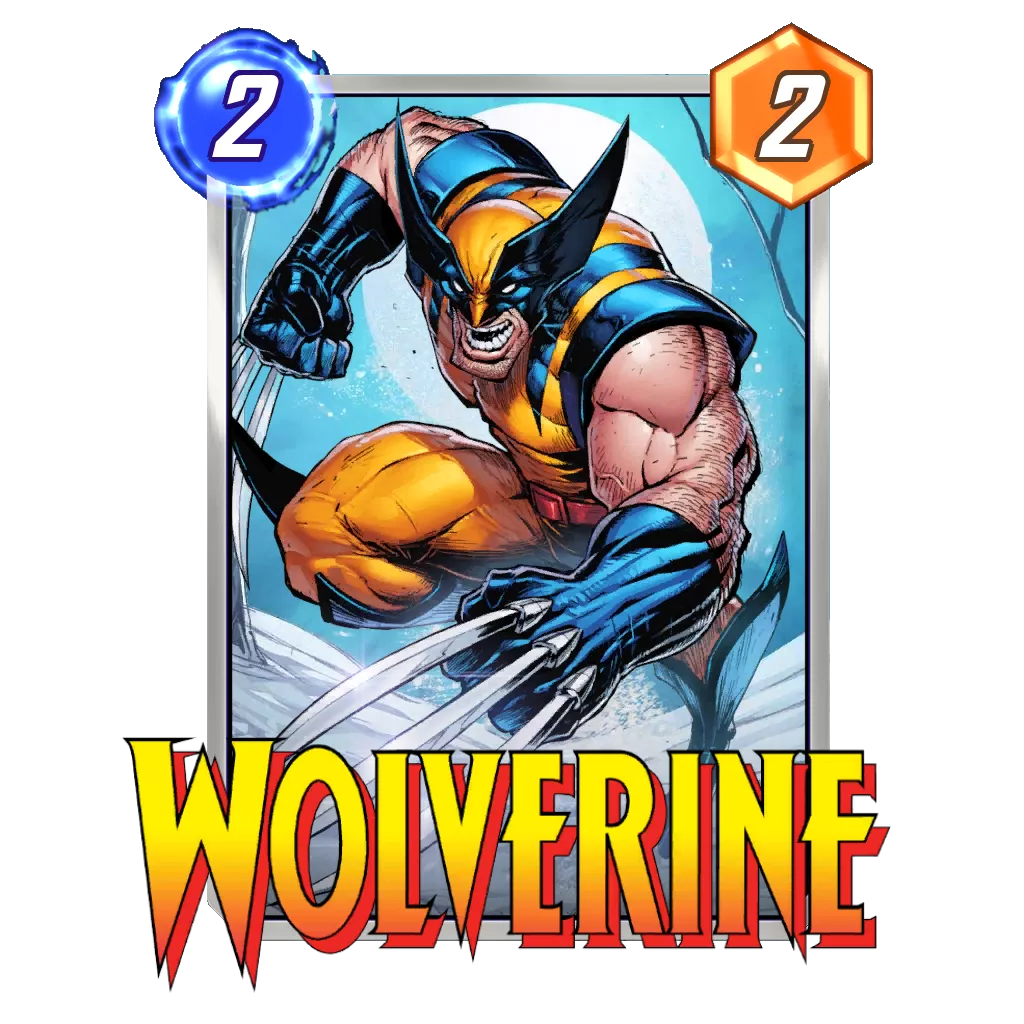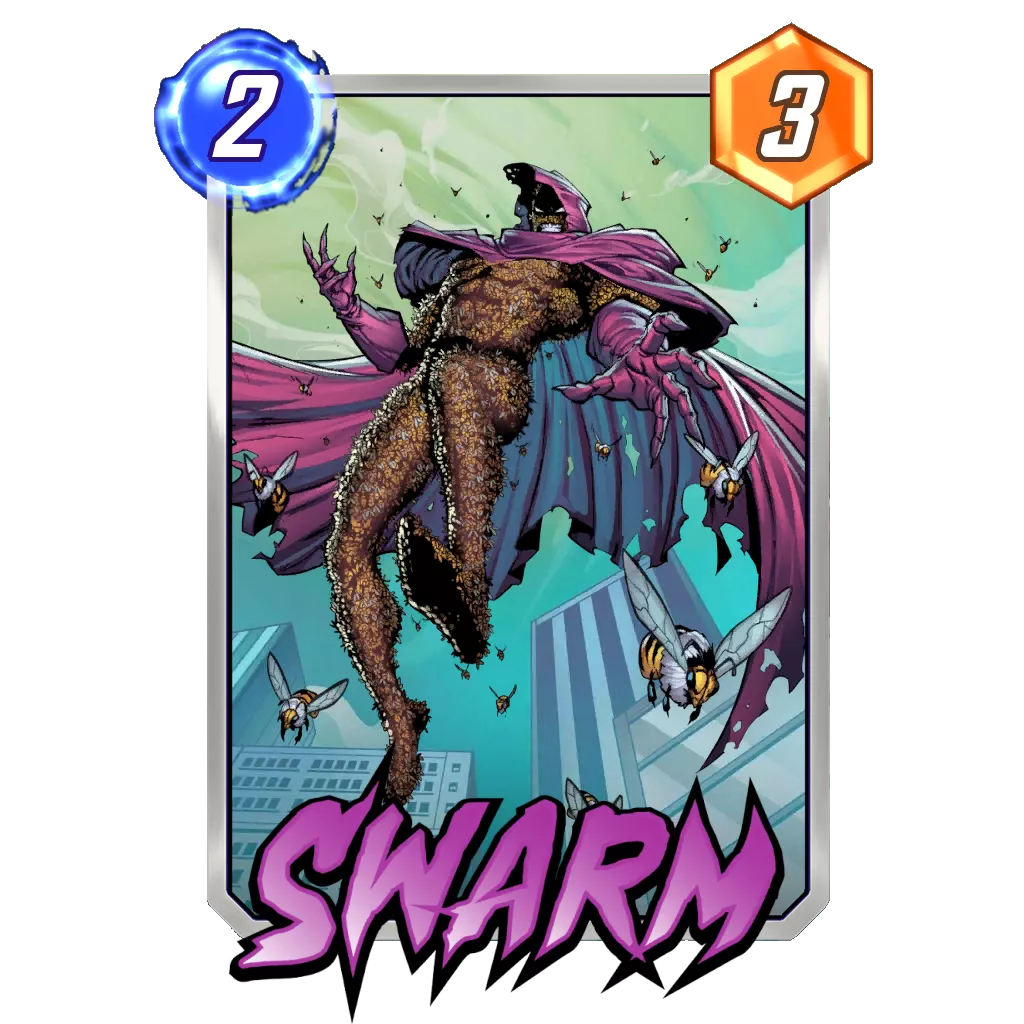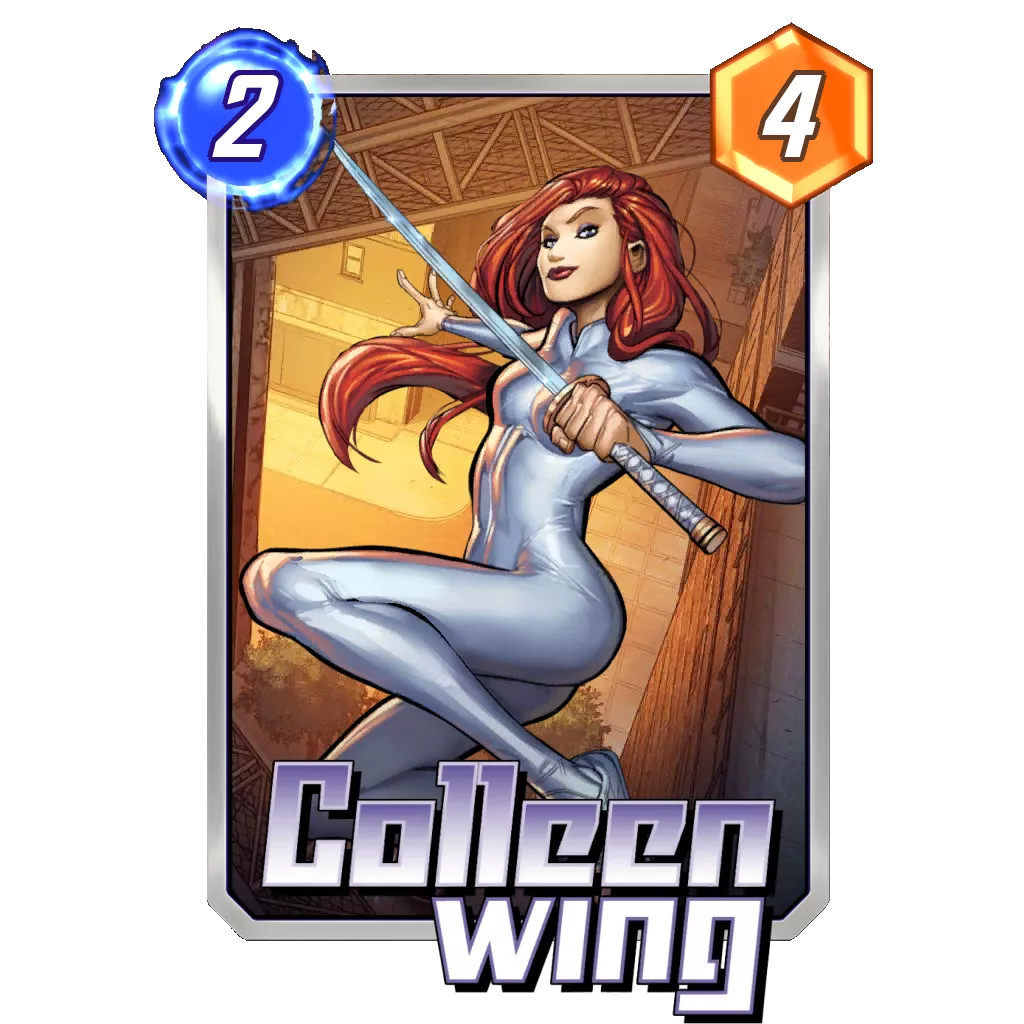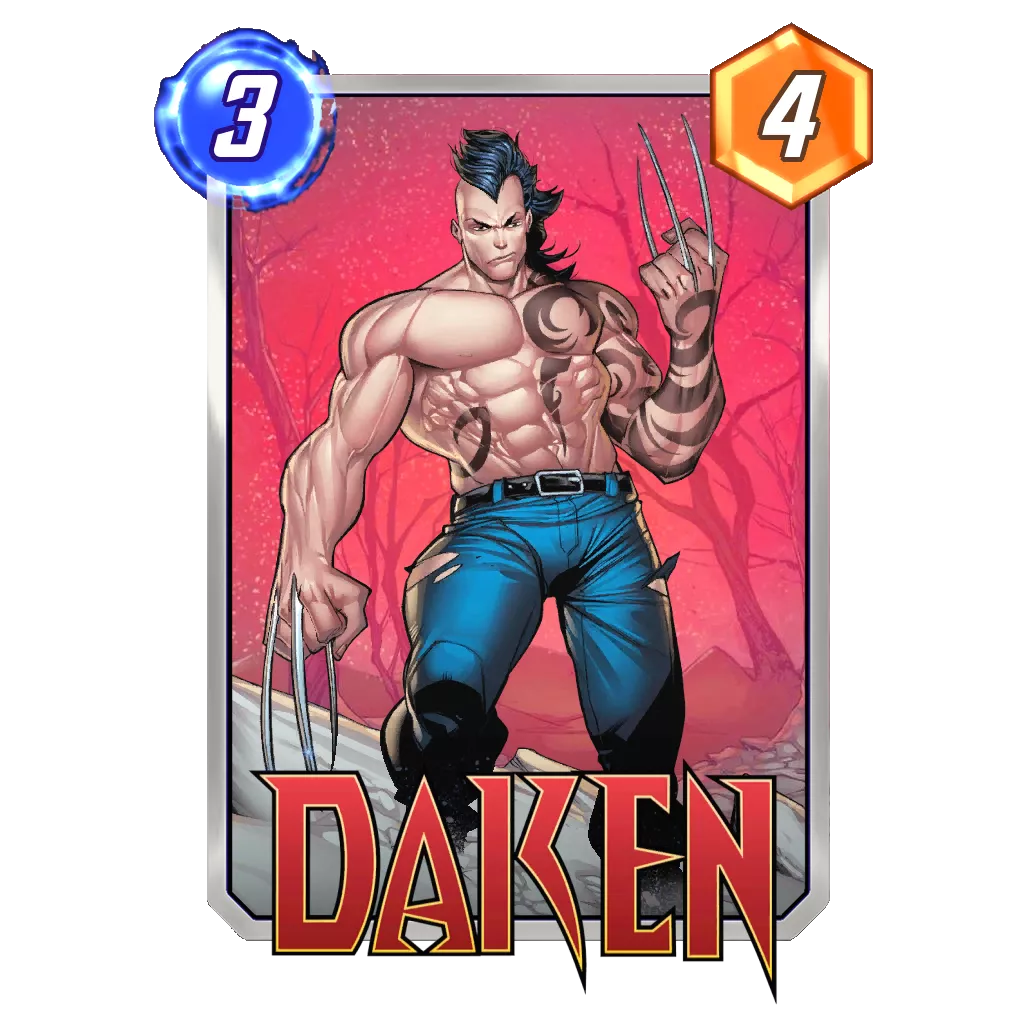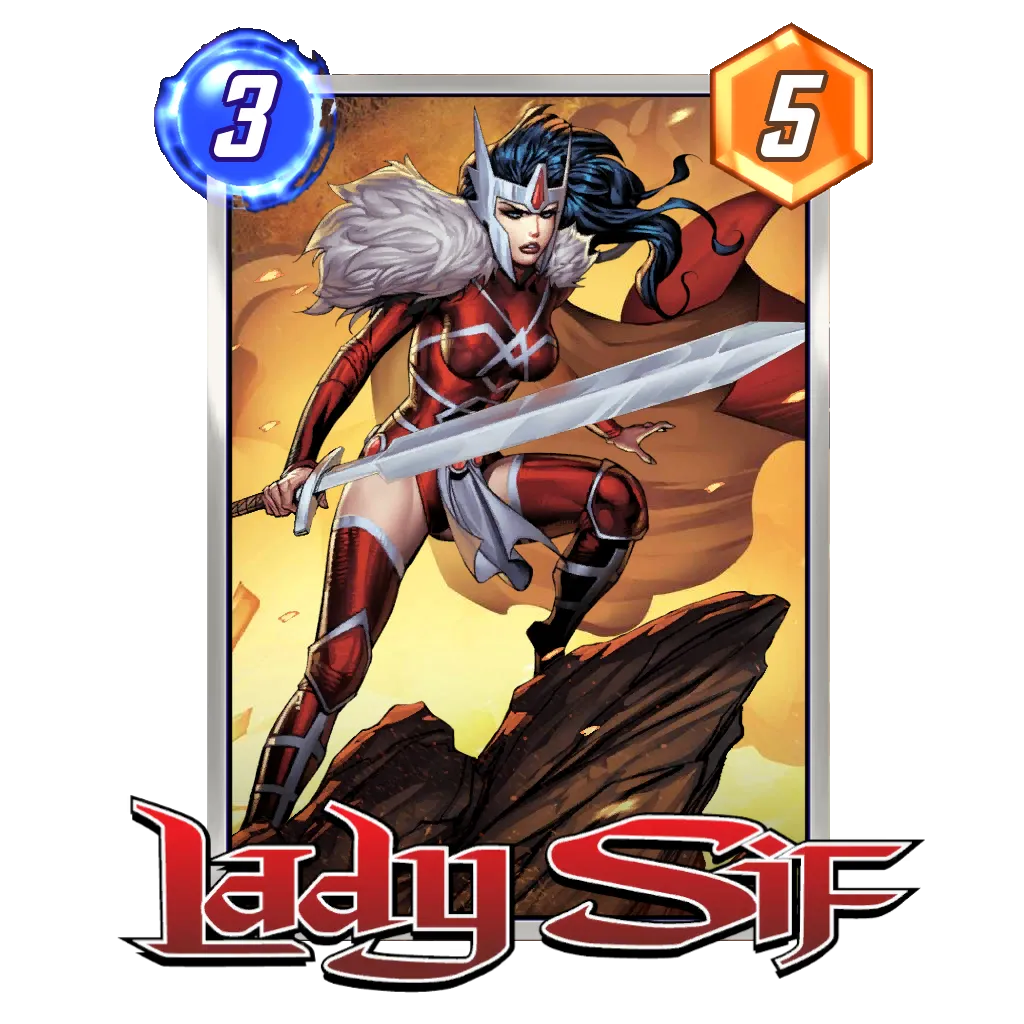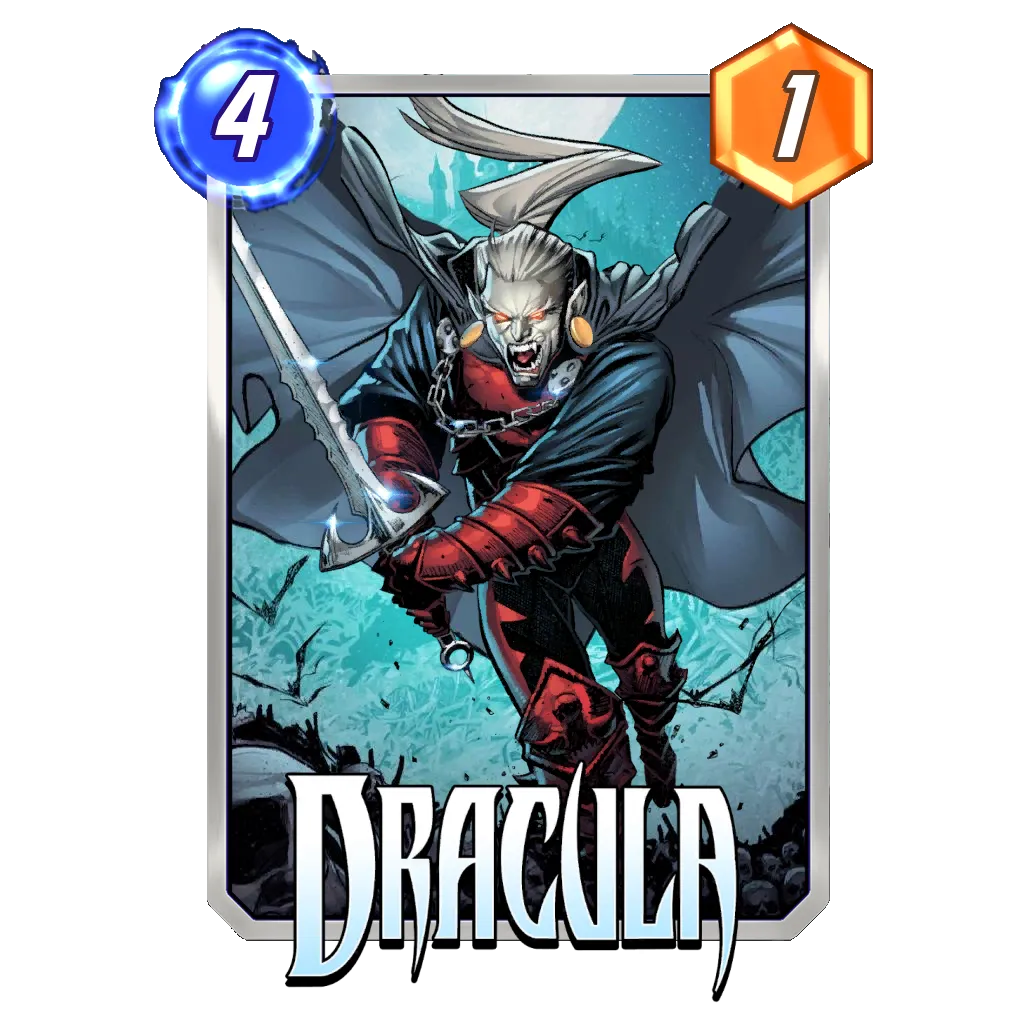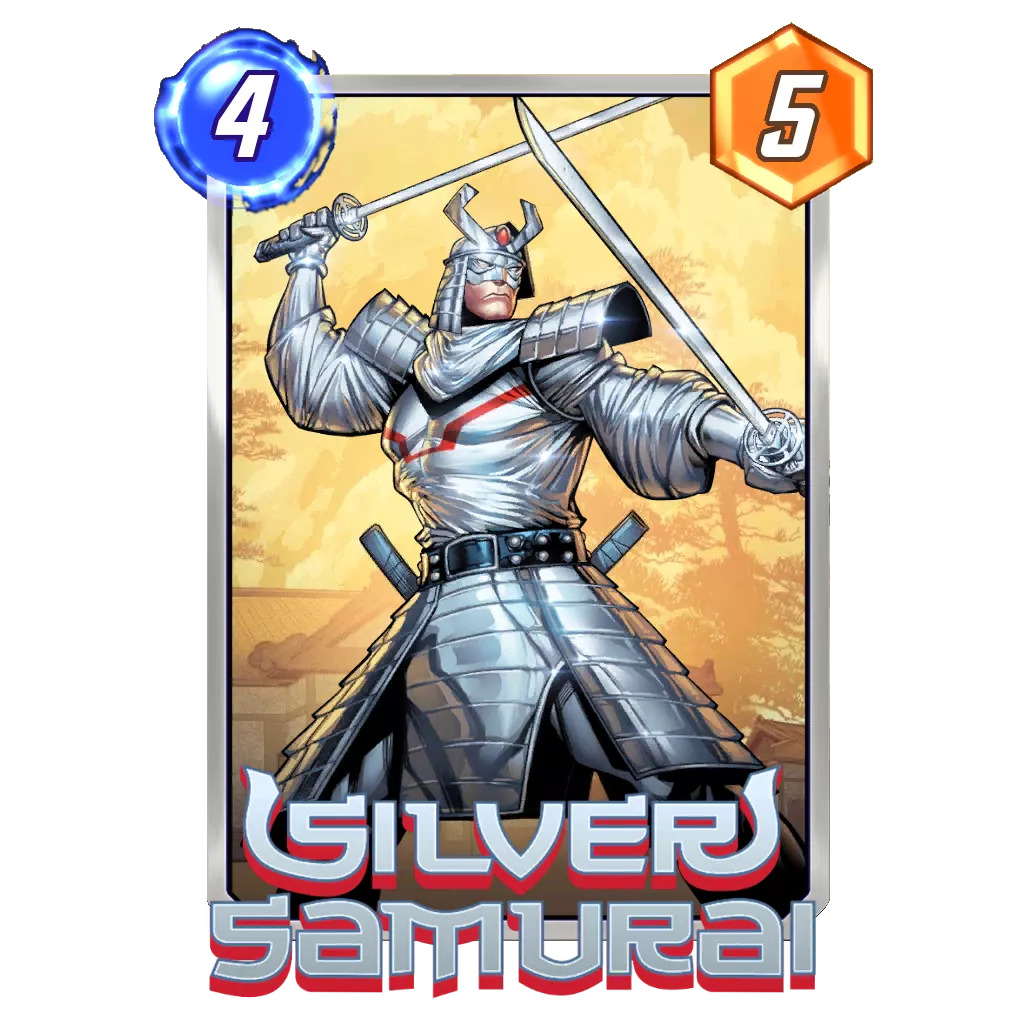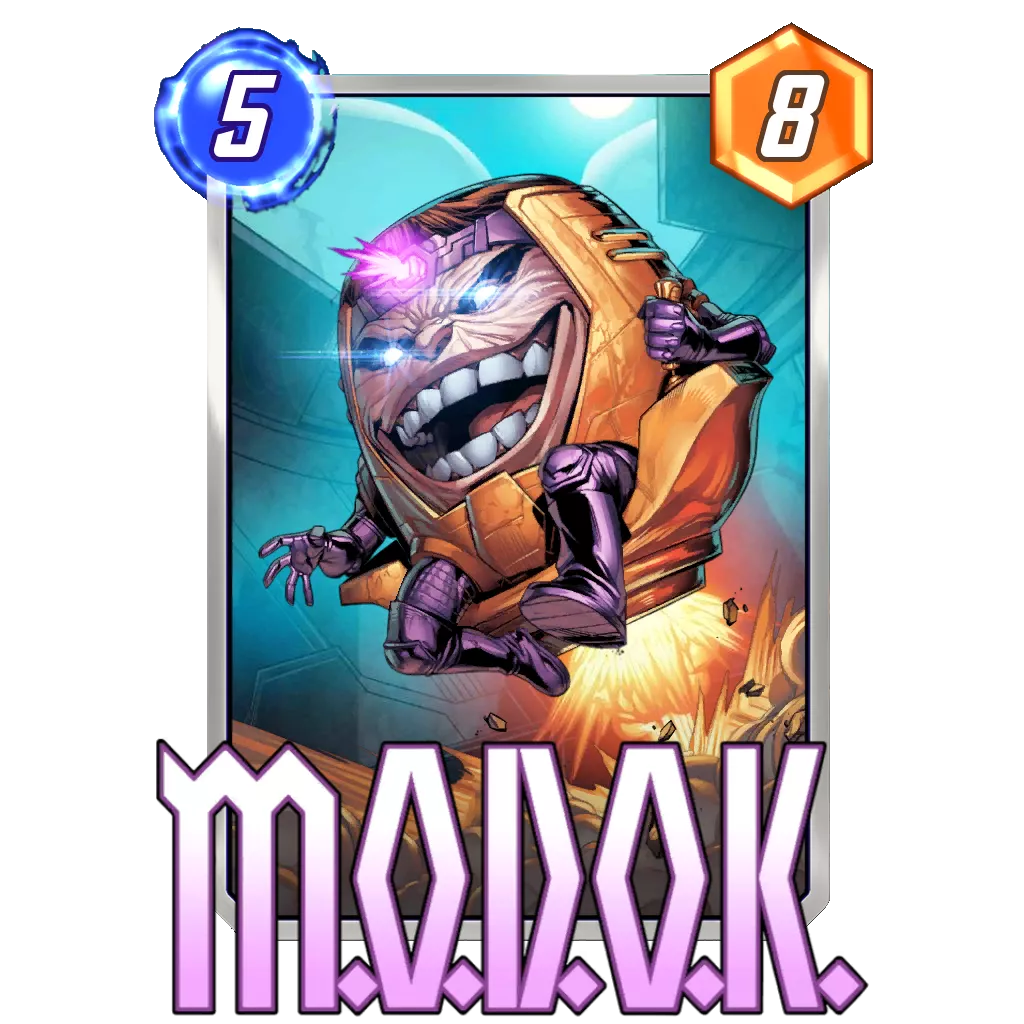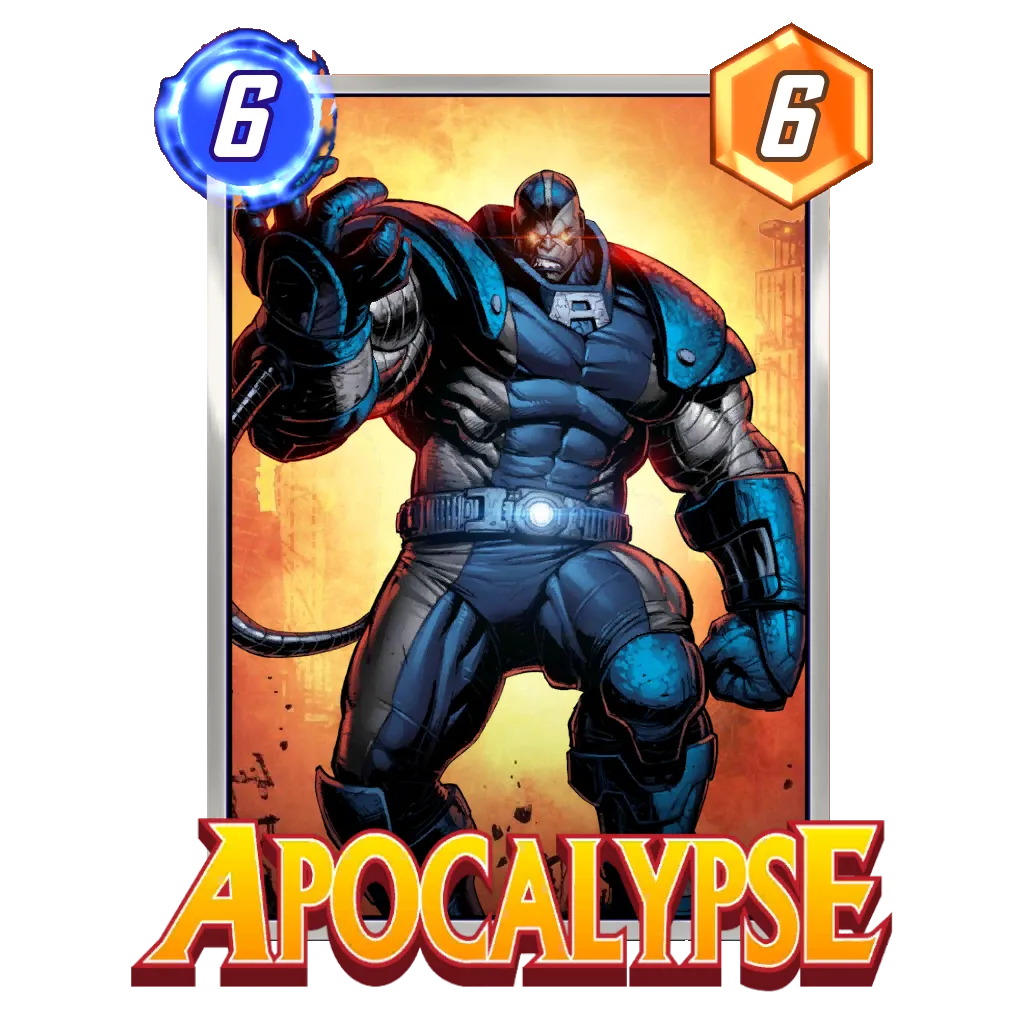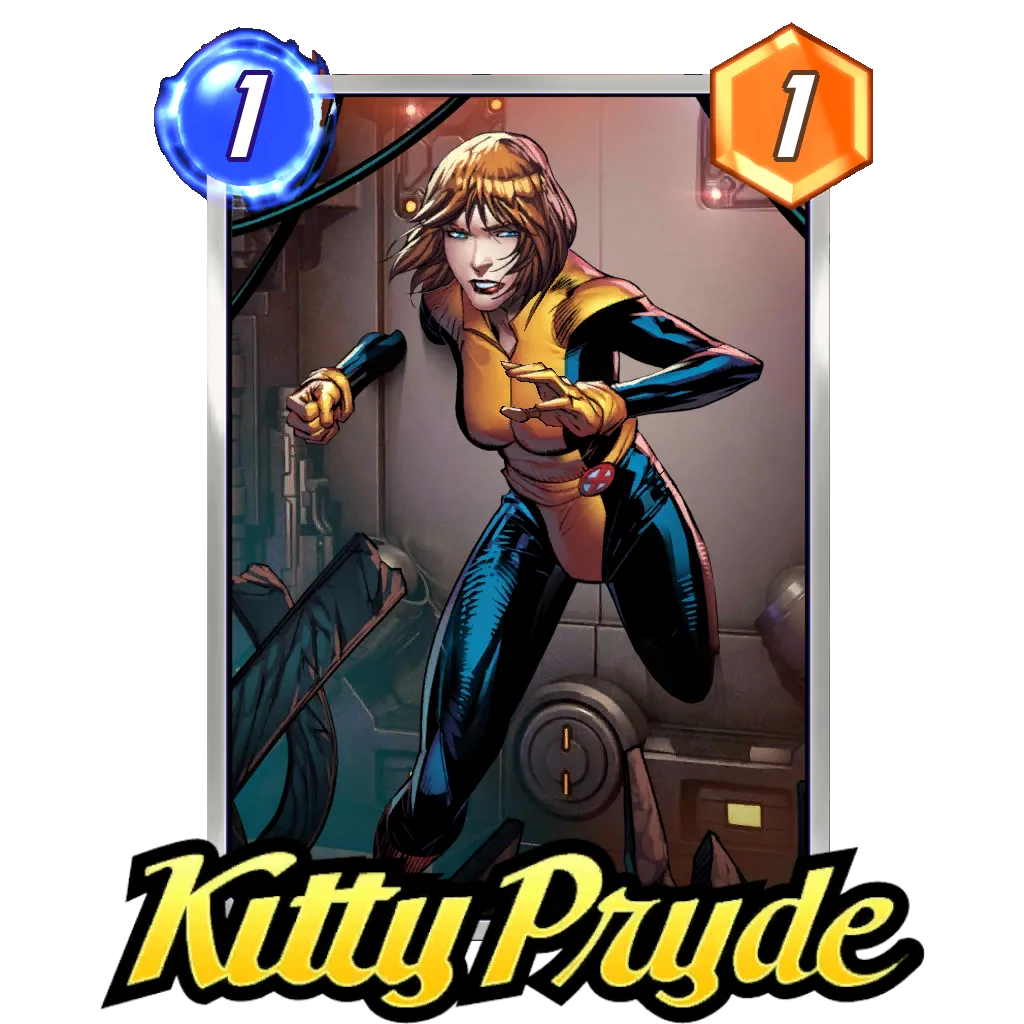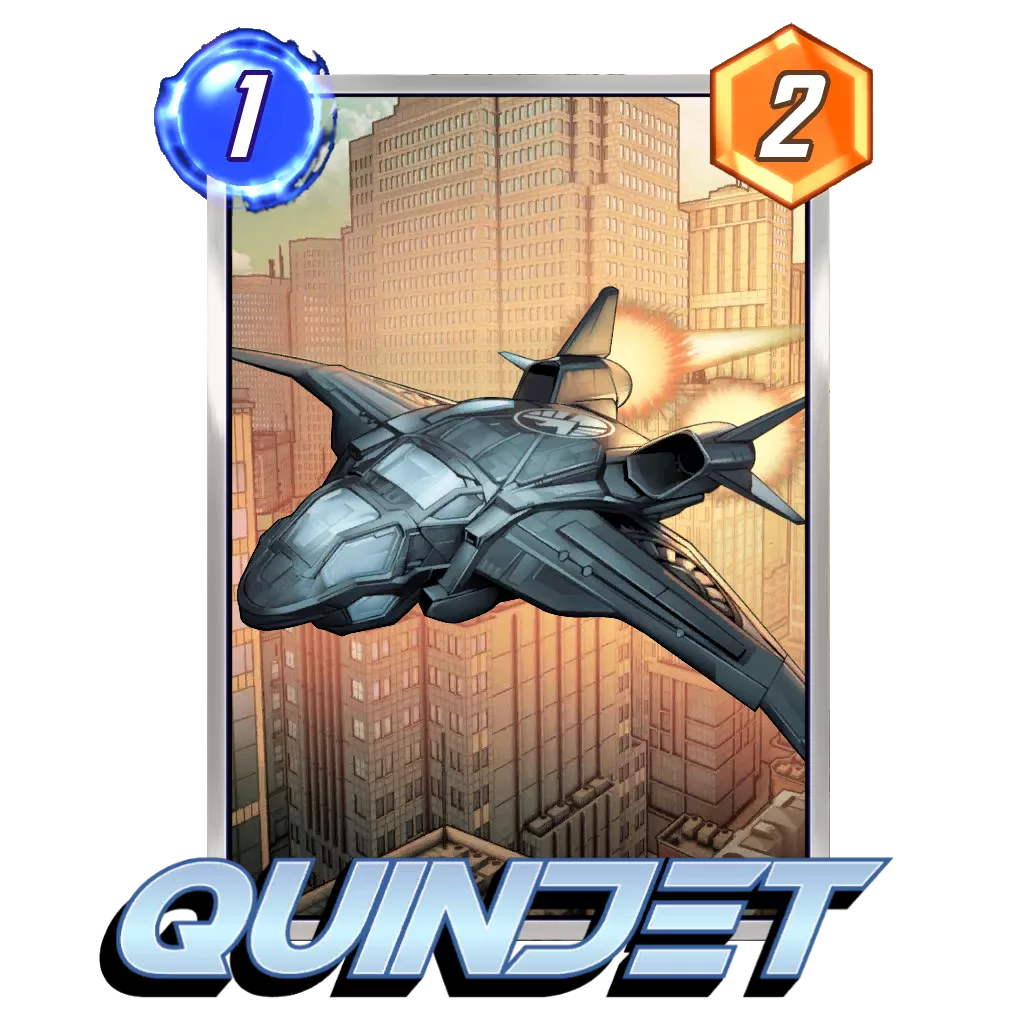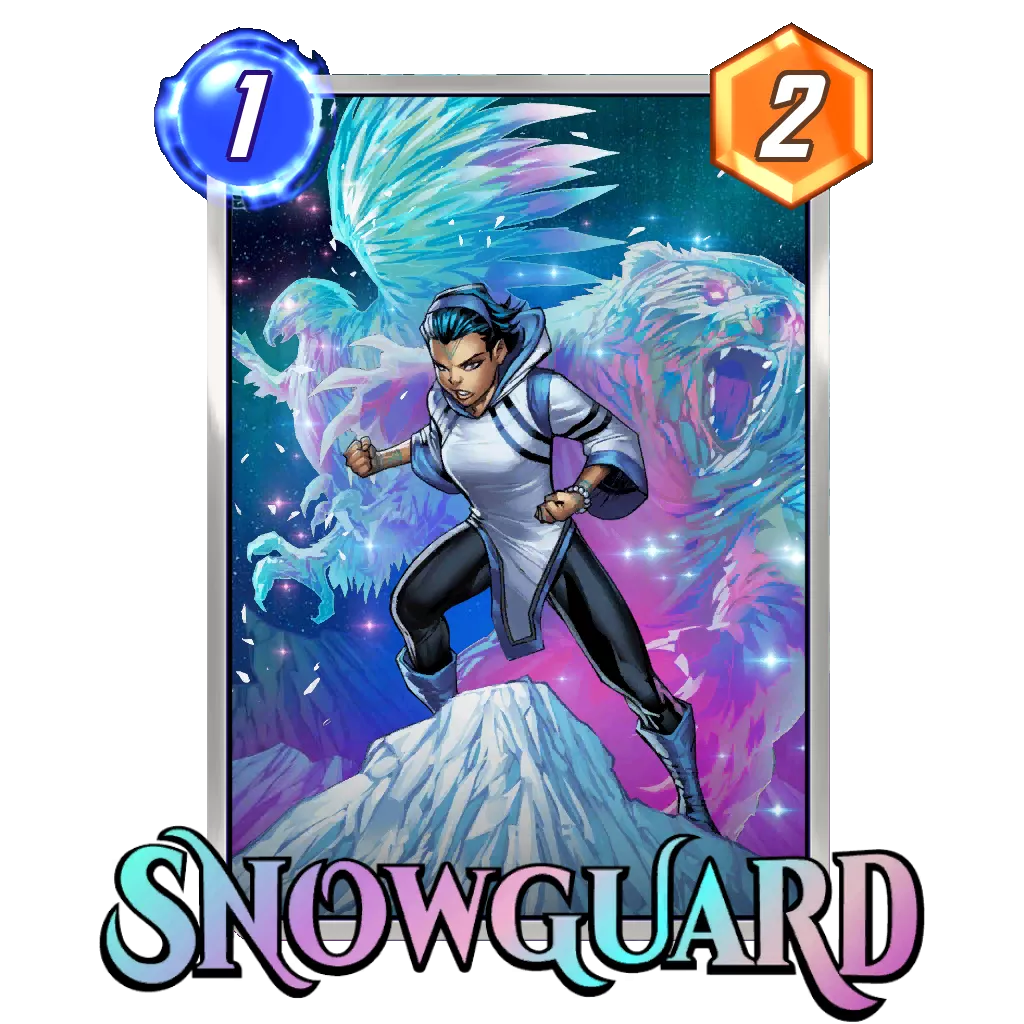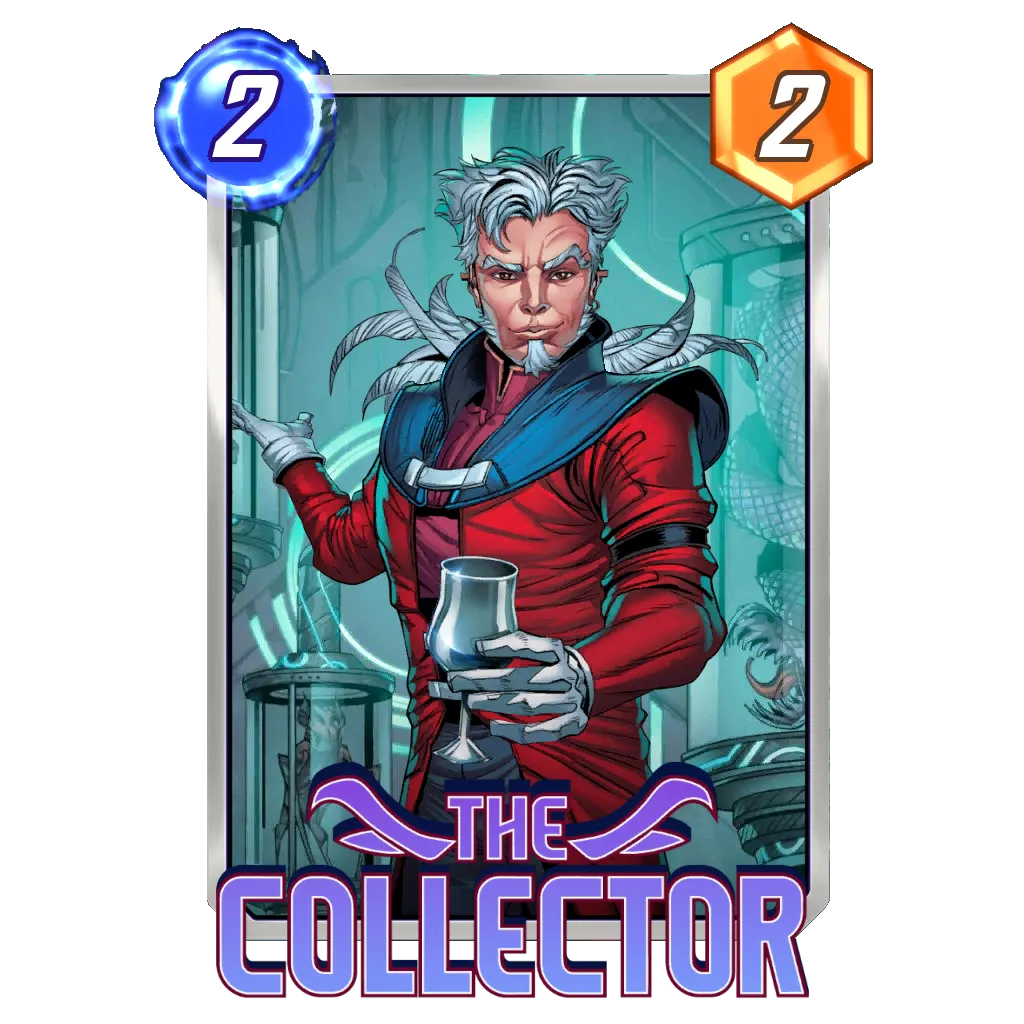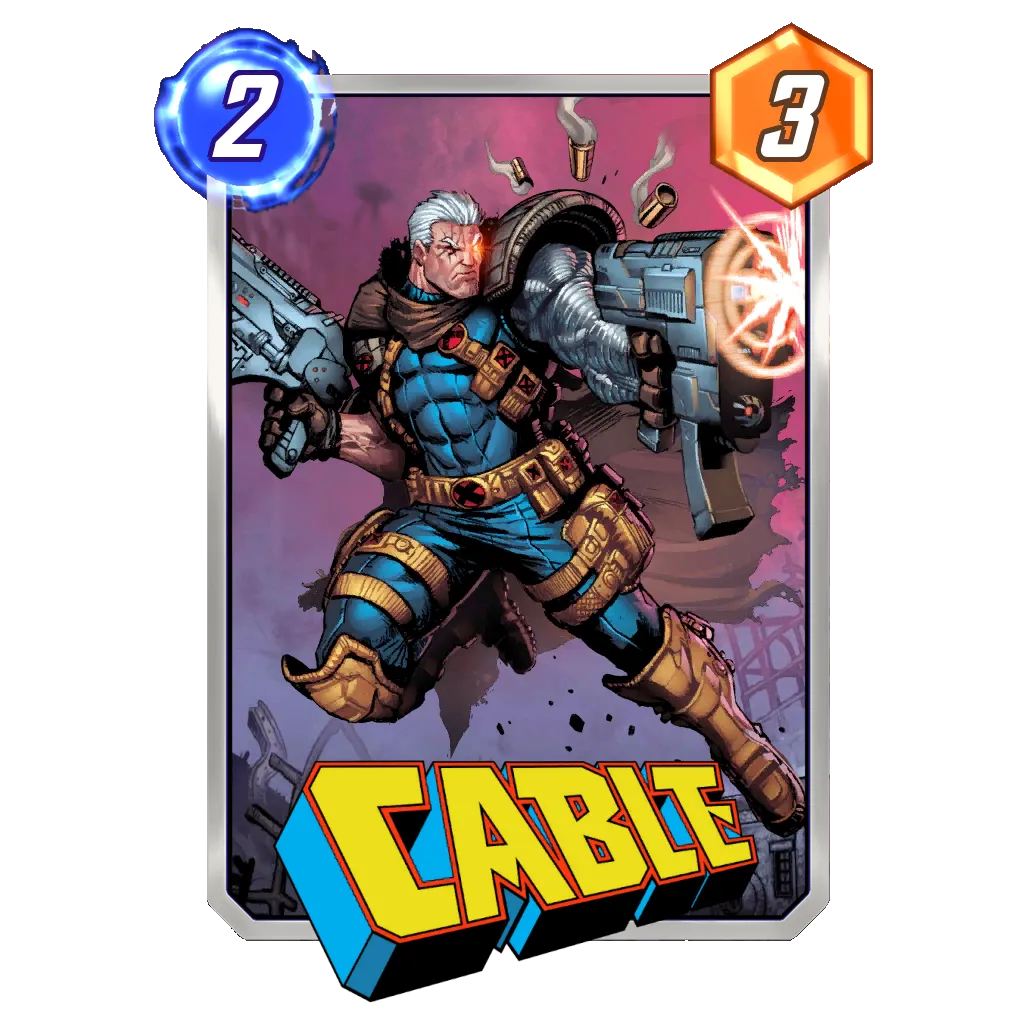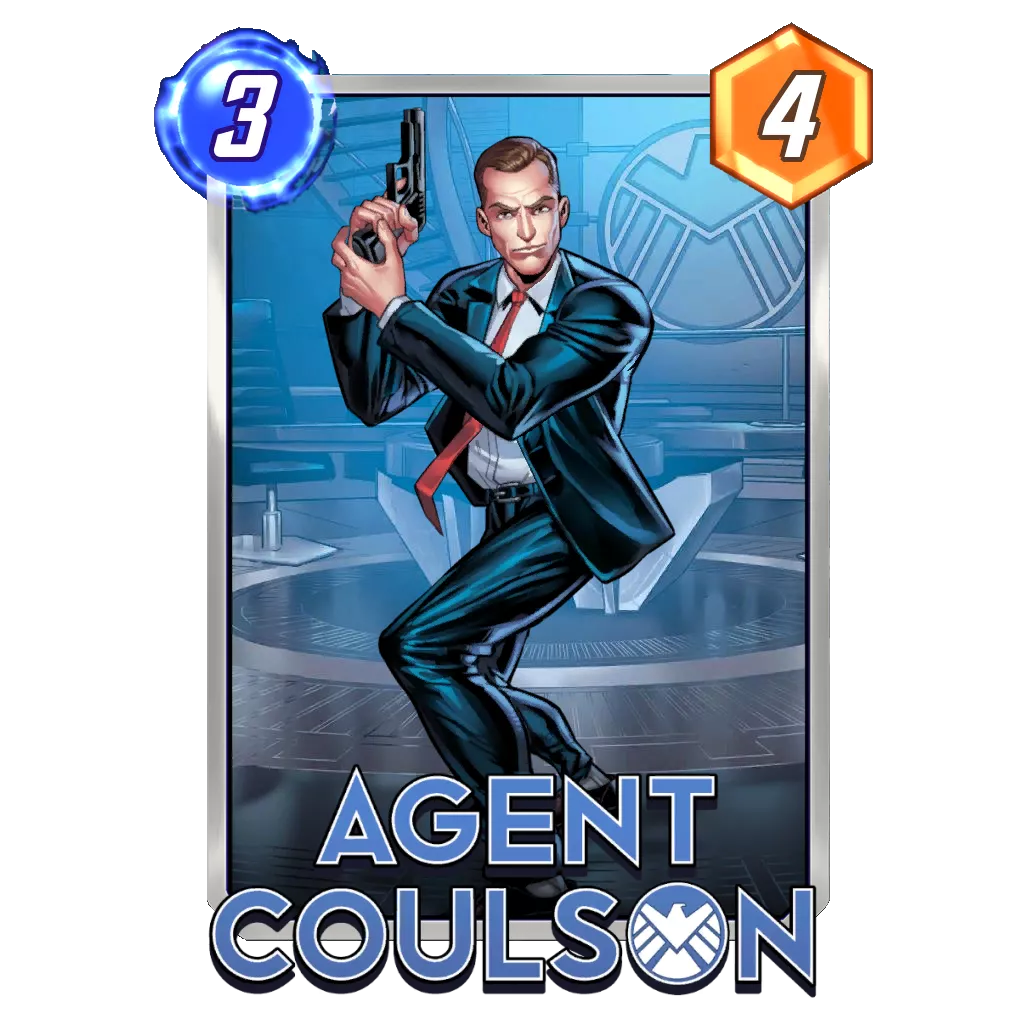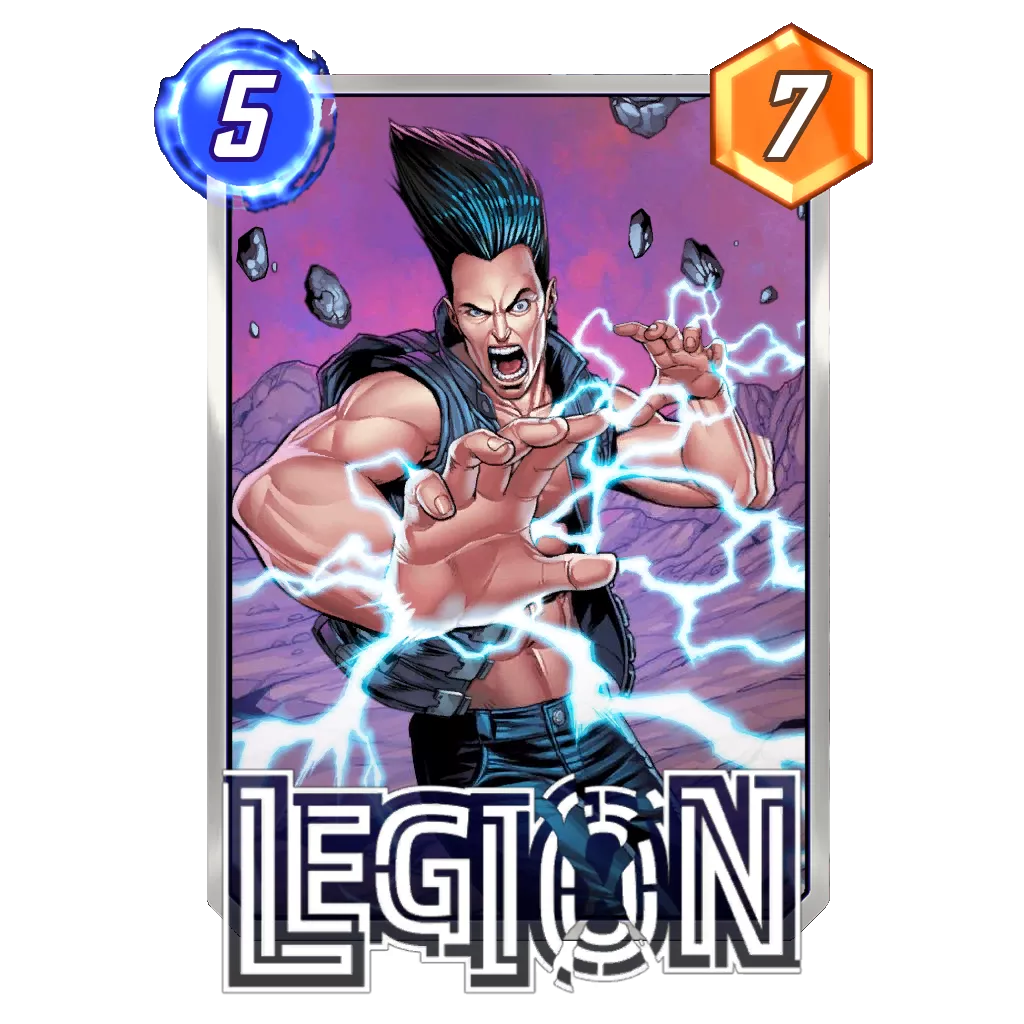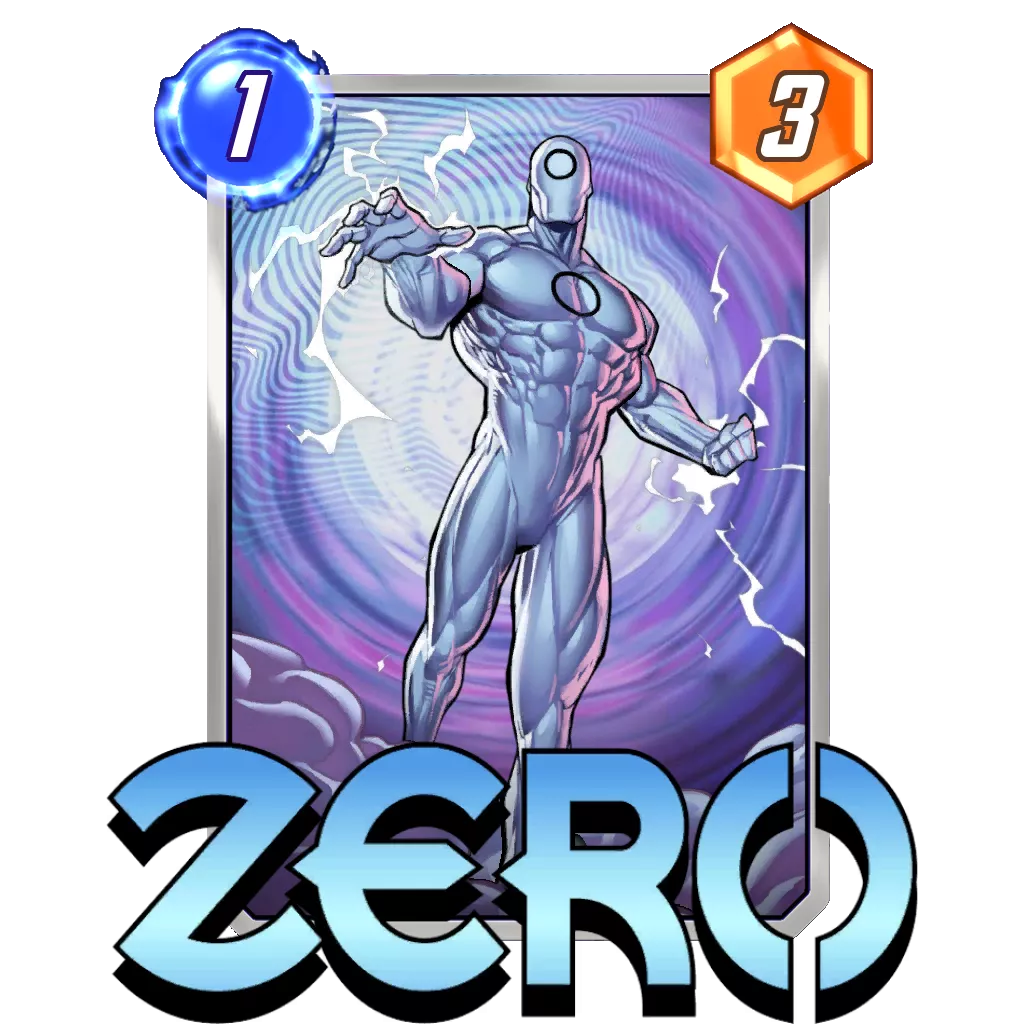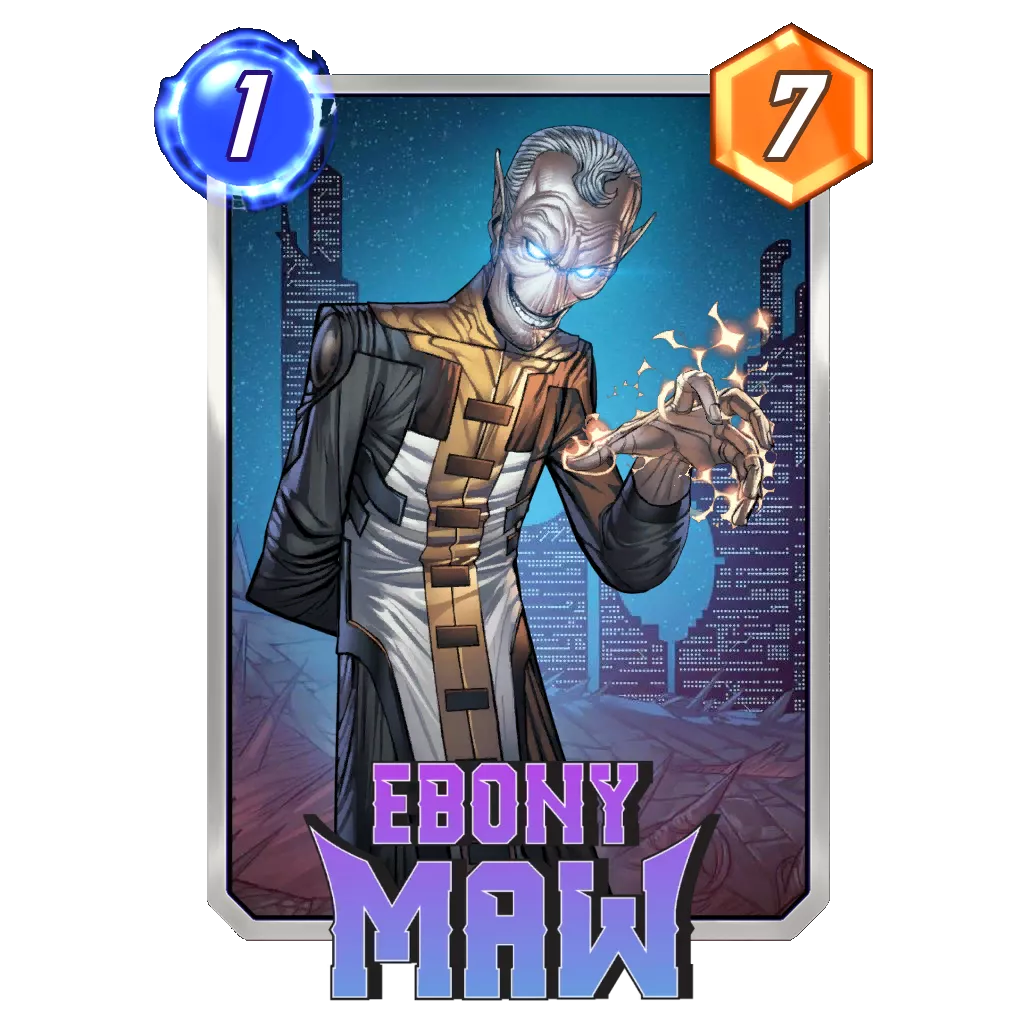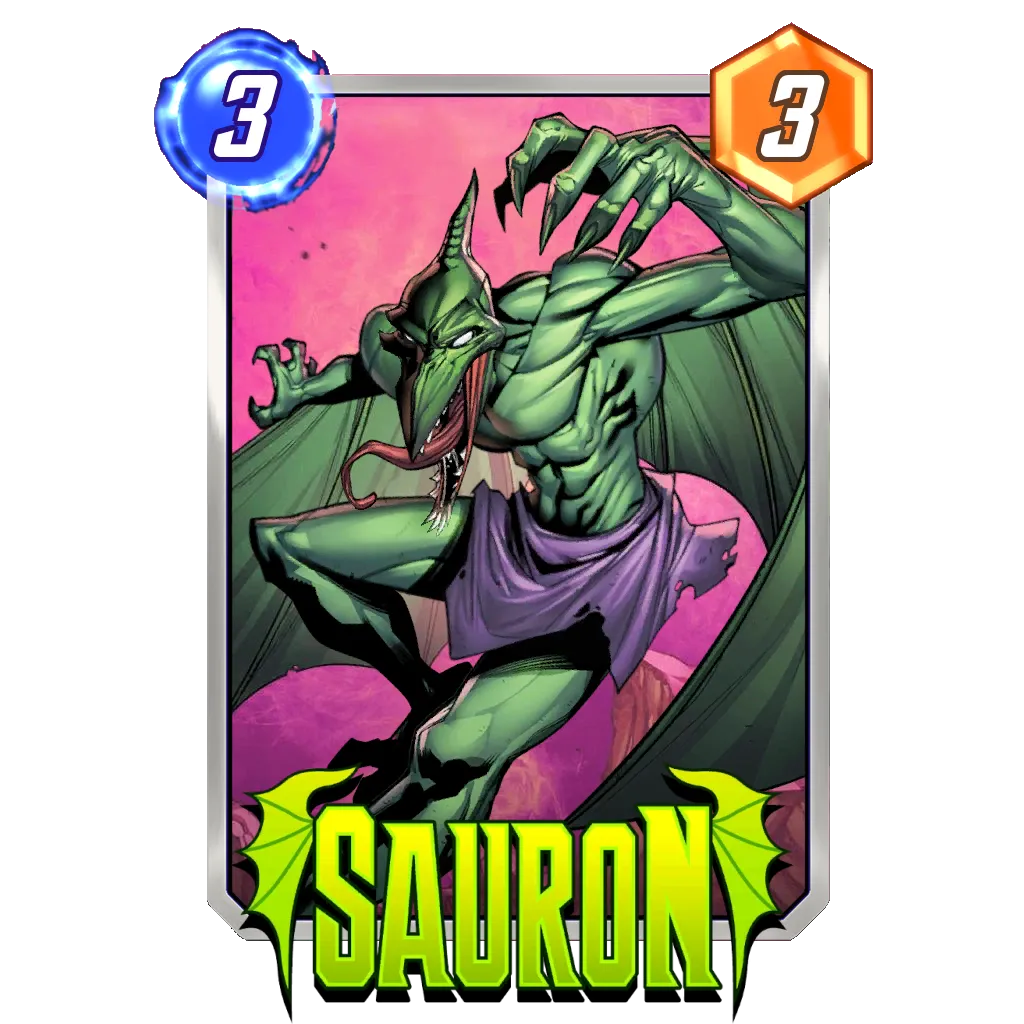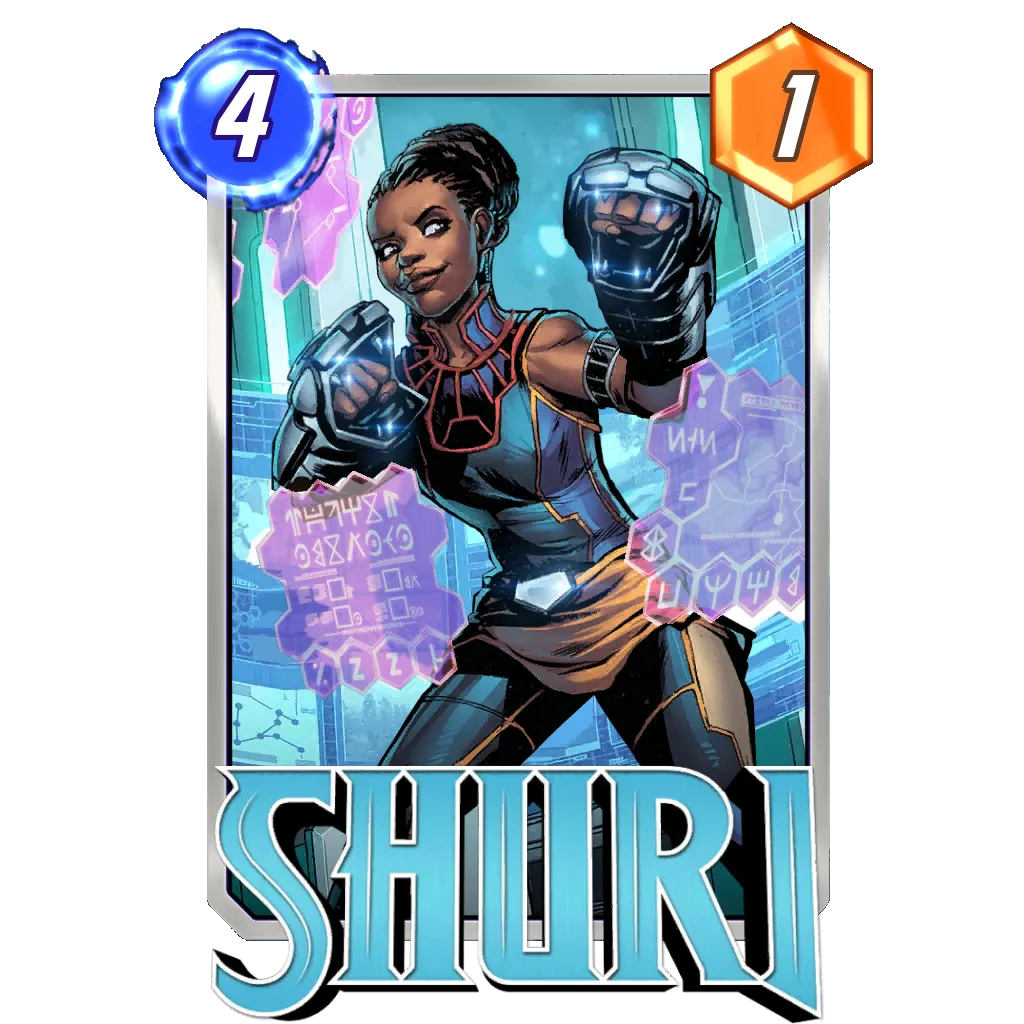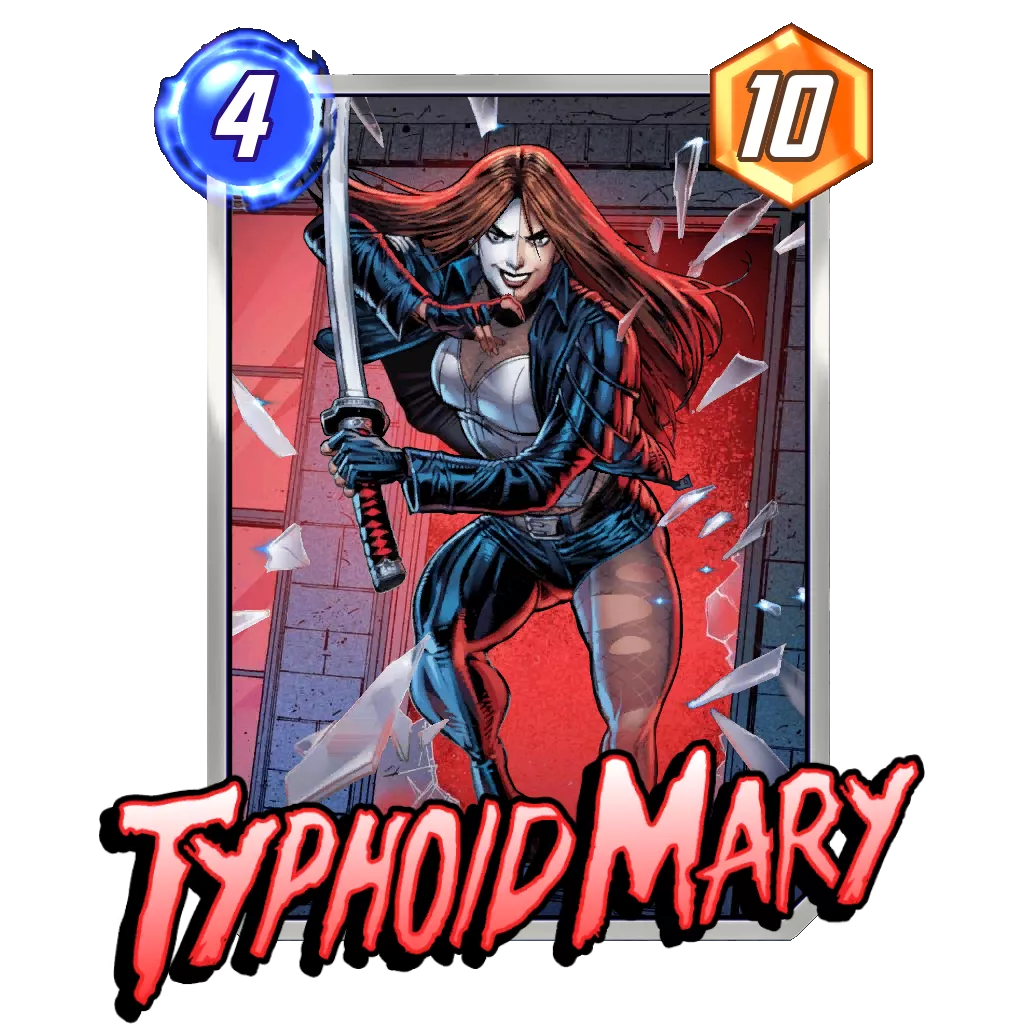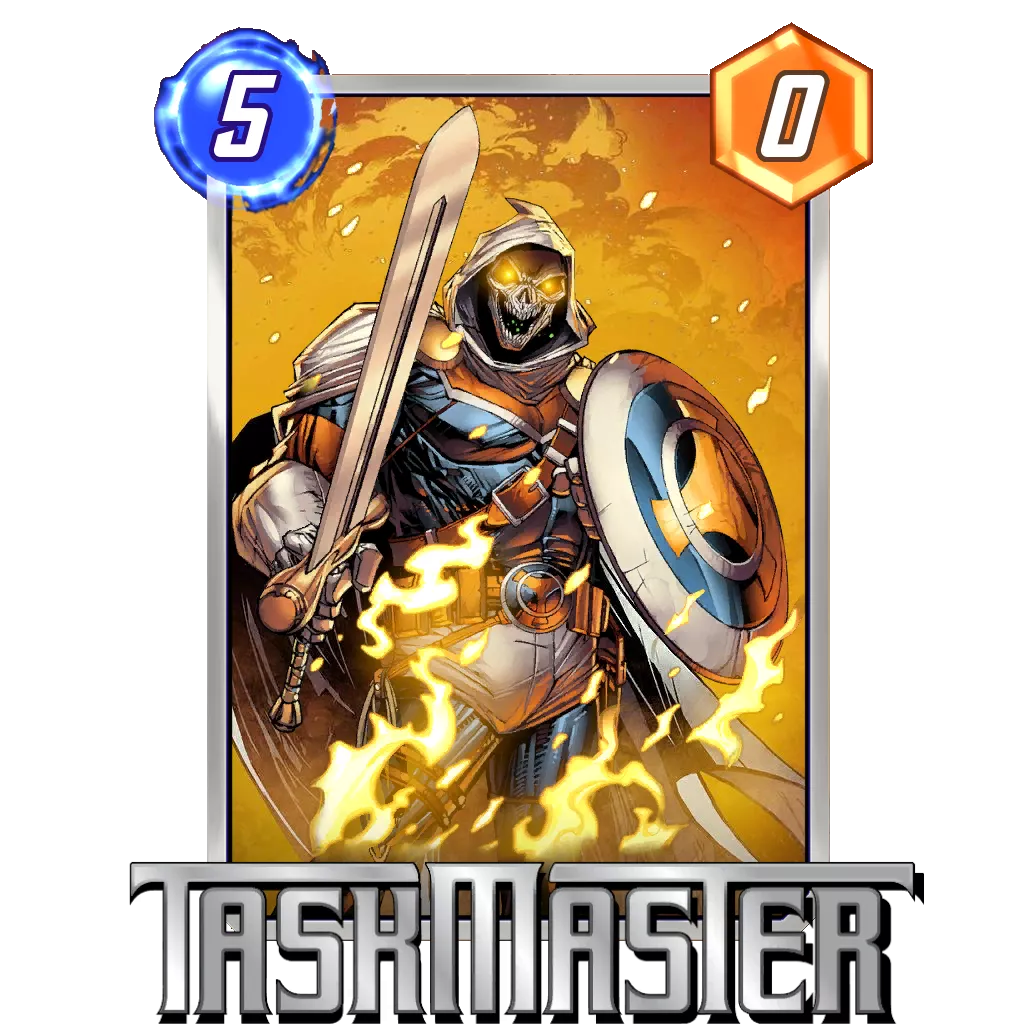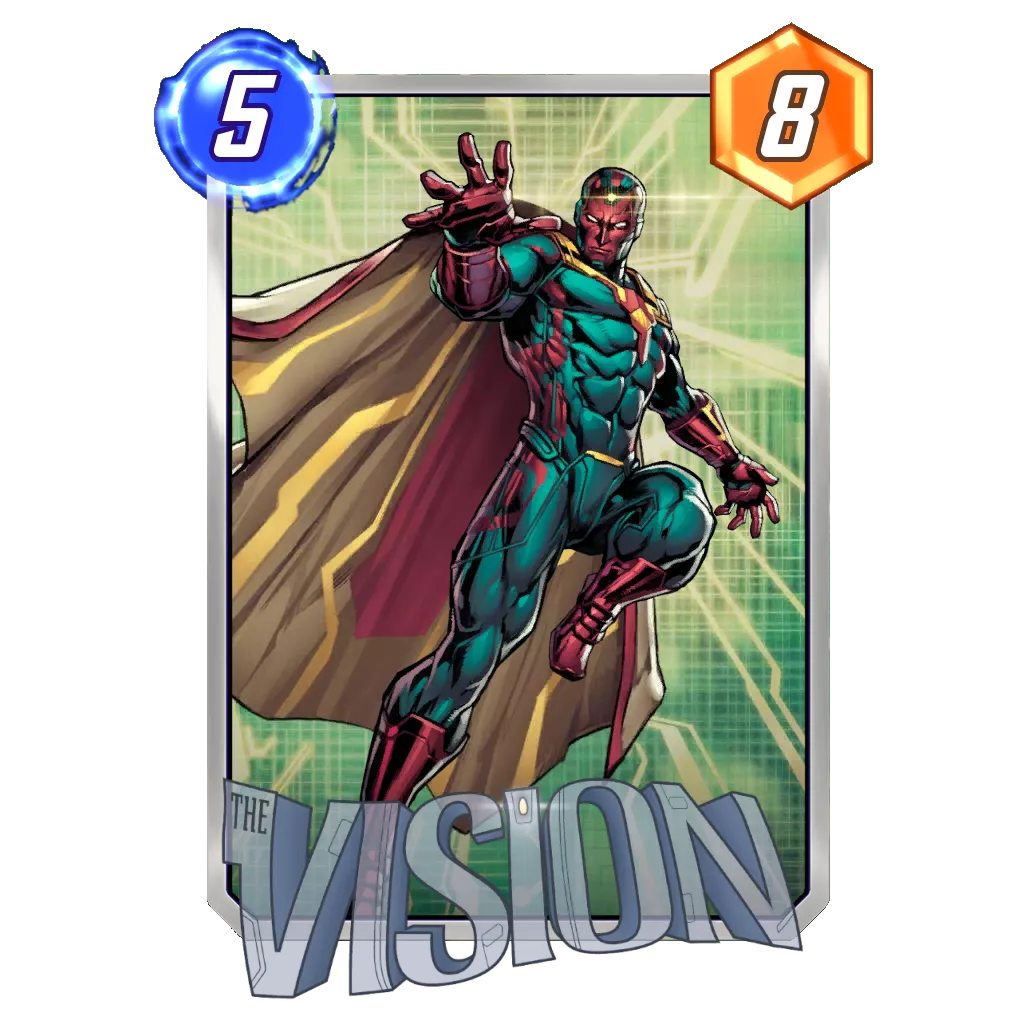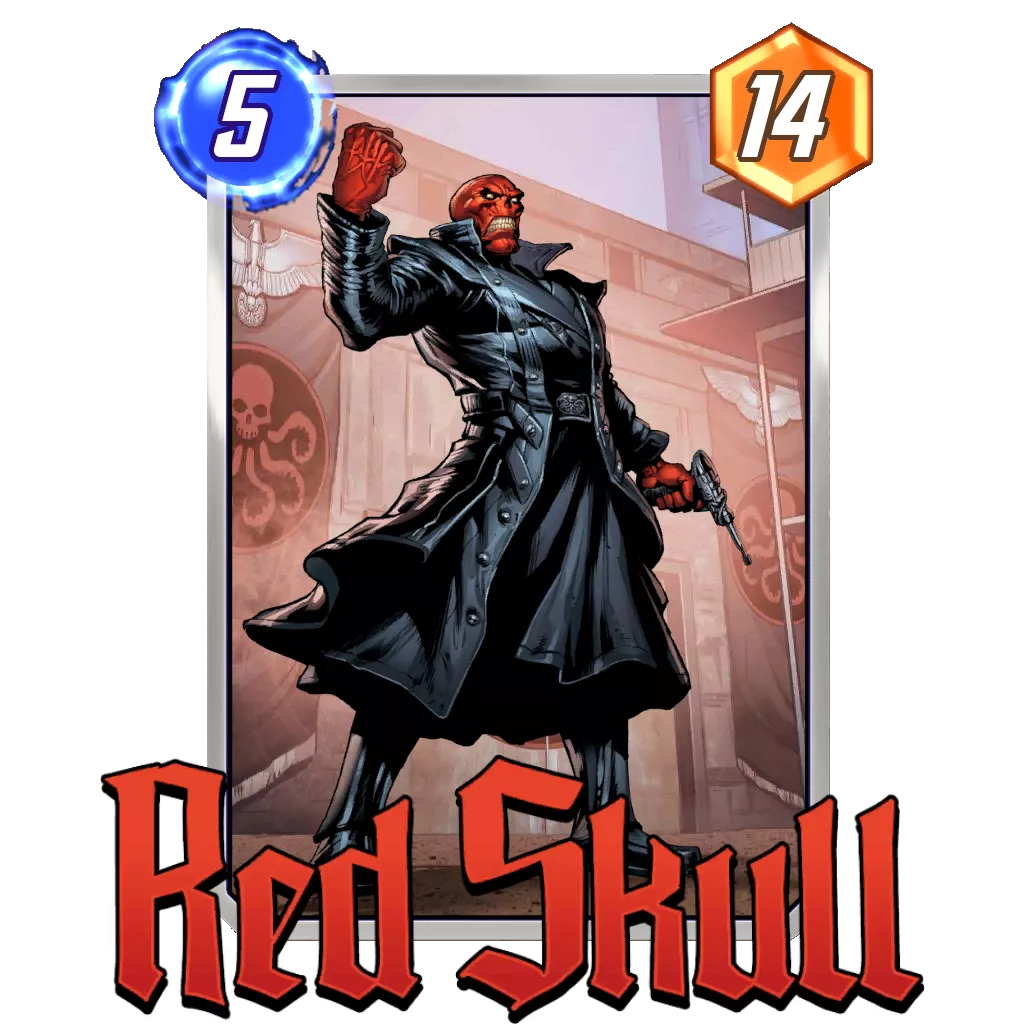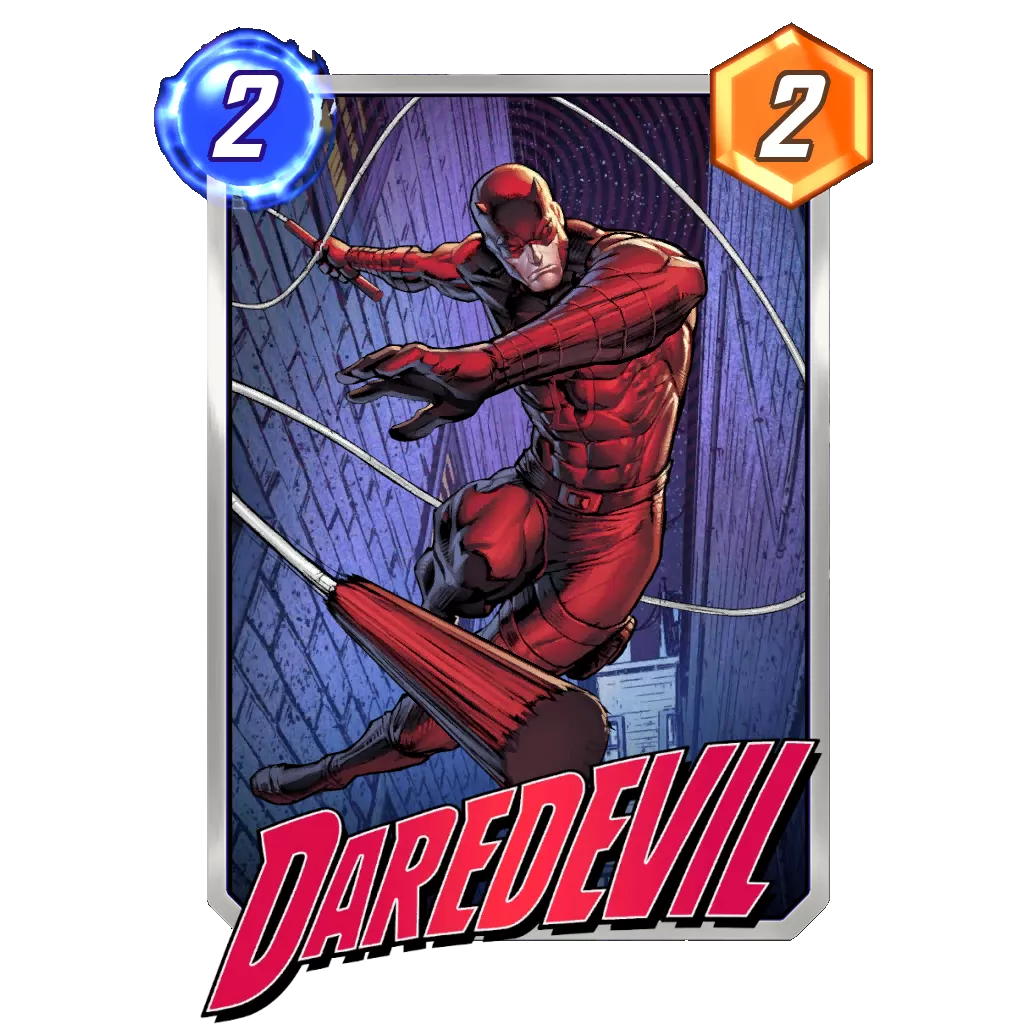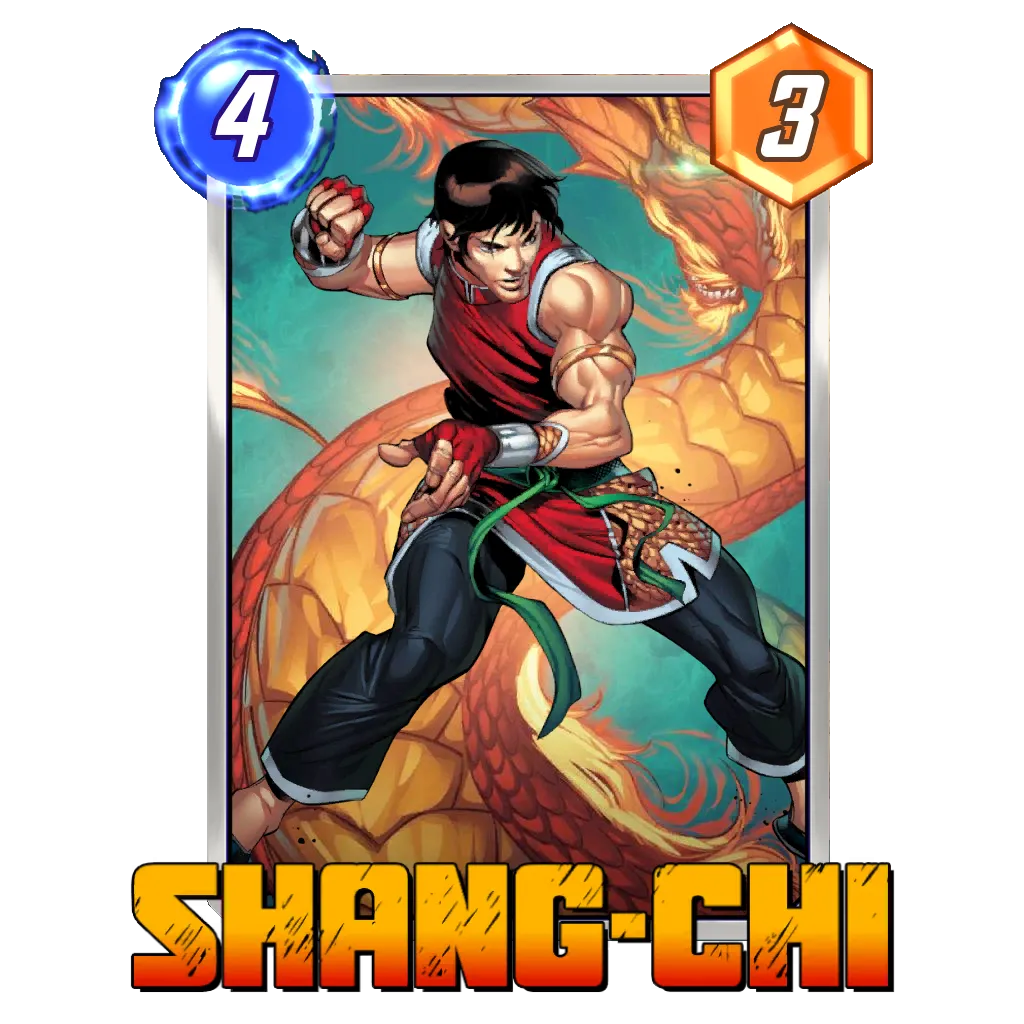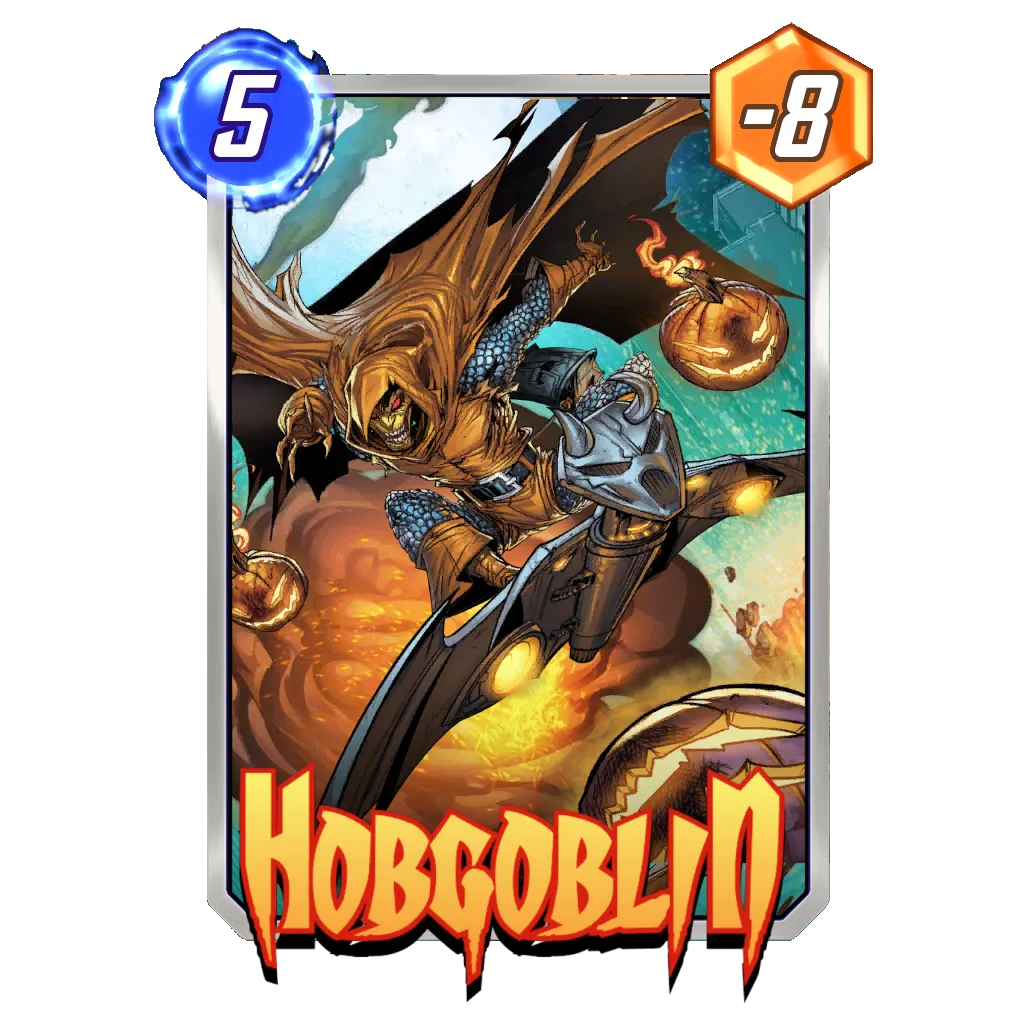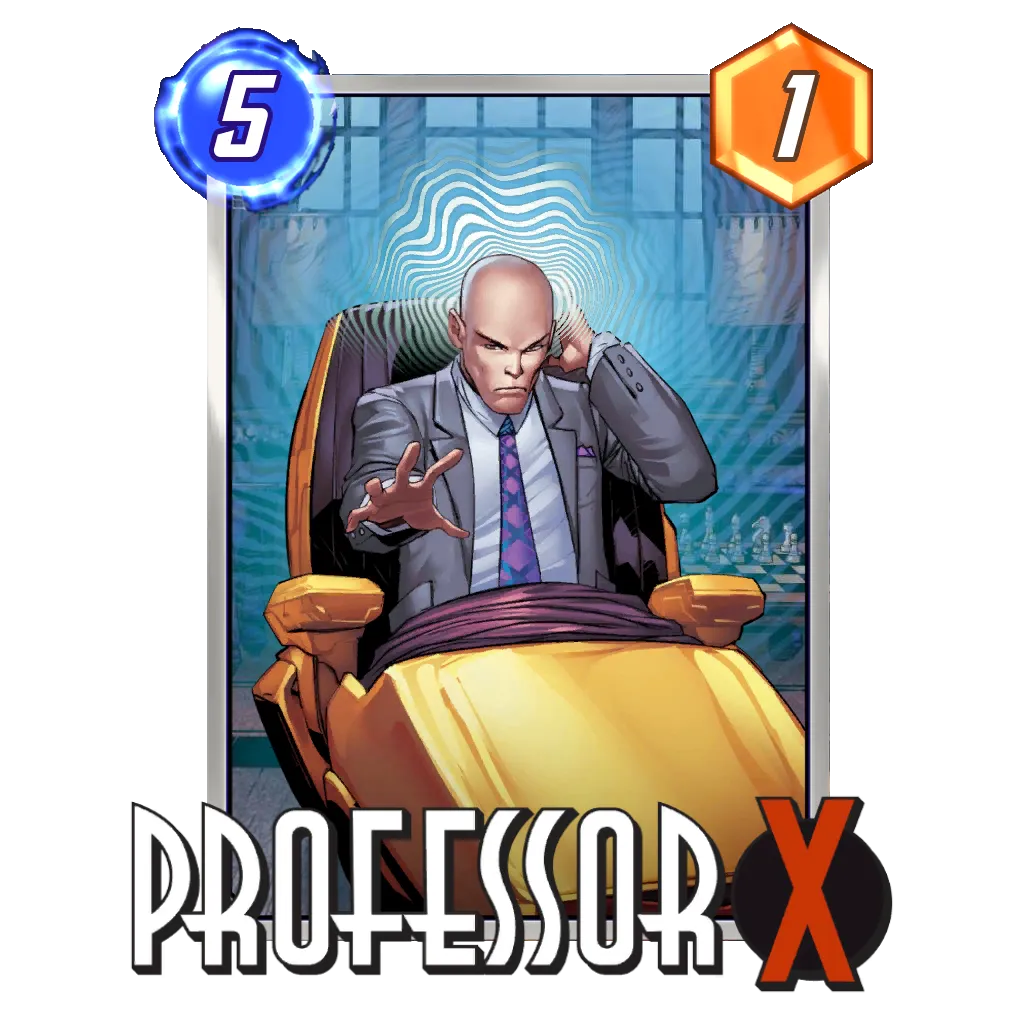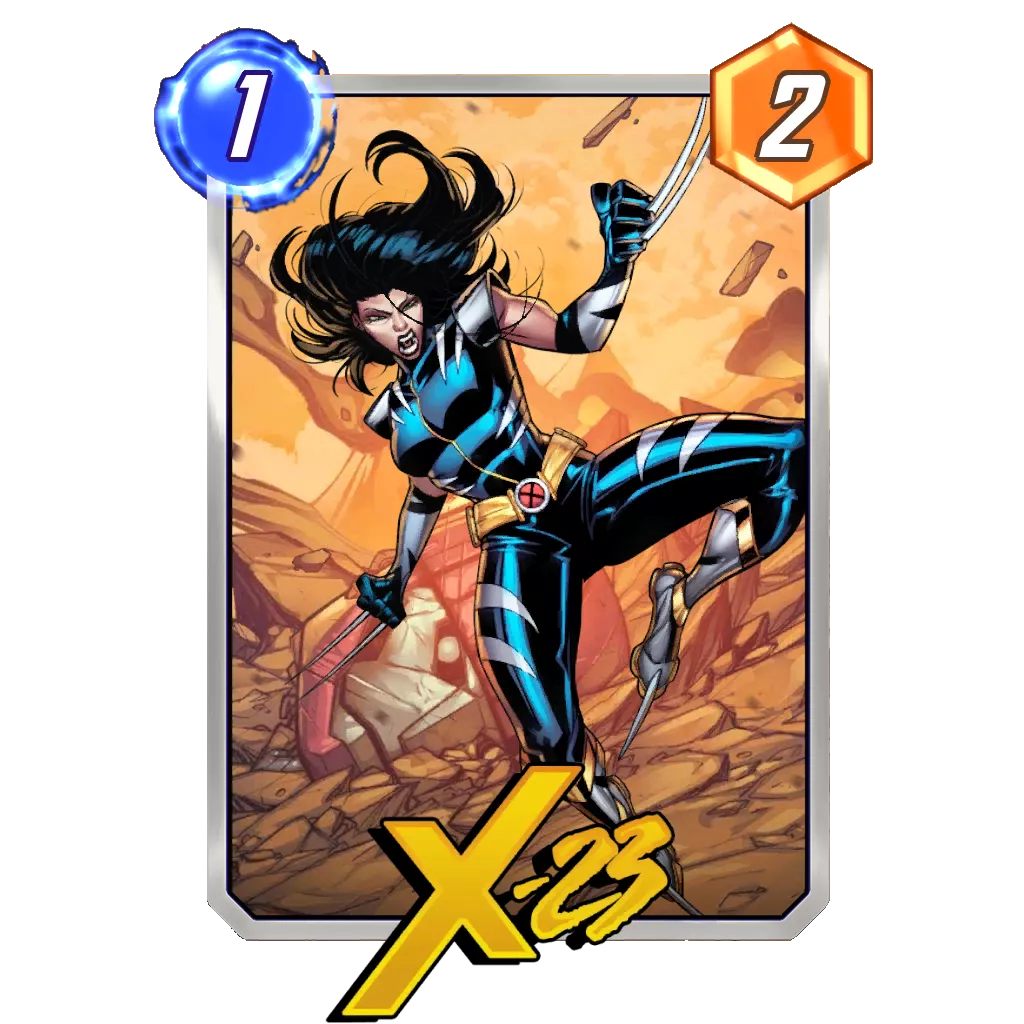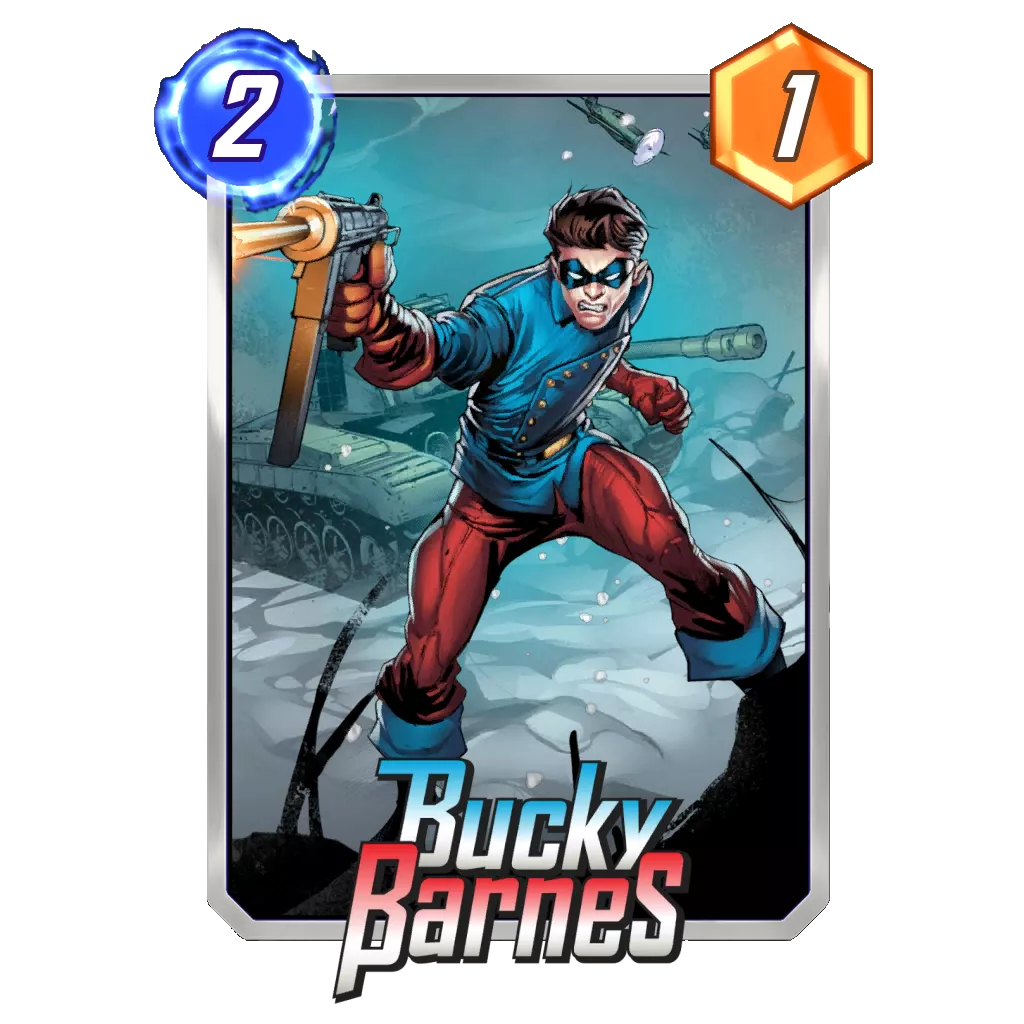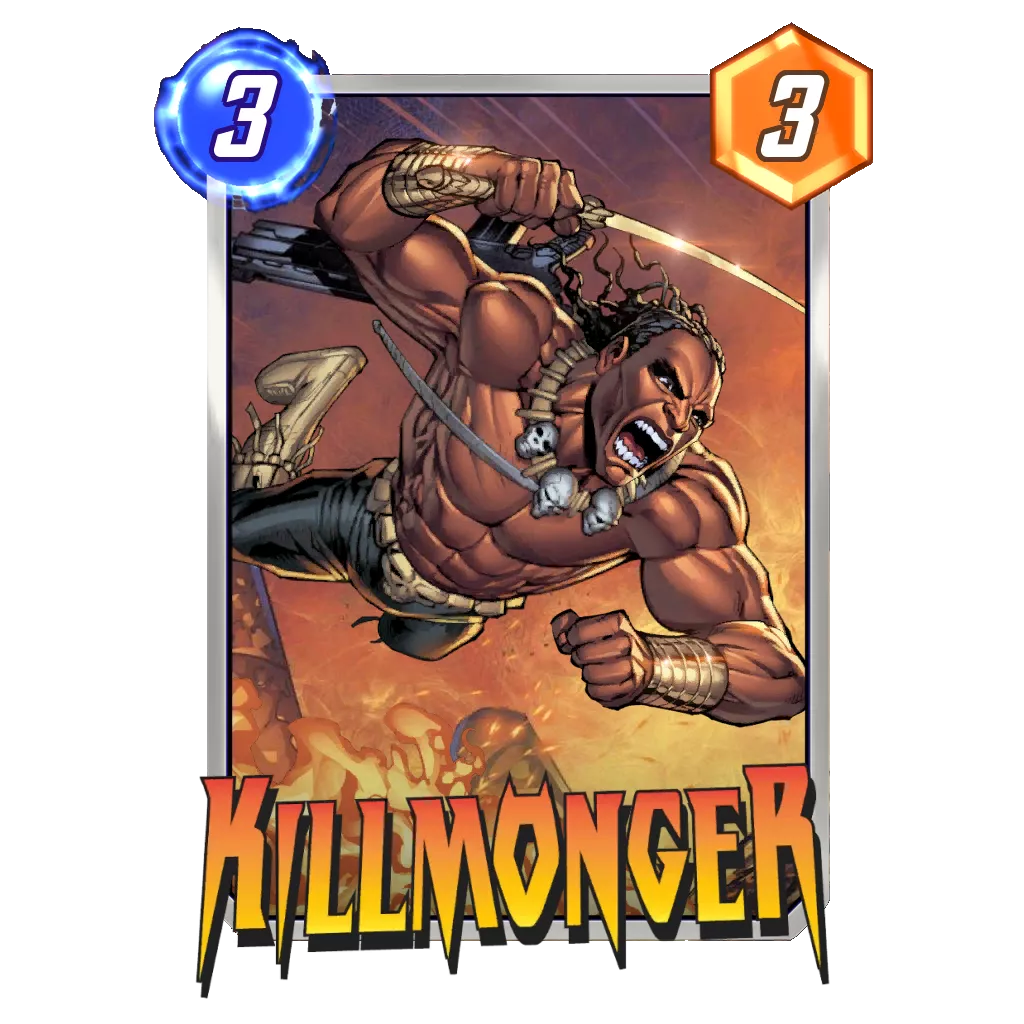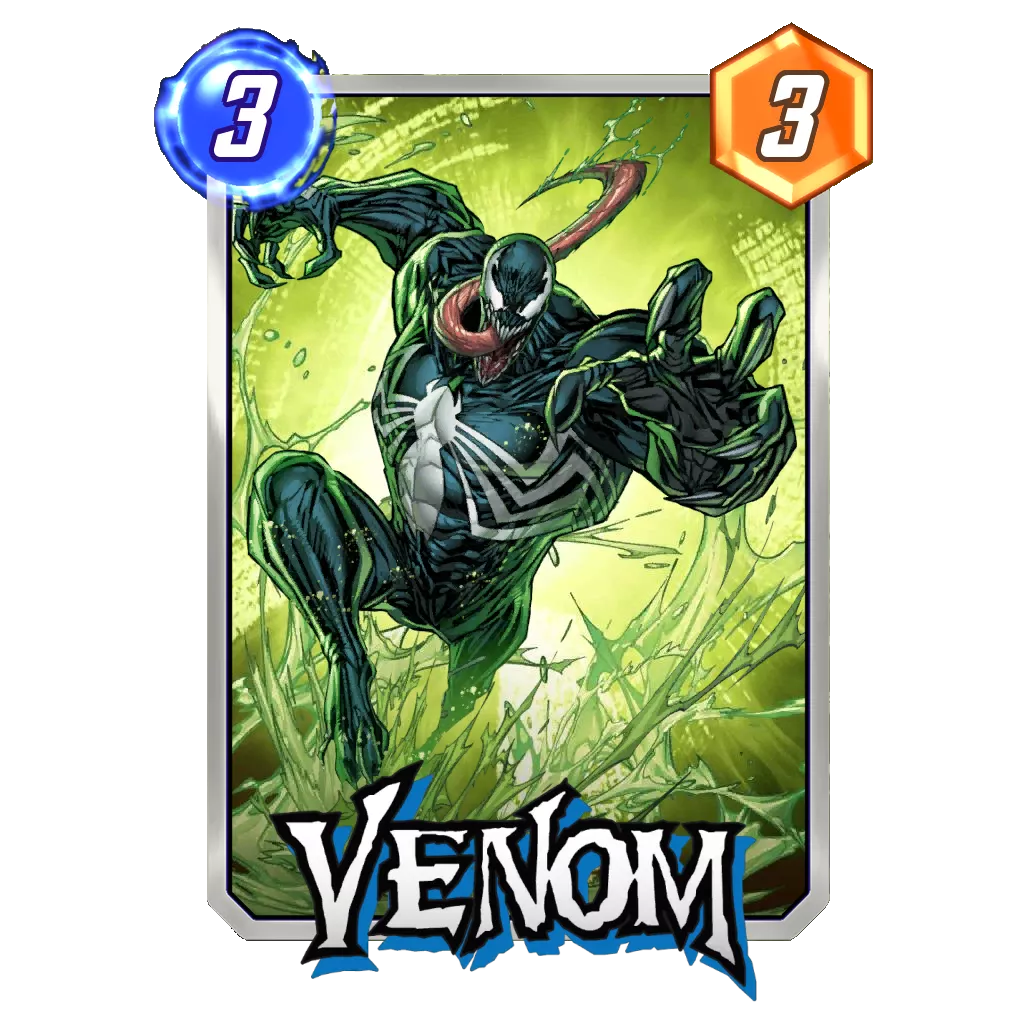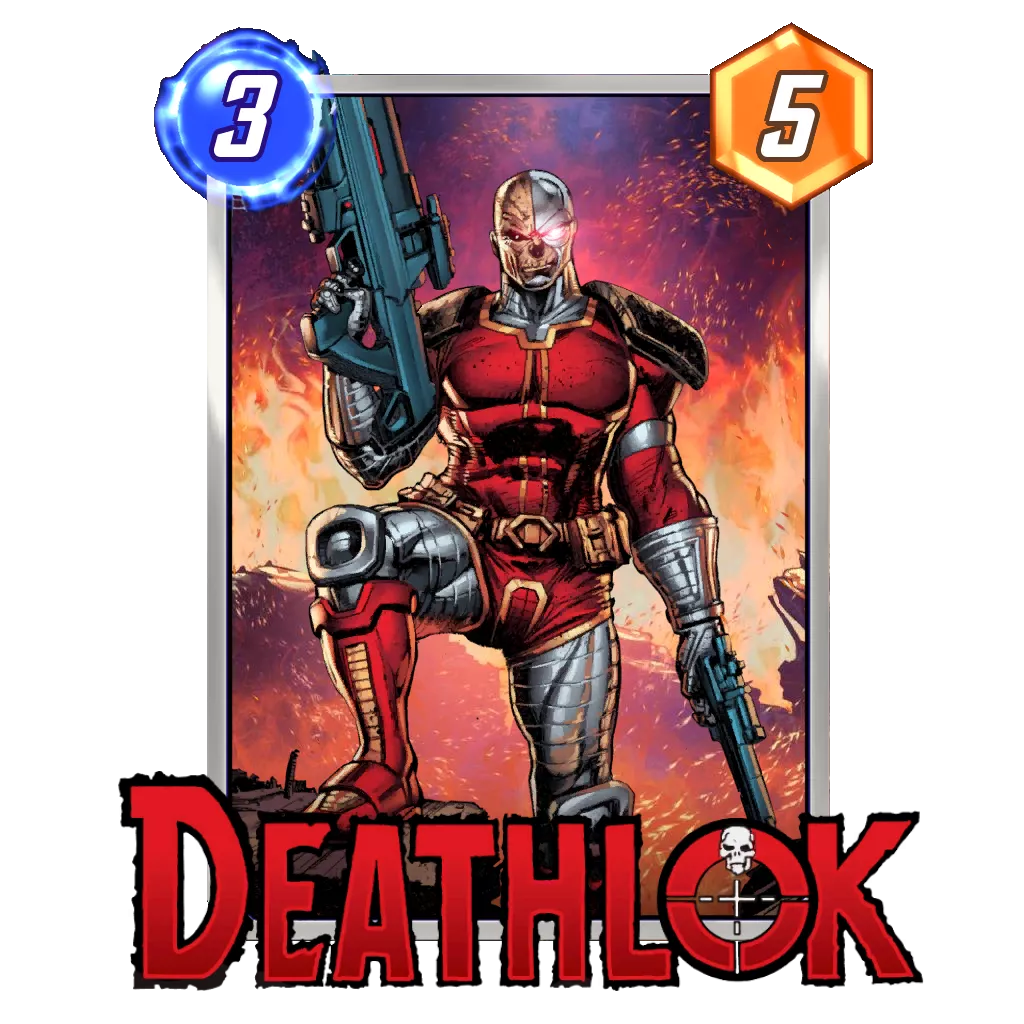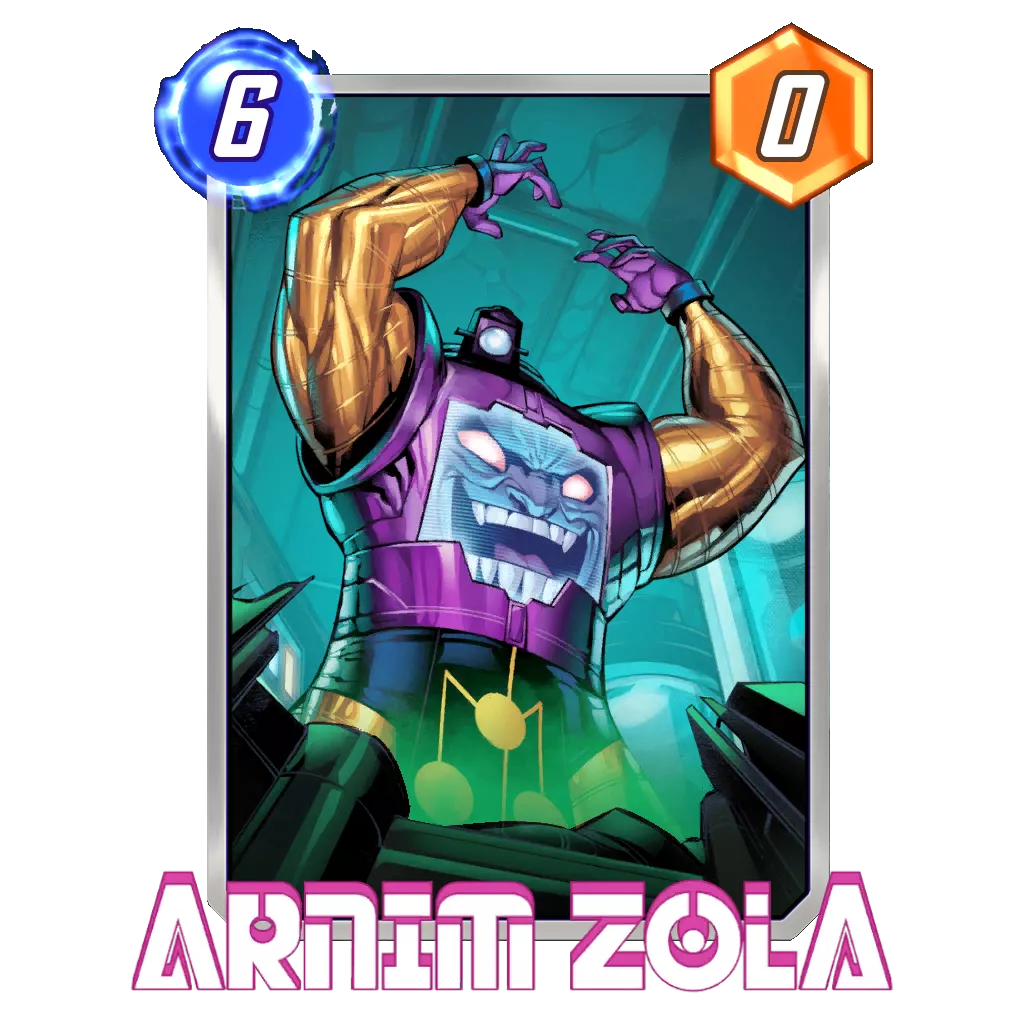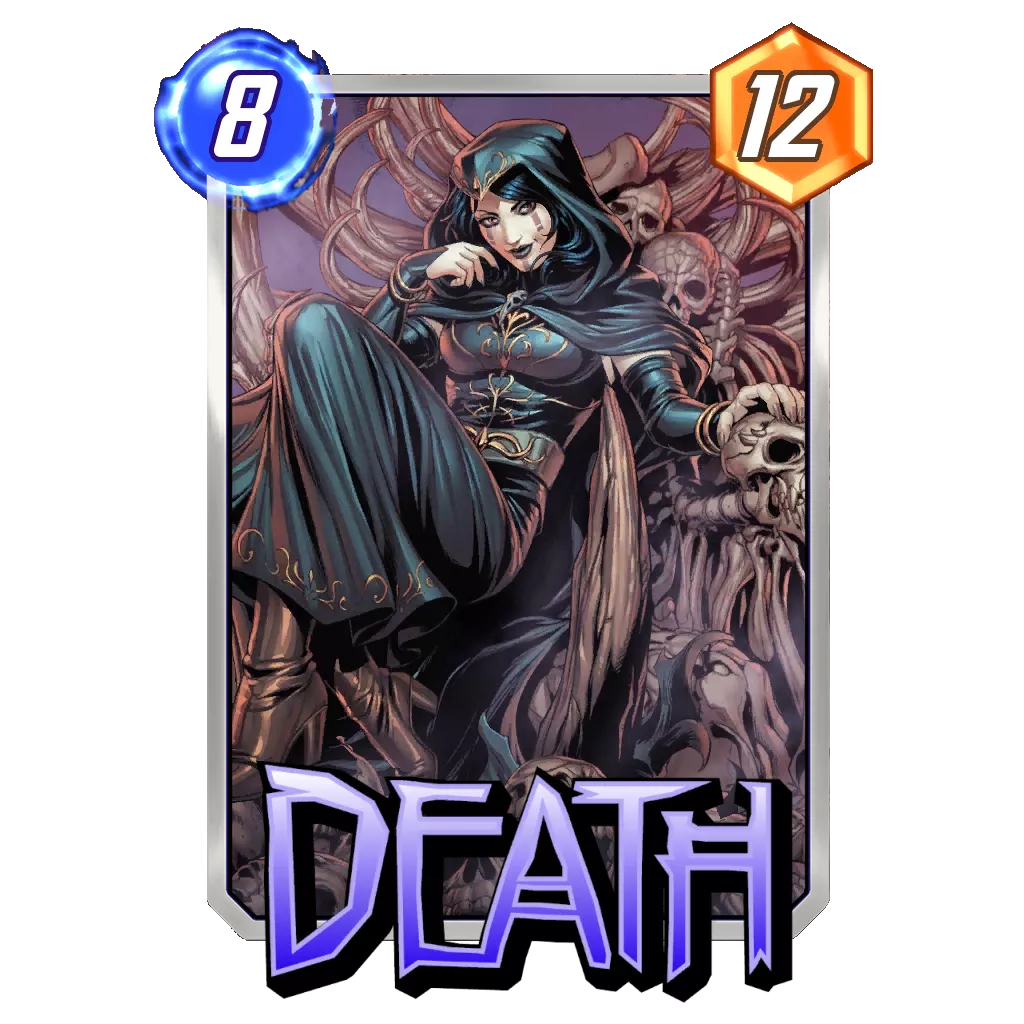Table of Contents
Welcome to our Marvel Snap Meta Tier List for the Ranked Ladder mode! Each week, we review the best decks in the ever-changing Marvel Snap metagame. Then we bring you the decklists, and we provide an in-depth report about them. This report contains information like how their ranks are justified, how to play the decks, and how to build the deck with alternate cards to accommodate different collections.
Marvel Snap Ranked Meta Overview
I know most people are already outraged at the title of this Tier List, especially considering a lot of prominent figures in the community keep saying Loki is the better card in Marvel Snap. But the numbers don’t lie, or, at least, they represent the game in the scope of how everyone is playing right now. Maybe Loki is the best deck in the game, but it doesn’t matter if barely anyone is able to pilot it at its full potential. On the other hand, it seems like most players have understood exactly how to use Alioth, as the card is part of four of the five top decks this week. The only exception is Evolved DoomWave, the number one list, which only uses Alioth occasionally.
We could debate which is the better card. It might be the one that is pushing several decks to the top of the rankings, which is what Alioth is doing currently by helping Ramp, Move, Cerebro 5, and Iron Patriot compete at the highest level. On the other side of the debate, Loki remains one of the best cards in the game. It would probably be ranked higher if this Tier List was solely about the very best players in Marvel Snap. Unfortunately, with Shadow King helping keep The Collector in check, Cosmo appearing in the majority of decks, and Wave limiting how much damage Loki can do, the ranking for the deck seems fair. You might be shocked to see Discard Dracula ranked above Loki Collector, and I wouldn’t fault you for it. However, the highly synergistic nature of the deck, coupled with Alioth not being too good against it, has lead to Discard Dracula finding a niche to exploit in the current environment.
A lot of people are expecting Mobius M. Mobius to come in and magically solve a lot of the problems we have in Marvel Snap. I think we will probably have to wait until Thursday and the OTA to see some significant changes. Indeed, Wave will probably suffer from the arrival of the new 2-Cost, but several decks at the top of our list are flexible enough to stop playing the card if needed, like Patriot and Move.
I know there is quite some frustration around the current metagame. Lots of players don’t feel like they can express much skill apart from picking a side in the Alioth against Loki battle. Nevertheless, it is important to know the intricacies of this environment, especially if you want to make a late season push. Hopefully, this report will help you in that regard, and it might even give you an idea of how to adapt your favorite deck to compete without being forced to play the same list as everyone else!
Happy Tier List, everyone!
Marvel Snap Ranked Meta Tier List
| Tier | Deck | Guide |
|---|---|---|
| Tier 1 | Evolved DoomWave | Guide 🆕 |
| Tier 1 | Ramp 🔼 | Guide |
| Tier 1 | Move DoomWave 🔼 | Guide |
| Tier 1 | Cerebro 5 🔼 | Guide |
| Tier 1 | Iron Patriot 🆕 | Guide |
| Tier 2 | Discard Dracula | Guide |
| Tier 2 | Loki Collector 🔽 | Guide 🆕 |
| Tier 2 | Shuri | Guide |
| Tier 2 | Galactus | Guide |
| Tier 3 | Deadpool Destroy | Guide |
| Budget | Ongoing Kazoo | Guide |
| Budget | Devil Dinosaur Destroy | |
| Budget | Swarm Discard Aggro | |
| Budget | Ongoing Two Locations | |
| Budget | On Reveal Control | Guide |
| Budget | Big Cards |
Disclaimer and Tier Explanations
In order to be featured here, a deck needs to represent at least 1% of the current environment and have a positive cube average using data from our Marvel Snap Tracker. If a deck showed great performances with a very limited presence in the metagame, you can find it in the Silent Performers section. There, I will highlight decks with an excellent Cube Ratio but too little of a sample size to be representative of their real strength.
Decks not good enough to be considered contenders but with a good representation will be ranked in Tier 3 or 4 in our chart, and they won’t have their own dedicated write up here (but they may be transferred to the main Tier List section). See those builds as decks that are good to know about, as you should face them when playing Marvel Snap. However, unless the metagame changes or a new variation of the build emerges, these decks are a notch below the dominant ones in Tiers 1 and 2.
Silent Performer: Decks with a very little presence in the metagame that still showcase a Cube Average and Win Rate worthy of a Tier 2 deck (or better). Often times, these can be archetypes with some nice game play that have been left unchecked in the current environment, or decks on the rise that found a few good match ups to abuse.
Tier 1: Tier 1 represents decks with all the upsides we would be looking for to rack up Cubes. They have good match ups in the current metagame, offer different play patterns during a match, and often have the ability for explosive or surprising turns. These should be decks worth investing into in order to climb for the coming week.
Cube Average > 0.4
Tier 2: Tier 2 are very good decks but with a weakness holding them back – either not being as reliable in its draws as Tier 1 decks, countered by another popular deck, or still being a work in progress as you read this. A good pilot could probably take these and have the same results as with a Tier 1 deck, but their play patterns are more difficult to enact compared to the tier above.
Cube Average > 0.25
Tier 3: This tier is made of decks that have a pervasive issue compared to Tier 1 or Tier 2 decks. Usually, Tier 3 will be a mix of decks on the rise that don’t have much data, old archetypes on the decline, decks that require substantial experience and/or knowledge to pilot properly, powerful decks that aren’t well positioned, or niche decks.
Cube Average > 0.15
Tier 4: Off-meta decks that have fallen off in recent times, or counter picks that rely on specific match ups to stay afloat competitively.
Cube Average > 0.00
Budget: Decks that consist only of cards in Pool 1 and 2 that are still capable of competing with an experienced pilot in a similar Collection Level, Rank, and MMR range. See our matchmaking guide for more details.
Meta stats and analytics directly from our Marvel Snap Tracker can also be found here.
Tier 1
Evolved DoomWave
Rank Justification:
The originator of the Doctor Doom and Wave duo this season has kept its spot at the top of the rankings – even without Alioth a part of the best performing list (which is explained by Evolved Hulk already being the alternative 6-Cost card). The big reason for this is Wave being so much better in this deck compared to others based on the same concepts. Indeed, if you only use three energy on Turn 5, you still trigger Sunspot, Evolved Cyclops, and/or Evolved Misty Knight, all of which will activate against on Turn 6 when you only spend four energy.
For the other decks, missing out on the energy can be bigger than it seems. Unless Wave derails the opponent’s game plan for the last turn, the card isn’t much of an upside for Move or Patriot since they could have developed much more power on Turn 5 instead.
With that in mind, it seems like no other deck has found a way to abuse Wave and Doctor Doom (and sometimes Alioth) as well as Evolved DoomWave has. Plus, Armor and Cosmo are great ways to make sure Alioth won’t be a problem for Evolved Hulk, which will win the points battle against an opponent with America Chavez as their highest possible output on a lane.
How to Play:
Similar to other High Evolutionary decks, Evolved DoomWave tries to create power while not spending all of its energy every turn. If you have Evolved Hulk in hand, one energy is worth two power, plus the other bonuses you would get from the cards you have on the board. If you have at least two of your four cards (Sunspot, Evolved Misty Knight, Evolved Cyclops, Evolved Hulk), it is usually worth looking for a play that leaves an energy to spare. Otherwise, Sunspot or Evolved Misty Knight alone are rarely worth the deal of one energy for one power.
More often than not, the turns you are likely to leave some energy on the table are Turns 4 and 5, which are typically dedicated to Evolved Cyclops and Wave, respectively. Turns 2 and 3 will depend on your hand, but you tend to play a 1-Cost, 1-Cost, 2-Cost pattern over the first three turns. Then, you will naturally float some energy on Turn 6 if you played Wave.
Outside of this signature High Evolutionary game play, the rest of the deck is centered around Wave limiting what can be done on Turn 6, which usually rewards the player in the lead. By that point, you have two options: go tall with Evolved Hulk, or go wide with Doctor Doom. Considering you run America Chavez, this choice is usually set in stone by Turn 4, or Turn 5 if you are still missing a key card. This makes it easier to craft a game plan where your big 6-Cost card can be at its best and seal the deal.
Another big strength of this deck is its ability to play into any kind of location and impact those that have been locked during the whole match. Indeed, with Jeff the Baby Land Shark and Doctor Doom, you can easily reach any location. Then, Sunspot, Evolved Misty Knight, and Evolved Cyclops are also able to impact a location after it’s impossible to play there, like after Professor X has locked it down. In that regard, knowing early on where your opponent might be playing some of their space limiting cards can have a big impact on the match.
Potential Additions:
Alioth, Storm, and Legion are three cards you might want to try, or at least keep in mind for this deck. Still, the basic build has been the best performing one throughout most of September.
Alioth Ramp
Rank Justification:
If this Tier List was only centered around the top 1,000 players, Ramp would probably be the worst of the Tier 1 decks – maybe even part of Tier 2. However, on a larger scale, the deck is the easiest one to pick up and play for a lot of players, which naturally helps it post a solid performance. Also, Ramp makes it quite easy to figure out your Snaps and Retreats, something that helps boost the Cube Ratio of an otherwise average Win Rate.
In a Marvel Snap game where priority can mean absolutely everything (considering it dictates a lot of interactions around Alioth, Cosmo, and Leader), Ramp tends to struggle whenever Nebula and Jeff the Baby Land Shark aren’t drawn, and it’s forced to take a lot of risks as a result. Snowguard can help by providing a play for Turn 1 and Turn 2, but it would likely mean removing either Leader or Galactus.
If everything goes according to plan, Ramp is fully deserving of its spot as the second best deck in the game. The question you might want to ask is “how often is the plan working?” And, subsequently, how much are you willing to risk so that the games that matter help your climb?
How to Play:
The first three turns with a Ramp deck usually are very simple to figure out. Nebula, Jeff the Baby Land Shark, and either Electro or Wave is the default pattern (as long as locations do not open other possibilities). The defining moment is when you play Wave or Electro and pick what your late game will look like:
- Play Galactus and try to dominate on one lane.
- Play Doctor Doom or Leader, both of which are great with Odin as a follow up to make sure you get points everywhere.
In both scenarios, Alioth can really shine. Obviously, the card is seen as the best follow up to Galactus. But, as long as you can figure out which lanes are out of reach or don’t require more investment from the opponent, Alioth can destroy their strategy.
One very important thing to consider in that second part of the game is priority. All of your cards are based on On Reveal abilities. With priority, you can remove Cosmo from the equation and destroy opposing cards before they reveal with Galactus or Alioth. You also make sure Leader and Doctor Doom aren’t tampered with if the opponent adds cards to your side of the board or changes a location. In order to seize priority, your first three turns are very important.
The Galactus plan will push you to invest everything onto the same lane, while the “go wide” scenario doesn’t want to see a full lane early in the match. In that sense, look to form a game plan as early as possible so that you have much easier decisions to make later on in the match
Potential Additions:
Professor X and Snowguard are two cards that lower the deck’s curve but keep a similar line of play. Daredevil could also be considered as an extra 2-Cost.
The Black Panther + Arnim Zola deck also exists, but it has a much harder time against Alioth (and it also gives better cards to Loki on average).
Move DoomWave
Rank Justification:
Through the Move synergy, this archetype can deal much better with Wave since it can reposition its points more effectively than other decks. However, Move is also much more complicated to pilot than the two decks above, which leads to a slightly worse showing over a large sample size.
Jean Grey is a card that has been gaining momentum alongside Alioth lately, and Move seems like the best archetype to leverage her ability. It gives the deck more disruptive game play with Wave as well, which further reinforces the need to understand all the intricacies of the deck in order to pilot it well enough to consistently rack up cubes. Builds with less disruption and more good, standalone move cards (like Vision, Aero, and Polaris) are also popular, and they might be a better idea to start with for someone who never played Move in the past.
No matter which deck you pick, Move is regarded as potentially the best deck by many because its flexibility gives it a great edge in a metagame where everyone is trying to limit how flexible the opponent can be.
How to Play:
Move DoomWave is looking to create points through the Move synergy during the first four turns. Angela and Kraven, in particular, will serve as the lane anchors by growing anywhere form six to ten power over the course of the match. Then, the deck can count on Silk, Spider-Man, and Miles Morales to add solid points for cheap in order to take the lead going into Turn 5. Apart from Silk dictating where you want to play, the deck aims to be as flexible as possible. In an ideal scenario, you want to start focusing on priority around Turn 3 or Turn 4.
At this point, the deck will look to use Wave in order to limit the match to one card. Feel free to pair it with any 2-Cost card you have available in hand. Then, just like the other decks in Tier 1, Alioth or Doctor Doom can come in and win the battle of “who has the best card to play on Turn 6.”
Aero is the flexible card in that late game pattern. It sometimes replaces Wave on Turn 5, but usually it’s to control where the opponent places their sole card on Turn 6.
Potential Additions:
If the featured deck packs a lot of disruption, some lists built around good cards are starting to emerge. Then, Jean Grey and Wave are replaced by Vision, Aero, or Iron Lad, and the deck simply wants to develop while the opponent deals with more complicated play patterns.
Shadow King can replace Angela if you want a little boost against Loki Collector, or to reduce an opposing Kraven/Angela.
Cerebro 5
Rank Justification:
Similar to Ramp, Cerebro 5 can struggle to grab priority and keep it going into the important turns, which can be difficult against the other proactive decks like Evolved DoomWave and Move. However, Cerebro packs some good disruption, such as Enchantress, Luke Cage, Polaris, and Spider-Man, all of which help in some of the current popular match ups.
Overall, it feels like Cerebro 5 is closer to Ramp in the sense that it needs the game to go according to plan, as its flexibility isn’t as good as Move’s and it can’t afford to lose energy like Evolved DoomWave. On the other hand, this deck has the same Doctor Doom as Patriot, and Cerebro, Silk, or Spider-Man can impact a lane other than the one they are played on (which is great for dodging an opposing Alioth).
Currently, the deck is the least popular of the various Wave, Doctor Doom, and Alioth decks, likely because Move appears to be an upgraded version of the deck. However, I believe this is the first time Cerebro has made it as a Tier 1 deck. We all know it’s not really because of the synergy around Cerebro itself, but it’s nice to see different synergies emerging nonetheless.
How to Play:
Cerebro 5 aims to build a lot of tempo through the first four turns. It does this by using all of its five power cards in order to get the lead and seize priority for the last two turns. Then, it will look to play the classic Wave into Alioth or Doctor Doom package. The emphasis with this deck should be to not waste any energy from Turn 2 through Turn 5 and develop as much power as possible before playing Wave.
Another upside of this deck is Cerebro not being a mandatory card to play. The natural five power of every card in the deck helps create enough power to challenge a lane most of the time. As such, Cerebro becomes more of a back up plan in case you don’t find Wave. That way you still have a very powerful Doctor Doom on Turn 6, and you should have enough power to keep priority against an opposing Wave.
Lastly, you have a bit of disruption available to you in the mid-game with Polaris, Spider-Man, and Negasonic Teenage Warhead. Even if these three are mostly used for their power, the ability to move or destroy opposing cards can sometimes turn a situation around or lock the opponent out of their preferred play patterns.
Potential Additions:
Any card with five power could potentially be considered. Stegron is usually the card competing with Enchantress and Wave, while some people are also running Jean Grey in the same way it is used in the Move archetype.
Iron Patriot
Rank Justification:
On the comeback trail over the past two weeks, Iron Patriot is the hot deck around Alioth right now. Indeed, the Forge, Brood, Absorbing Man trio is great for seizing priority since you will typically be ahead on two lanes by the end of Turn 4. Then, instead of using Wave, the deck will keep its foot on the gas and use Iron Man to solidify a lane even more or Blue Marvel to set up all three lanes. On Turn 6, the combination of Patriot plus Silver Surfer is great for a flexible spread of points, and either Doctor Doom or Alioth will do against an opponent who played Wave instead of trying to get points on the board.
As more players refine their Snap and Retreat strategy around the deck, I could easily see this archetype competing for a top three spot. However, a bad draw or a timely Cosmo could make Patriot look like a very average deck, hence why the deck is in Tier 1 but not as high as its potential would make you believe.
How to Play:
Ideally, this deck only has Turn 5 as a flexible option, and that is often where it plays Blue Marvel or Patriot. Otherwise, it is hard to deviate from this archetype’s go-to play pattern:
- Forge on Turn 2.
- Brood on Turn 3 (with five power thanks to Forge).
- Absorbing Man to copy Brood and create three 4-Power cards on Turn 4.
- Alioth or Doctor Doom on Turn 6. Patriot plus Silver Surfer can also be played here.
When this pattern happens, the deck is usually in the lead for most of the match and, therefore, possesses priority for the last two turns. This allows it to play the Turn 6 card, Alioth or Doctor Doom, in the ideal scenario with no worry of an opposing Alioth ruining its plan.
There are still a few things to keep in mind since this very anticipated scenario can be ruined by a few things:
- Cosmo counters almost any card in the pattern, and then the opponent will usually have priority going into Turns 3 and 4.
- Space will quickly fill on your side of the board – especially after Brood and Absorbing Man. Be careful not to lock yourself out of future plays.
- Outside this specific pattern, particularly Forge into Brood, the deck can quickly fall behind and be preyed upon by decks that are much stronger with priority available to them.
Potential Additions:
Legion or a tech card can replace one of the 5-Cost cards or America Chavez. Armor, Luke Cage, and Cosmo usually compete as the counter card of choice depending on the opponent you are looking to target.
Tier 2
Discard Dracula
Rank Justification:
Kind of the odd deck out in the current metagame, Discard Dracula seems to be doing pretty well for a deck that has Wave as a supposed counter card. Still, considering you should spot a Turn 5 Wave early enough in the match, make sure you don’t keep your Swarms in hand for Turn 6; just discard them once and drop that six power for free on or before Turn 5.
Otherwise, Discard Dracula has the same upside as Iron Patriot in the sense the Snaps and Retreats can be figured out quite early in the match depending on your early draws. Plus, with Morbius and Dracula both on the table by Turn 6, you do not fear a devastating Alioth turning the match upside down.
The archetype still lacks the consistency of the others on the list today, as it often requires finding several cards together for the deck to function properly. Compared to most of the “Good Cards” decks (which are fine as long as they find at least one of several cards), Discard might feel a little less reliable over large sample sizes. Otherwise, many have reported very good Win Rates and Cube Rates with the discard crew lately, which is a welcome change after Hela was completely shut down by Alioth.
How to Play:
Entirely centered around the Discard synergy, Discard Dracula aims to create a ton of points on all three lanes while mixing in a touch of disruption. At the core of the game plan are Dracula, Morbius, and MODOK, three cards that are responsible for points and have the strongest abilities in the deck. The other nine cards could be considered support since they either provide discard or are a discard target themselves.
When playing this deck, a proactive mindset is crucial to your success, as you can’t really afford to slow down the pace during a match. If you do, your points potential will immediately suffer from it – and points are the only weapons this deck fights with. This requires a good anticipation of your points total in order to project yourself into what the deck will be able to develop. Also, figuring out your play patterns early gives you time to consider which disruptive cards your opponent could use against you and help you time your Snaps.
When it comes to putting up lots of points, here are the common combinations for the deck:
- Dracula plus Apocalypse. Here, Lady Sif is great because it will target Apocalypse every time.
- Morbius plus MODOK. Swarm, Wolverine, and other discard fodders are perfect for your MODOK turn.
- Daken plus Silver Samurai. Although it is fewer points, it helps disrupt the opponent at the same time.
- Colleen Wing plus Swarm. If you can guarantee this discard, it opens explosive plays with 0-Cost cards later on.
Potential Additions:
Silver Samurai appears to be the flexible card in the build, but so far it has performed the best out of Hellcow, Absorbing Man, and Nebula.
Loki Collector
Rank Justification:
The best deck in the game for a significant part of the community is dominating the popularity poll, but it isn’t particularly stellar if we look at the overall performance. Don’t get me wrong, the gap isn’t big between the top of the list and Loki Collector. Wave remains a bit of a problem, and priority is hard to seize without The Collector early on in the match, but Loki could be a Tier 1 deck if I was working with smaller sample sizes or just looking at the top of the Ladder.
Also, if everyone was playing the same list (and doing so at the best of the deck’s ability), Loki would probably be competing with Evolved DoomWave or the several Alioth decks in Tier 1. However, this is the gamble of being the most popular deck in the game with more than 15% popularity from our available data. You are bound to have a part of those thousands of game that are played suboptimally.
In particular, Jeff the Baby Land Shark and Legion seem to change the most from one list to another, which is likely because they are both in Series 4 or 5. The ability to reach unplayable locations or punish the opponent with a bad location are often the situations where you can sneak in a Snap and get away with it.
How to Play:
Centered around its two signature cards (with support from Quinjet), Loki Collector aims to build a lot of points on two lanes while keeping as many options as possible open for later on. Indeed, if you commit too hard, you might lack the space required for the cards Loki generates, or you might let your opponent know too much about your potential. Speaking of potential, the deck creates many cards during the match, so its biggest strength is keeping the opponent in the dark as to what they should expect. It could be a disruptive card, a big bomb created randomly, or Legion to change the locations in play.
Early on in the match, the deck will set up its anchors, which are usually Angela and The Collector. As direct support to these two, you have all the cards at three energy or less that will generate cards or simply grow Angela. While you can use a lane as a bit of a dump for Cable, Snowguard, Quinjet, and Mirage, these cards represent a not insignificant amount of points. Keep in mind that Angela and The Collector could very well challenge a lane on their own if you support them enough, which means you can use some of the space in their locations for cards with minimal contribution to your end game score.
Depending on your opponent, the timing of your Loki will vary. If their deck is expensive or runs a lot of counters to your primary plan, you might want to switch early on and create a new game plan with their cards. Otherwise, Loki can be played on Turn 5 to grow The Collector and open a very flexible Turn 6.
One of the biggest upsides of this deck is its ability to always find new options and play patterns. As such, it is really important to set your mind early on whether you are looking to play with the cards in your deck or trying to generate a new way to achieve victory. Legion, in particular, is a card that will impact your decision to change your hand or not. It is expensive, but it can represent an alternate way of winning the match.
If you still have not drawn Legion by Turn 4, you might want to make the switch and have the option to play Legion if you draw it. If you already have Legion in hand, you need to decide which path you will prioritize. You can’t play Legion and play Loki in time to use the cards copied from the opponent’s deck.
Potential Additions:
Sentinel is often slotted instead of Jeff the Baby Land Shark, and either Devil Dinosaur or Shang-Chi usually replace Legion.
Shuri
Rank Justification:
Shuri Kitty has abandoned ship for good since Wave took over the metagame (and Alioth joined her in that role). Shuri Sauron, on the other hand, manages to stay afloat – even if it isn’t posting the same numbers it was a few weeks ago when it was one of the only decks in Marvel Snap that could take Loki head on.
Right now, Shuri is a solid deck with a simple game plan, and it has the ability to annoy some opponents with Enchantress or dominate a game without much disruption. However, as soon as you go up against one the Tier 1 decks, there are many more conditions you need to meet in order to not Retreat when the opponent clicks on that cube. First, you need Armor if you hope to have Shuri‘s ability resolve safely – especially for a Turn 6 Taskmaster. Otherwise, considering it is hard to have priority when telling the opponent where your points will be, you will have a 50/50 chance at best of dodging Alioth with your big card.
Then, the points output is currently pretty high early on, as everyone is trying to get priority going into the late game. With that in mind, Shuri will struggle without its signature card, and it often won’t be able to create enough points to match Evolved DoomWave, Move DoomWave, or Patriot decks.
Looking at the metagame, simply being on this list is an accomplishment in itself. However, this Shuri compared to what he had in the first week of September is a widely different beast.
How to Play:
Shuri Sauron is based around the idea of cancelling negative Ongoing abilities with Sauron and abusing Shuri to create a huge amount of points. In that regard, the deck is very rigid in the mid-game since Turns 3, 4, and 5 are almost always the same: Sauron → Shuri → any card worth doubling the power. Often times, Turn 2 will also be dedicated to Armor as a way to prevent an opposing Shang-Chi from ruining your plans. Speaking of Shang-Chi, Vision is another way to play around it, as hitting a moving target isn’t so simple.
This leaves only Turn 1 and Turn 6 to be truly flexible, with Nebula or Zero taking up the 1-Cost slot and Taskmaster usually being the default Turn 6 play alongside Ebony Maw.
If this very straightforward approach can lead to a ton of points on two lanes, it also often doesn’t equate to a lot of cubes. Indeed, unless you are Snapping aggressively, the opponent can see the points coming and will rarely stay in the game once you show Shuri (and they can’t handle it). This creates two important factors to take into consideration when playing Shuri Sauron:
- You have to accept Snaps early in the game, especially when Sauron and Shuri show up.
- You need to find lines of play even when you don’t have the best play pattern with the deck, especially when the opponent does not Snap. Even without Shuri, the deck can develop a solid amount of points, and Enchantress is able to steal a few wins.
The last important point to cover is positioning, especially when you don’t draw into Sauron or Shuri. Indeed, while both cards will dictate a lot of your strategies, there are other pairings to know about:
- Nebula and Armor is nice against Killmonger, and you could even follow it up with Ebony Maw if you don’t expect Sauron to show up.
- Enchantress can cancel the abilities of Lizard, Typhoid Mary, and Red Skull.
- Taskmaster into an unprotected card is better to play with priority. On the contrary, if the target can’t be destroyed, playing without priority protects Taskmaster. Position your cards in order to gain or lose priority depending on the situation.
- Invisible Woman allows you to hide Taskmaster so it copies your last played card on Turn 6 (or the card that reveals before it behind Invisible Woman). This is a great way to lose priority and make an opposing Shang-Chi worthless.
Potential Additions:
America Chavez can replace Enchantress or Nebula for more consistency.
Galactus
Rank Justification:
If Alioth propelled Galactus higher in the rankings during its first week, we are now sure which of the two was the better card. Indeed, while Ramp is doing great with Galactus as a back-up plan, the archetype solely relying on the Eater of Worlds is starting to include Loki in order to have an alternate game plan.
With Move able to mess with your card placement, Patriot countering Galactus with points, and Cosmo appearing in both Loki Collector and Evolved DoomWave, there simply isn’t enough room for Galactus to be great right now. But, just like Shuri, simply making it on this report shows it is having some kind of impact on the metagame. Just not enough to be considered a very good deck.
How to Play:
This deck can follow two paths to achieve victory: either try to win two lanes, or play Galactus and win the remaining one.
If you look to win two, the basic pattern will usually be to use Professor X on Turn 4 on the lane with Nebula and Electro to secure that location. Then you can play Wave, Hobgoblin, or Iron Lad to set up the second lane, and you have Alioth secure it on Turn 6. Even with Electro in play, Jeff the Baby Land Shark is playable as your second card in a turn.
The pattern to win one lane is very similar, except Alioth serves to win the remaining one after playing Galactus on Turn 4 with Wave or Turn 5 with Electro. Then, the important part of the plan is to set up your signature card and seize priority if possible since it helps to make sure Galactus will reveal safely.
While both plans look too simple to work consistently, the fact that they both look very similar early on is a huge upside to pulling either of them off. Typically, you will play on one lane only in the first three turns, with Nebula, Jeff the Baby Land Shark or Daredevil, and Electro as the go-to starting pattern. Then, depending on your hand and what the opponent played, you can decide if you want to lock that lane with Professor X or play Galactus on another one.
Potential Additions:
As usual, America Chavez can help with reliability.
Tier 3
We only have one deck in Tier 3 this week, courtesy of Loki and Alioth pushing a ton of decks to marginal play rates with none having a high enough Cube Average to be considered a solid performer. I could have included InSheNaut or Cerebro 3 if I was looking to make this report larger, but the reality is that those decks are looking worse each week, so they probably do not deserve the spotlight this week.
If you are curious about Ravonna Renslayer‘s performance, some lists have shown good promises, but the archetype as a whole is below the 50% Win Rate threshold, and the Cube Average is far from enough to make the deck worth playing (even with an aggressive Snapping mindset). This metagame in general isn’t very rewarding of that play style, especially when you consider that missing one turn in your ideal play pattern can immediately be punished by an opponent with priority or Loki in hand.
As such, we find our regular resident, Destroy, alone in Tier 3, and for the usual reasons. Armor is still decently popular, but Cosmo is gaining lots of ground. Plus, the deck relies on some explosive late turns with a big Deadpool and Knull, or Death + Arnim Zola. Unfortunately, Wave and Alioth are shutting down these kinds of strategies a little too well to consider them reliable right now.
Deadpool Destroy
Closing Words
I think I will echo the sentiment of many in this last section: Hopefully, Mobius M. Mobius and the following OTA will shake things up in the week to come.
I don’t mind the current metagame very much to be honest. It is a frustrating one for sure, but there is some skill in learning the timing of the perfect Loki, knowing when you should and should not play Wave on Turn 5, and how to work with priority. I do think the feeling is far from representative of the skill needed to build a deck with a competitive edge over the environment, or to play a staple well enough to win the same match ups over and over. The problem is just repetition, as well as the feeling of too many games not being playable once you know what the opponent has in hand.
The Snap and Retreat mechanics are fantastic, don’t get me wrong. However, when the right play is to Retreat every game where you don’t have priority on Turn 5, it can quickly become a little annoying and, more than anything, repetitive. As such, I wish for Mobius M. Mobius, and the inevitable upcoming nerfs, to keep a similar need of understanding how the popular decks work in order to be successful. Still, I would love to see more diversity – especially in the late game play patterns.
I am very curious to know what everyone thinks of the current metagame, so feel free to leave your opinion in the comments section below. You can also find me on the Marvel Snap Zone community Discord, or follow my Twitter page where I share decks and biased opinions about the game.
Good Game Everyone.
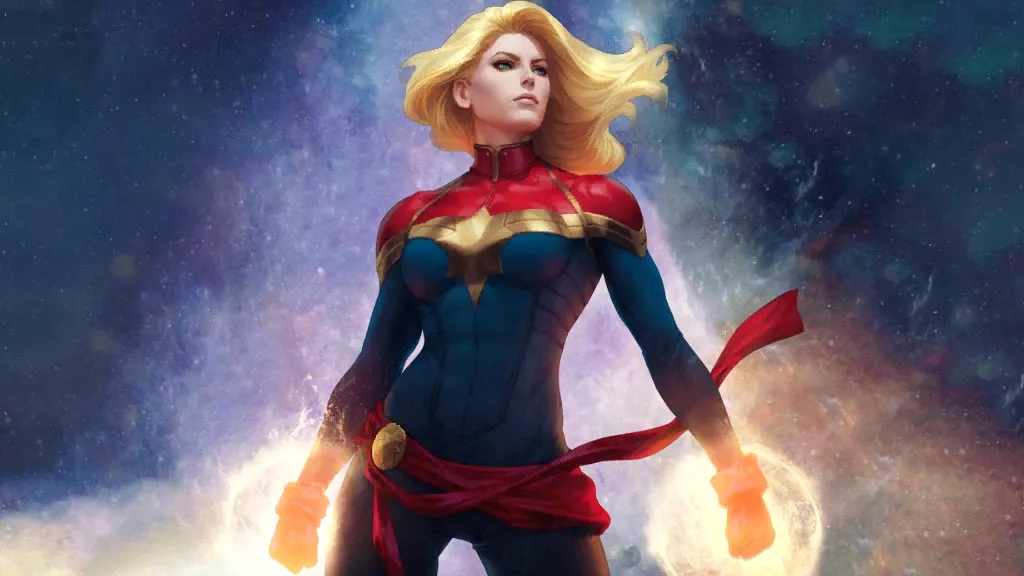
⭐ Premium
Enjoy our content? You can Support Marvel Snap Zone and your favorite content creators by subscribing to our Premium community! Get the most of your Marvel Snap experience with the following perks for paid membership:
- No ads: Browse the entire website ad-free, both display and video.
- Exclusive Content: Get instant access to all our Premium articles!
- Meta Reports: Exclusive daily meta reports, such as the Ultimate Card Metrics Report, Top 10 Decks of the Day, Top 30 Cards, and Top Card Pairs tailored for you!
- Team Coaching: Join our free weekly team coaching call sessions on the Discord server. Claim your Premium role and gain access to exclusive channels where you can learn and discuss in real time!
- Premium Dashboard: Get full instant access to the member-only dashboard, the all-in-one page for all your benefits.
- Support: All your contributions get directly reinvested into the website to increase your viewing experience! You get also get a Premium badge and border on your profile.
- Special offer: For a limited time, use coupon code SBYREX4RL1 to get 50% off the Annual plan!
























